Little Brown Books Workshop

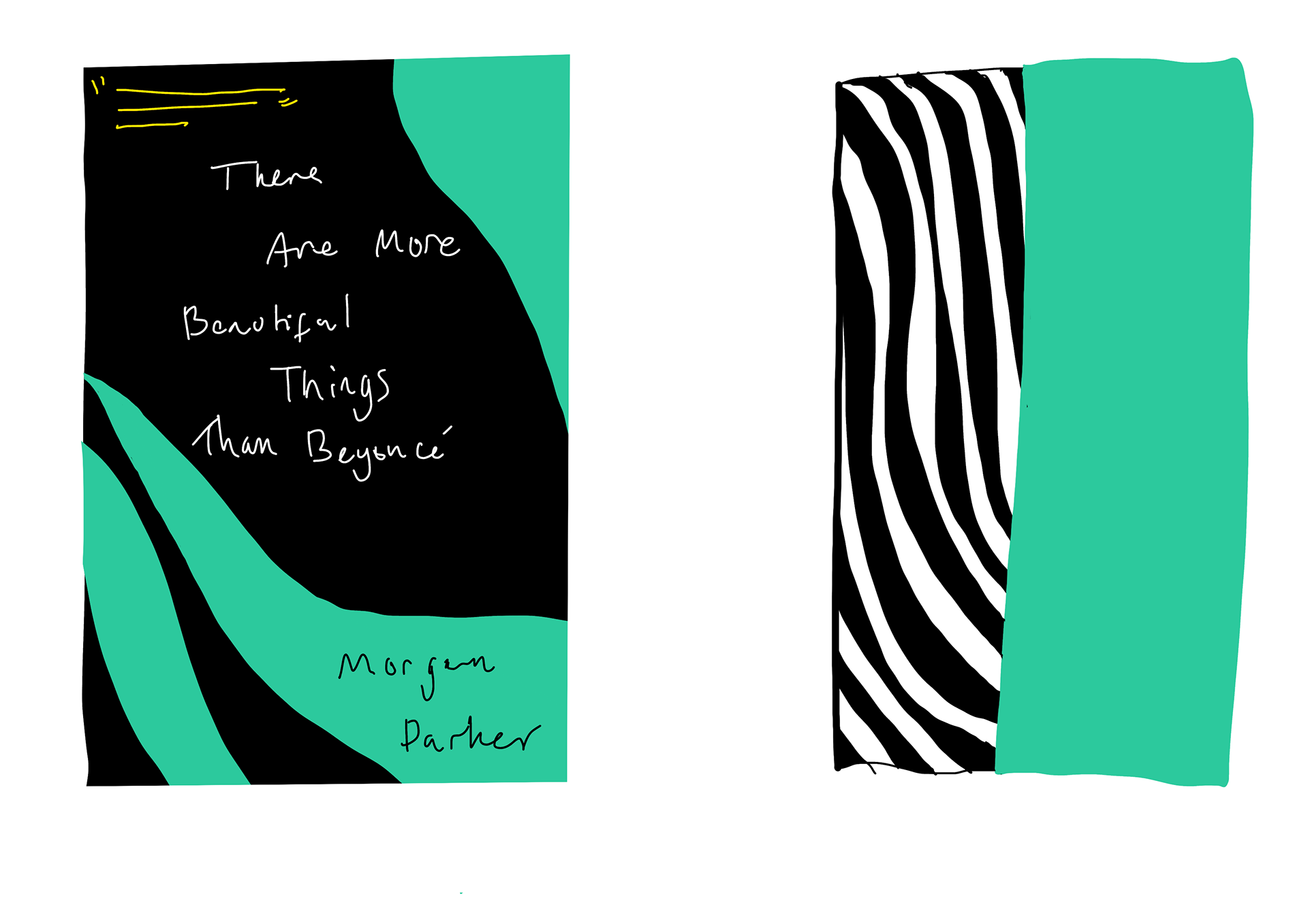
The day workshop with little brown books was a fun time limited workshop, I enjoy have to churn out work without putting much thought into it. Whilst I can get a bit stuck in how to start it quite nice not having to pre plan any creative work as whilst I feel I can be thorough with research I can find it stops me from being creative.
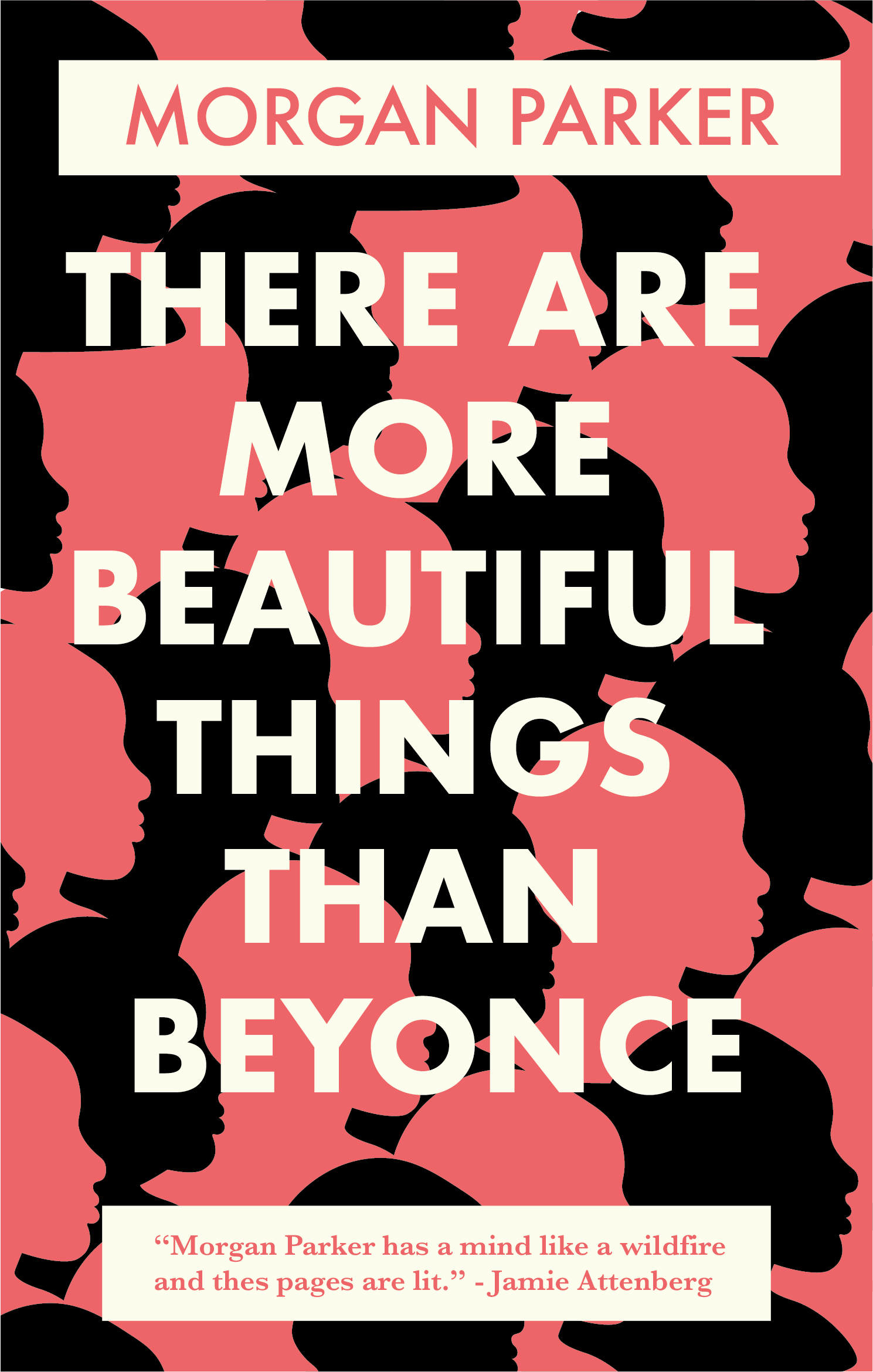
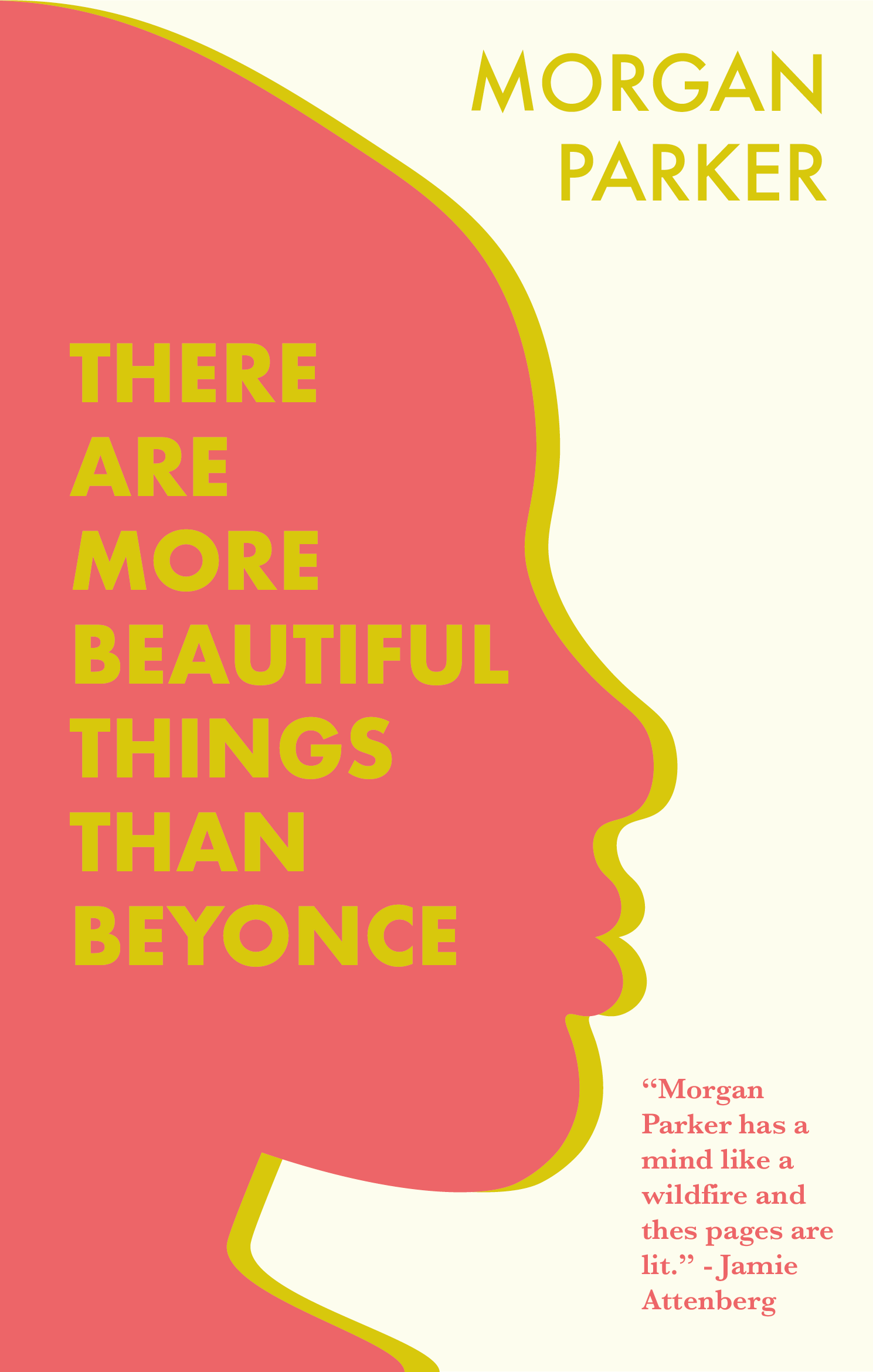
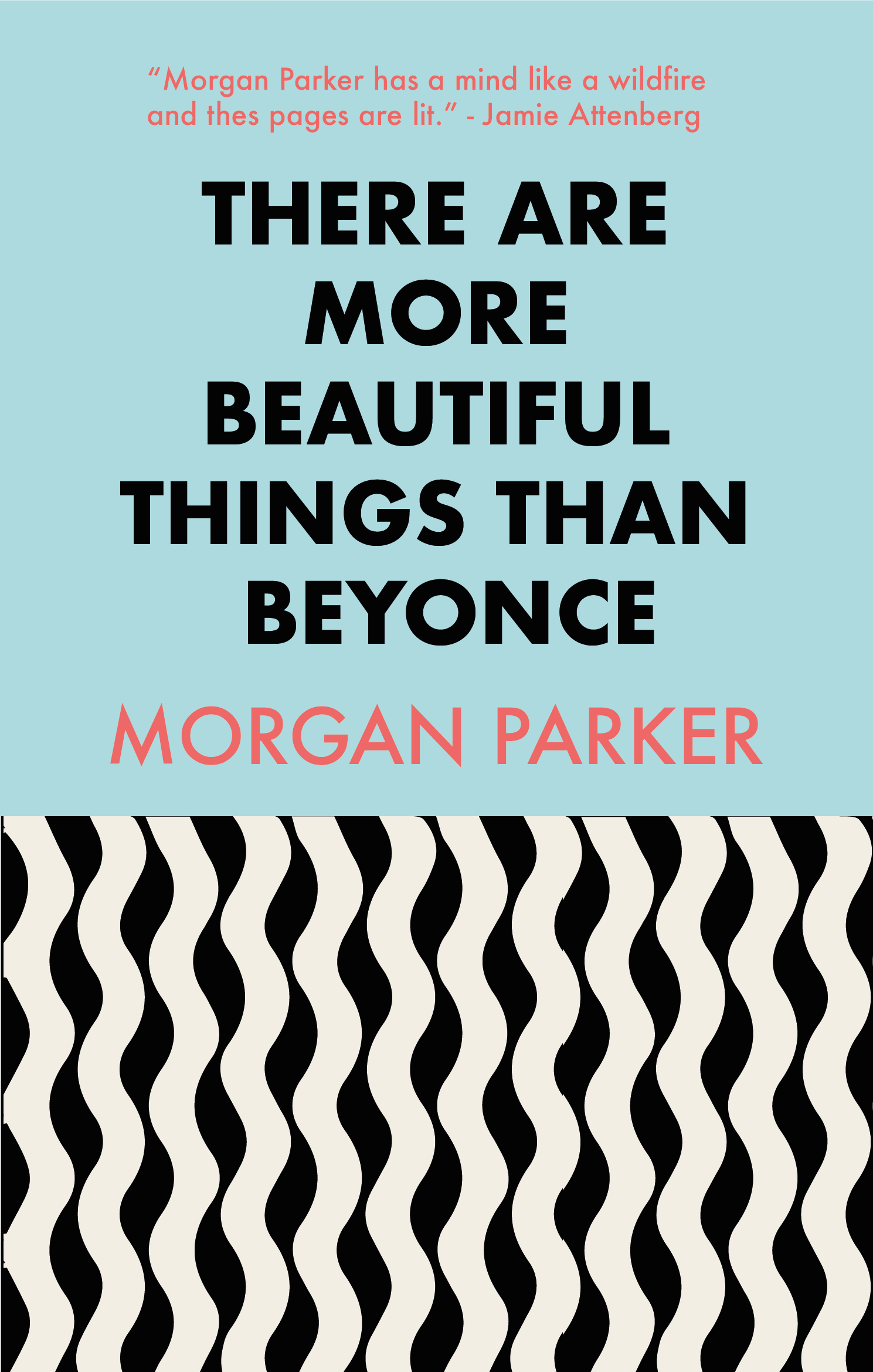
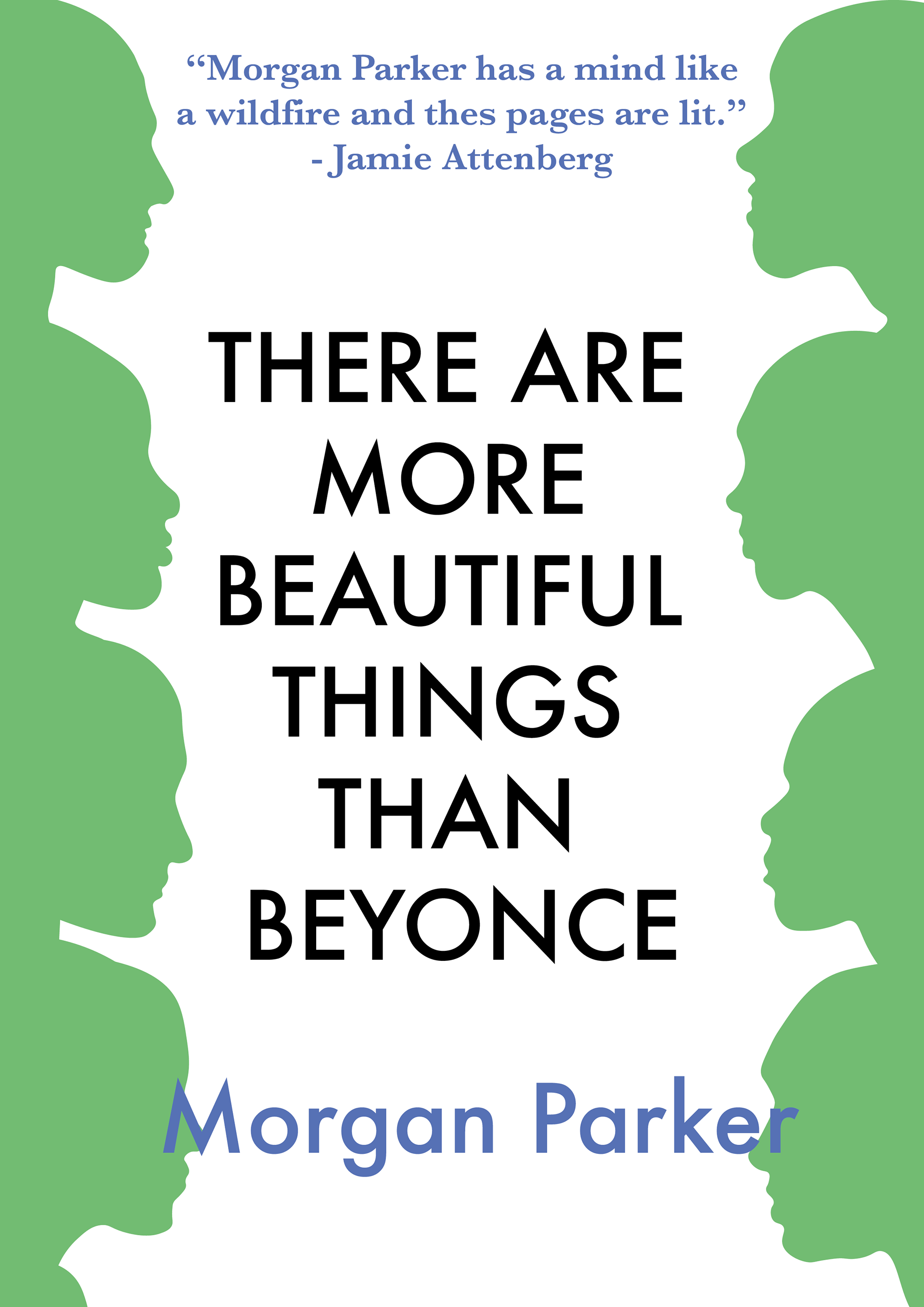
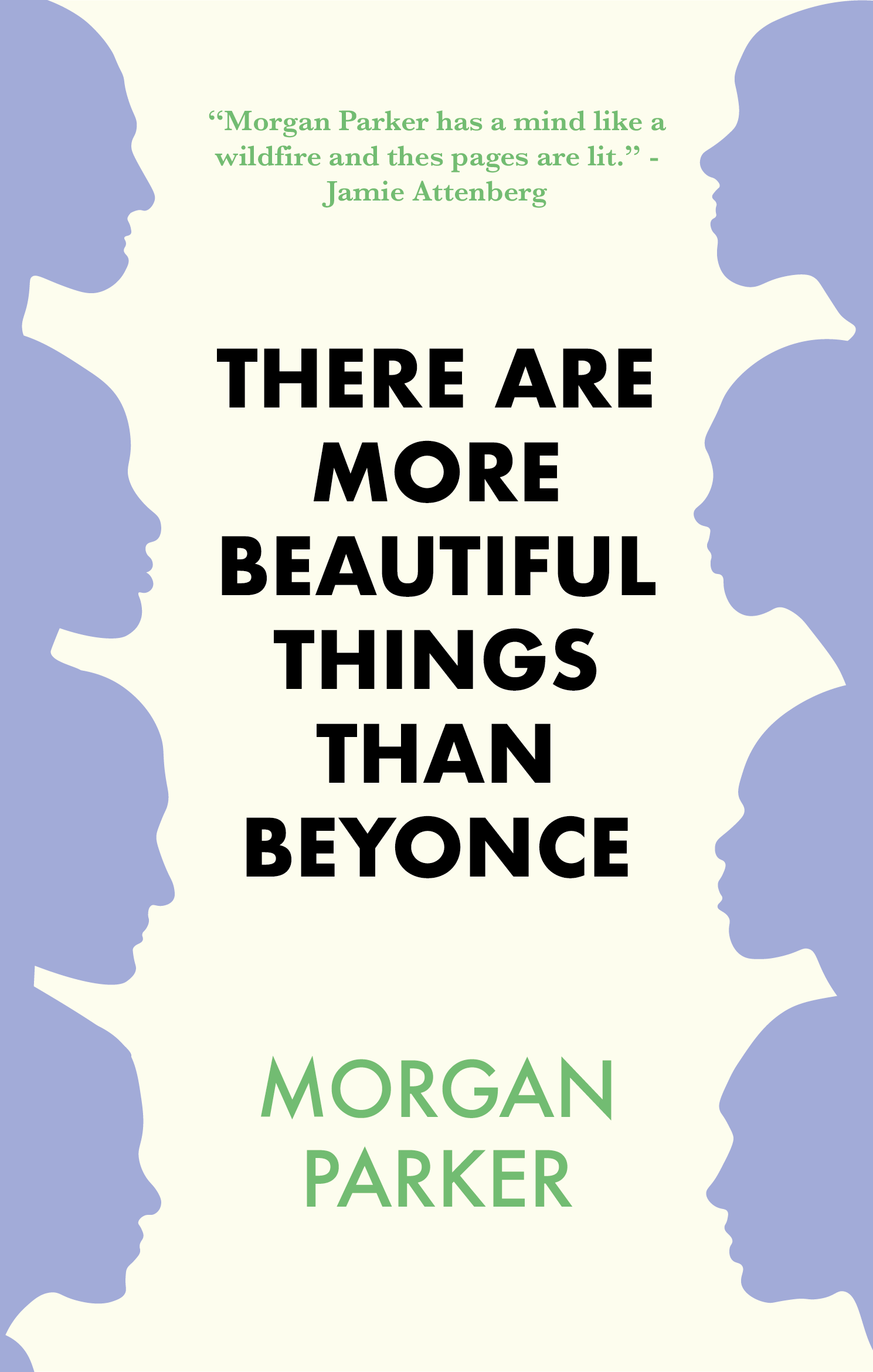

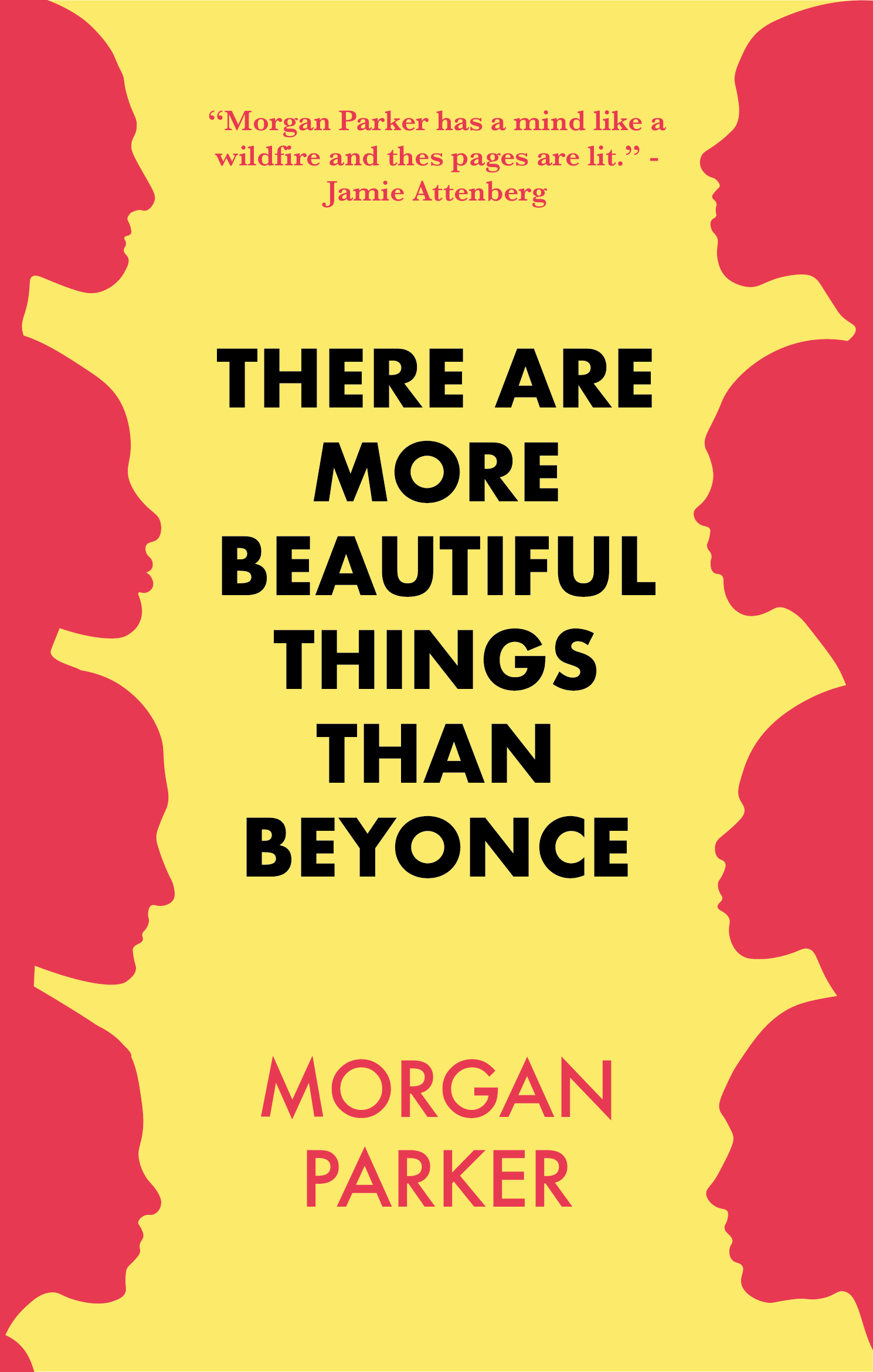
For quite a short period of time I was happy with the outcomes (some more than others). Whilst I don't know the context of the book I feel they must have fitted well since some of the people from little brown said mine were some of better commercial ones.
My favourite in the bottom middle with the repeat pattern of faces in teal and black - I have have liked it better if each face was different to show the many beautiful silhouettes.
I wanted the faces to represent that diversity in the hinted title where in fact there are many "things" but also people that are more beautiful than beyonce - not in a putting beyonce down kind of way but more it highlighting that everything/one is beautiful.
PLAYING DESIGN - ONE DAY BRIEF

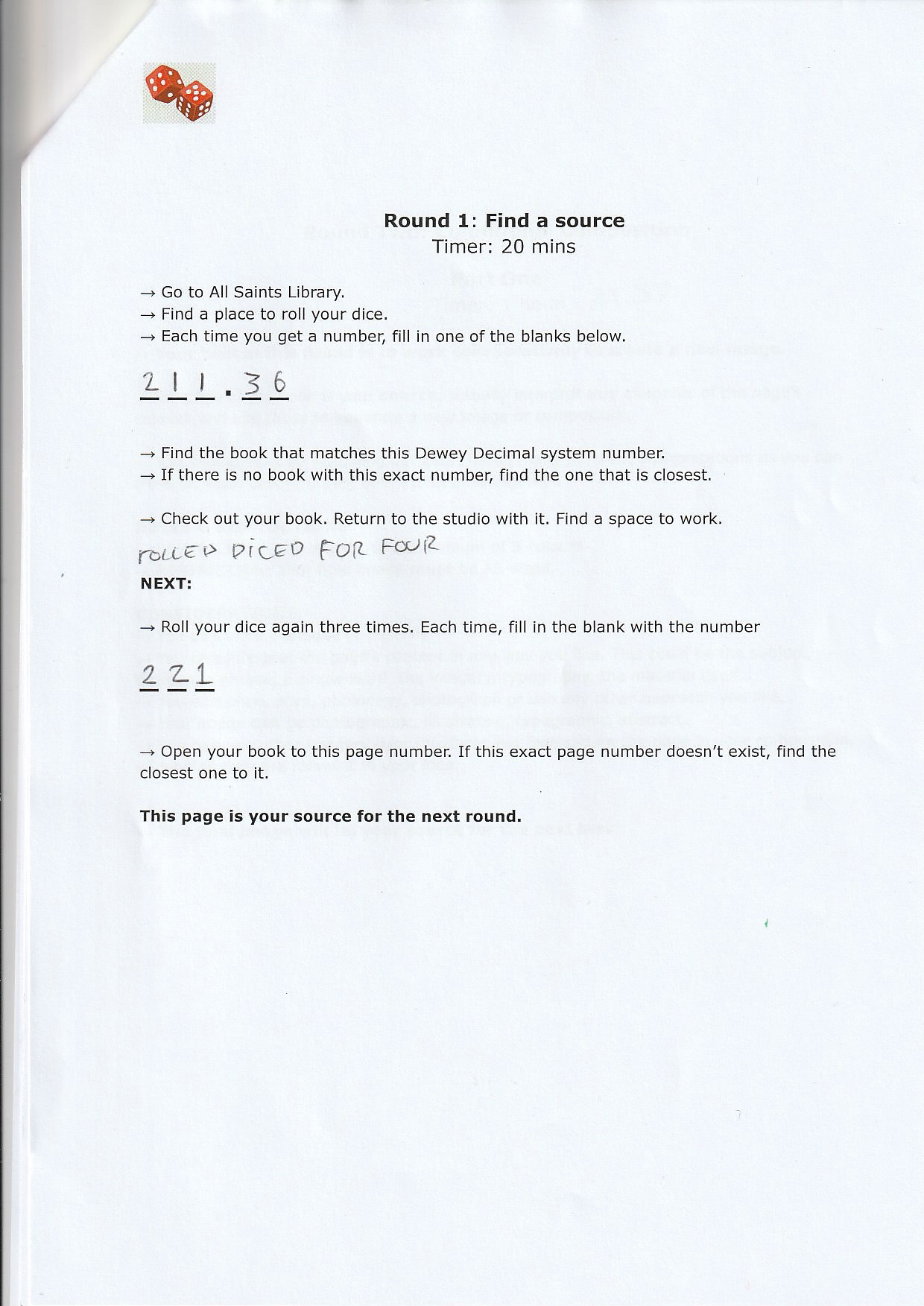
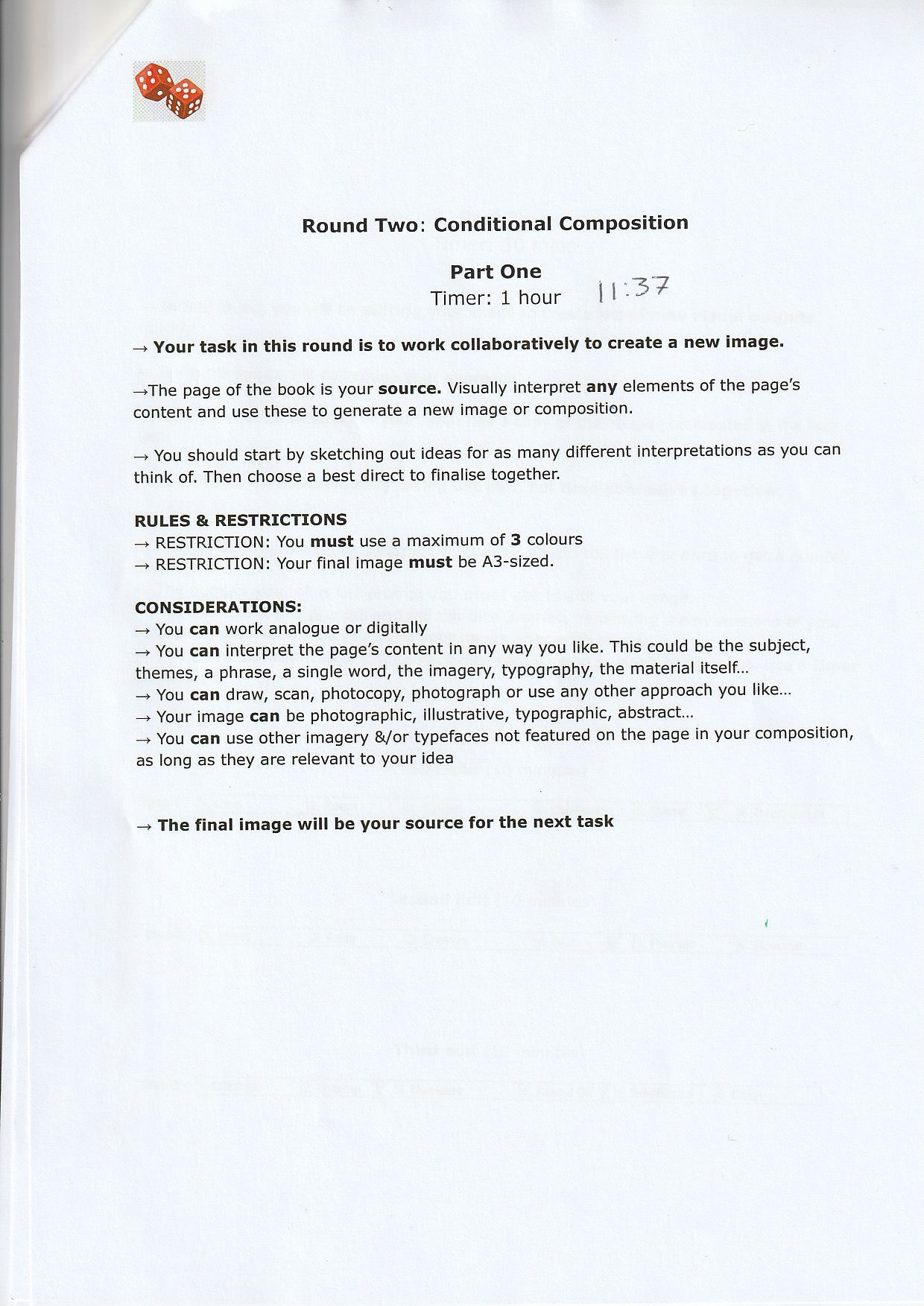
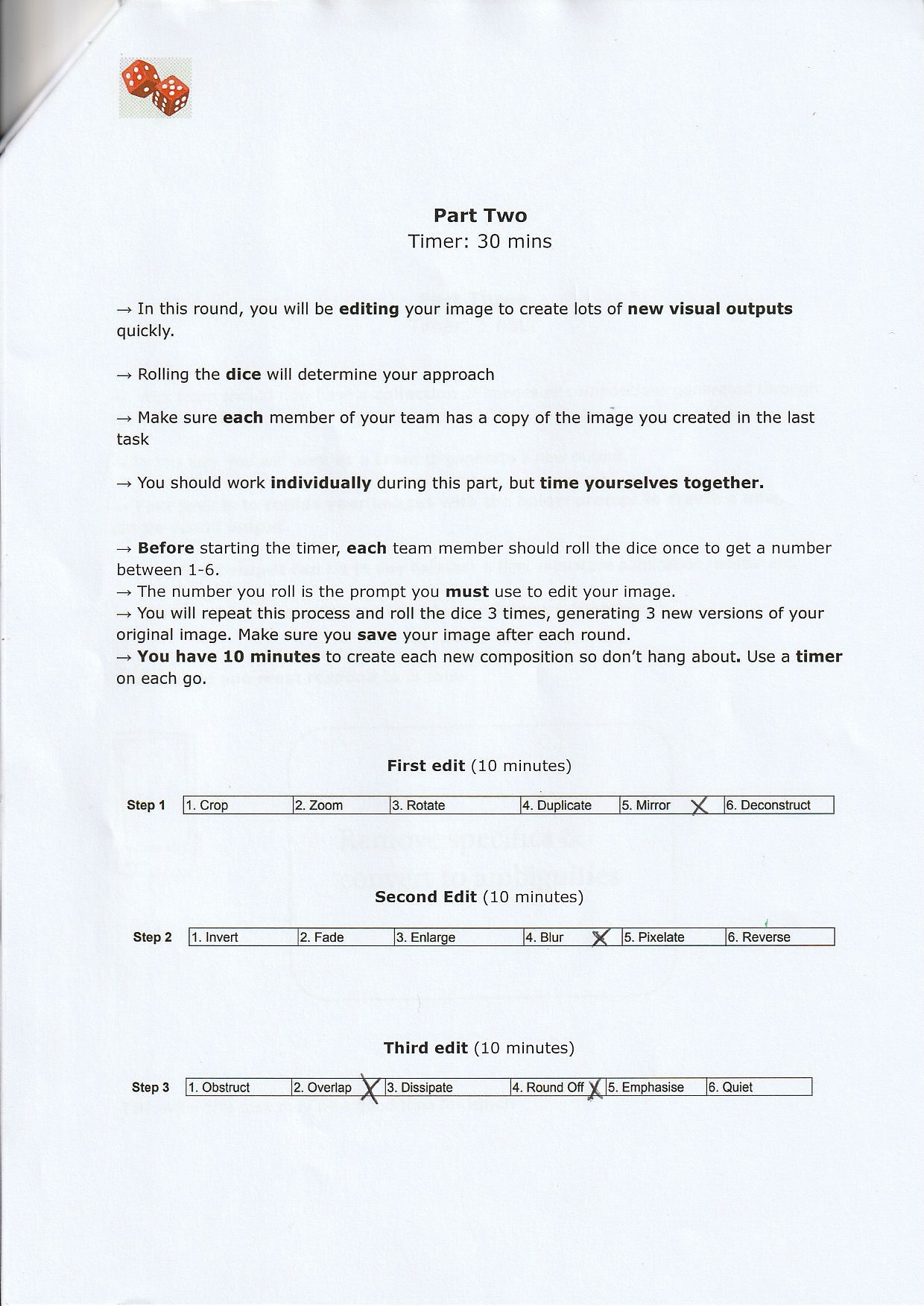
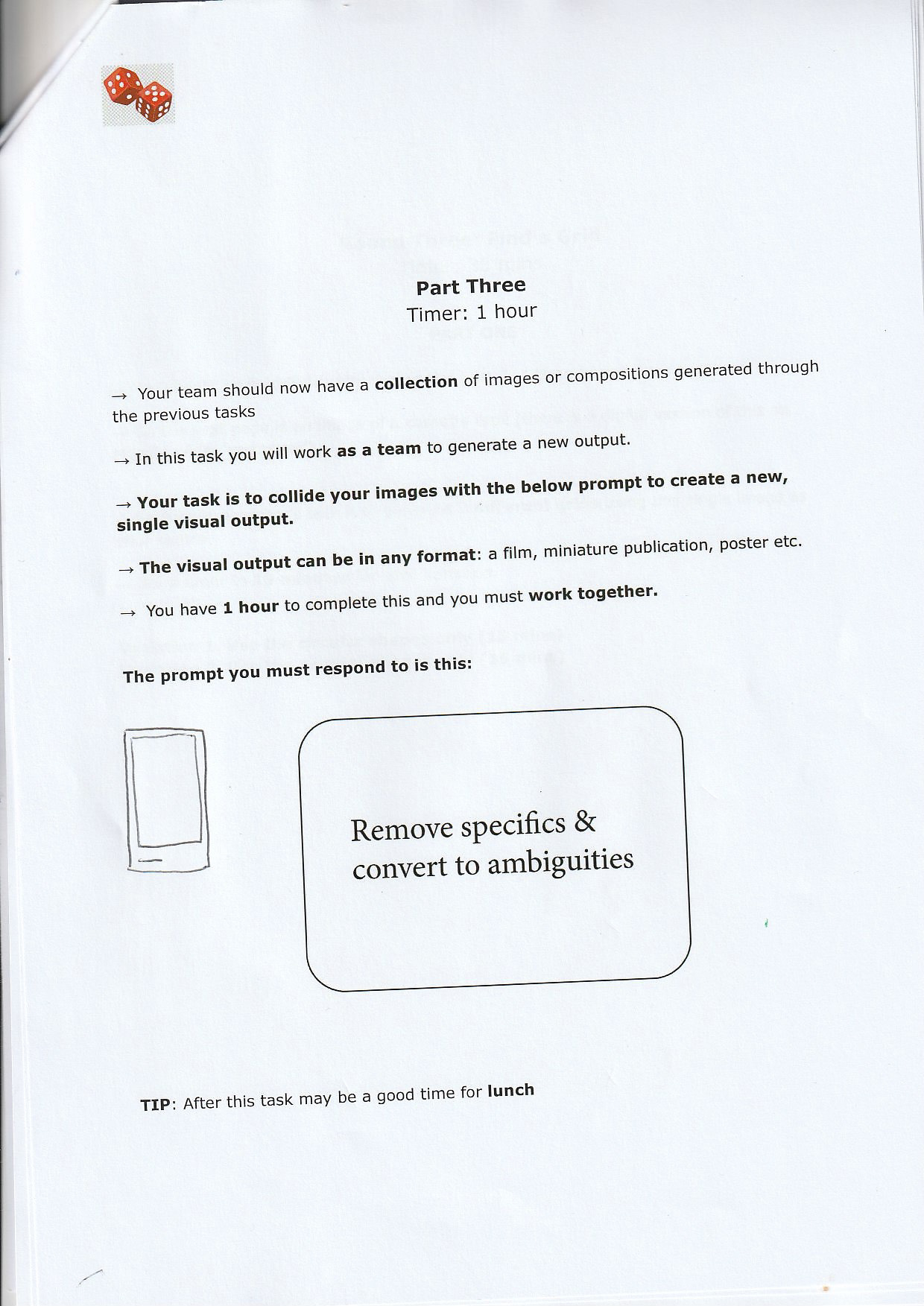
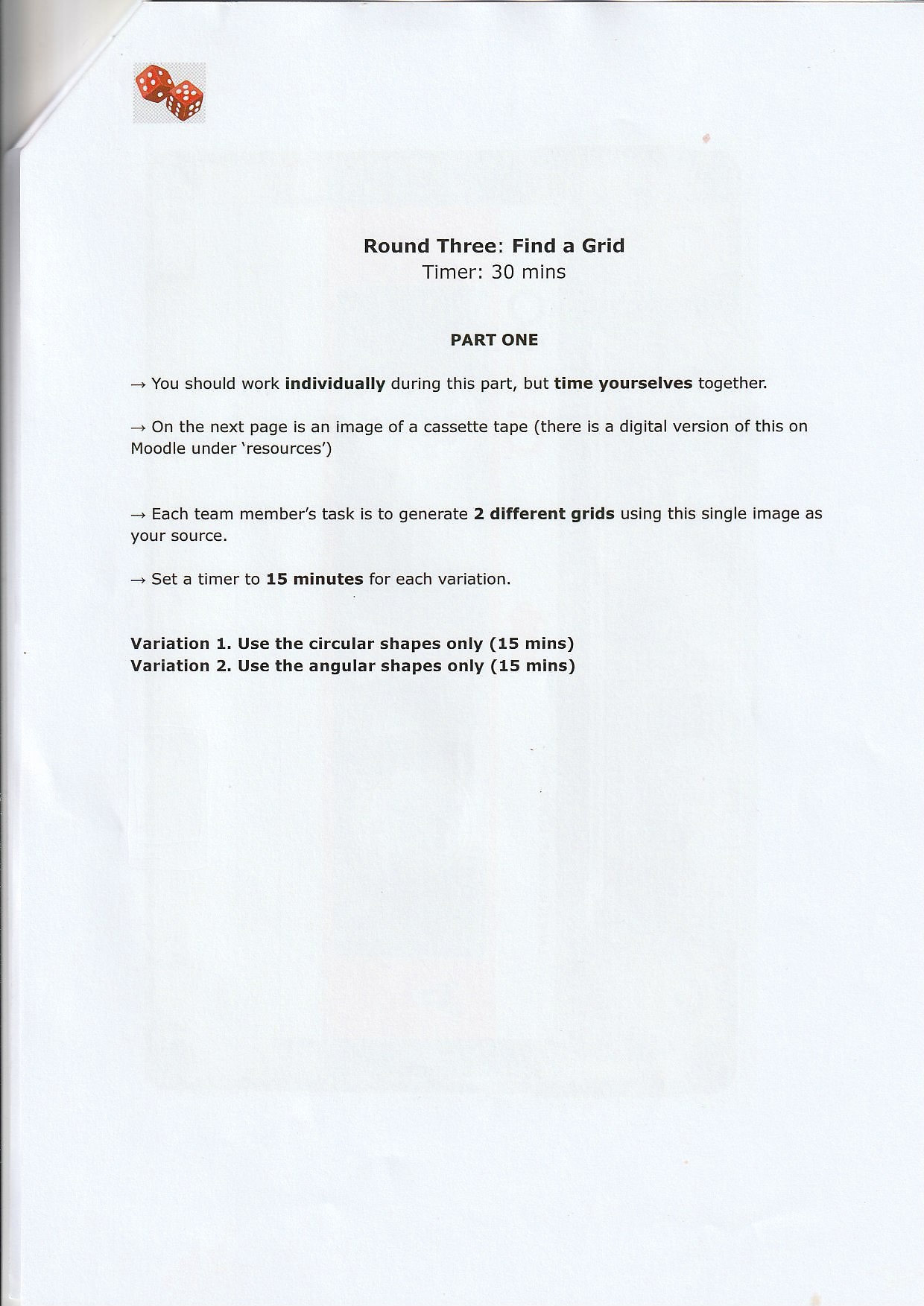

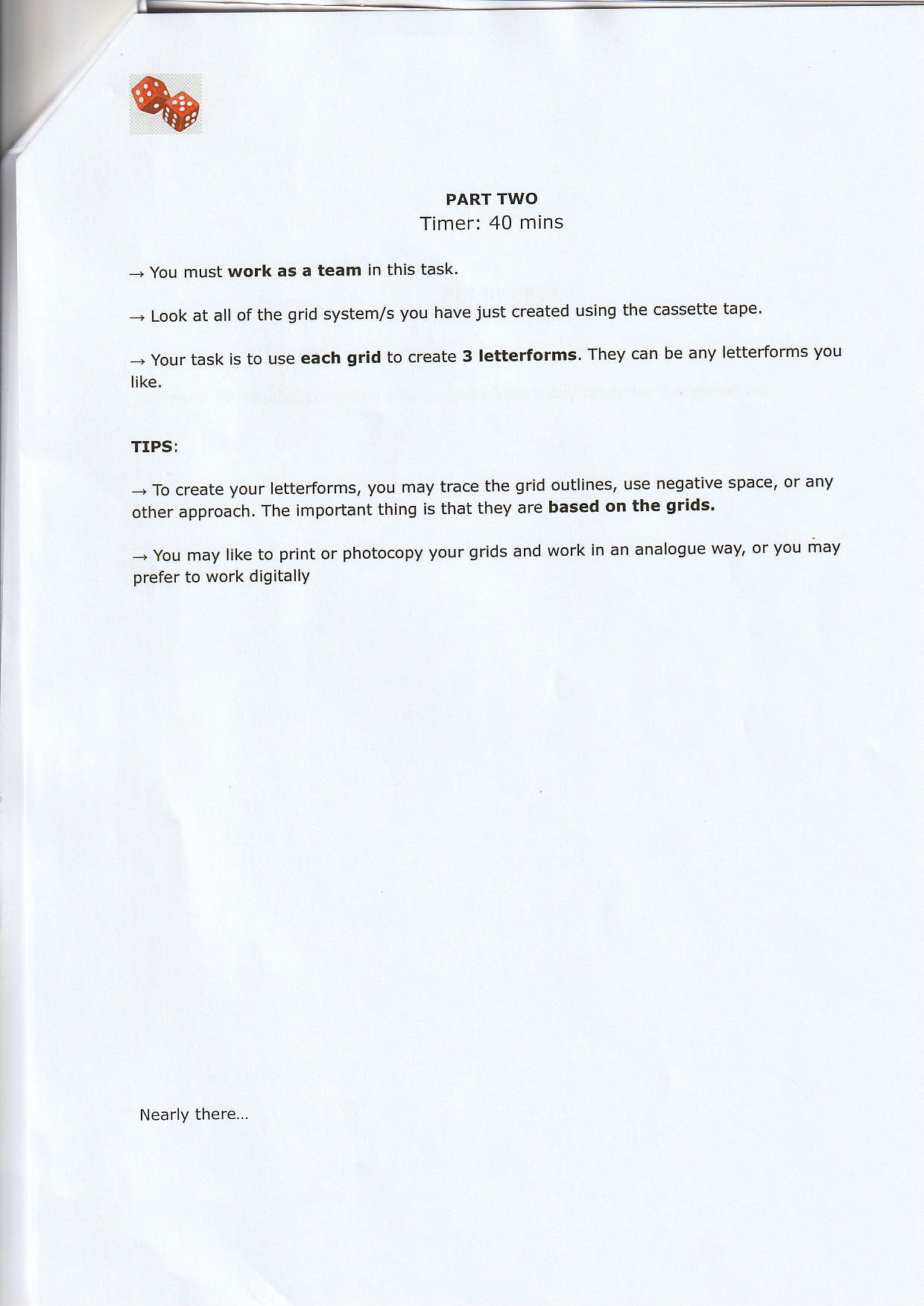
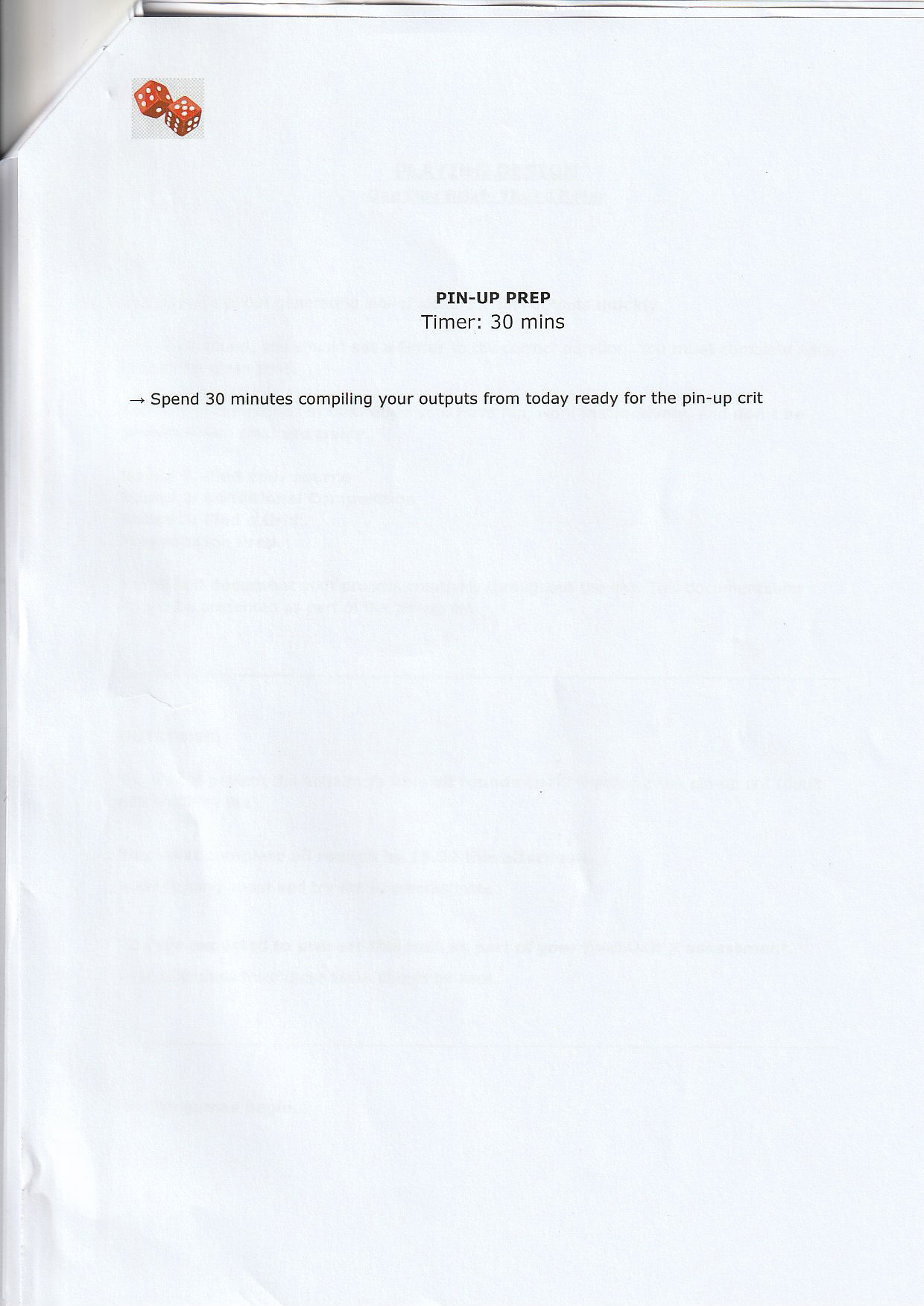
Like the workshop the day task was a fun thing to do to try and get stuck in with the algorithms brief,


Book and page we got from rolling the dice.
initial ideas we thought of our own and then planned to talk about them before making visuals. We liked the eternity aspect and maybe looking at philosopher boethius.
These are some quick sketches I did, I thought of the saying 'how long is a piece of string' and how it can be endless which made me think of eternity. Then I thought a connected spiral is endless in some ways since there isn't a start or stop.
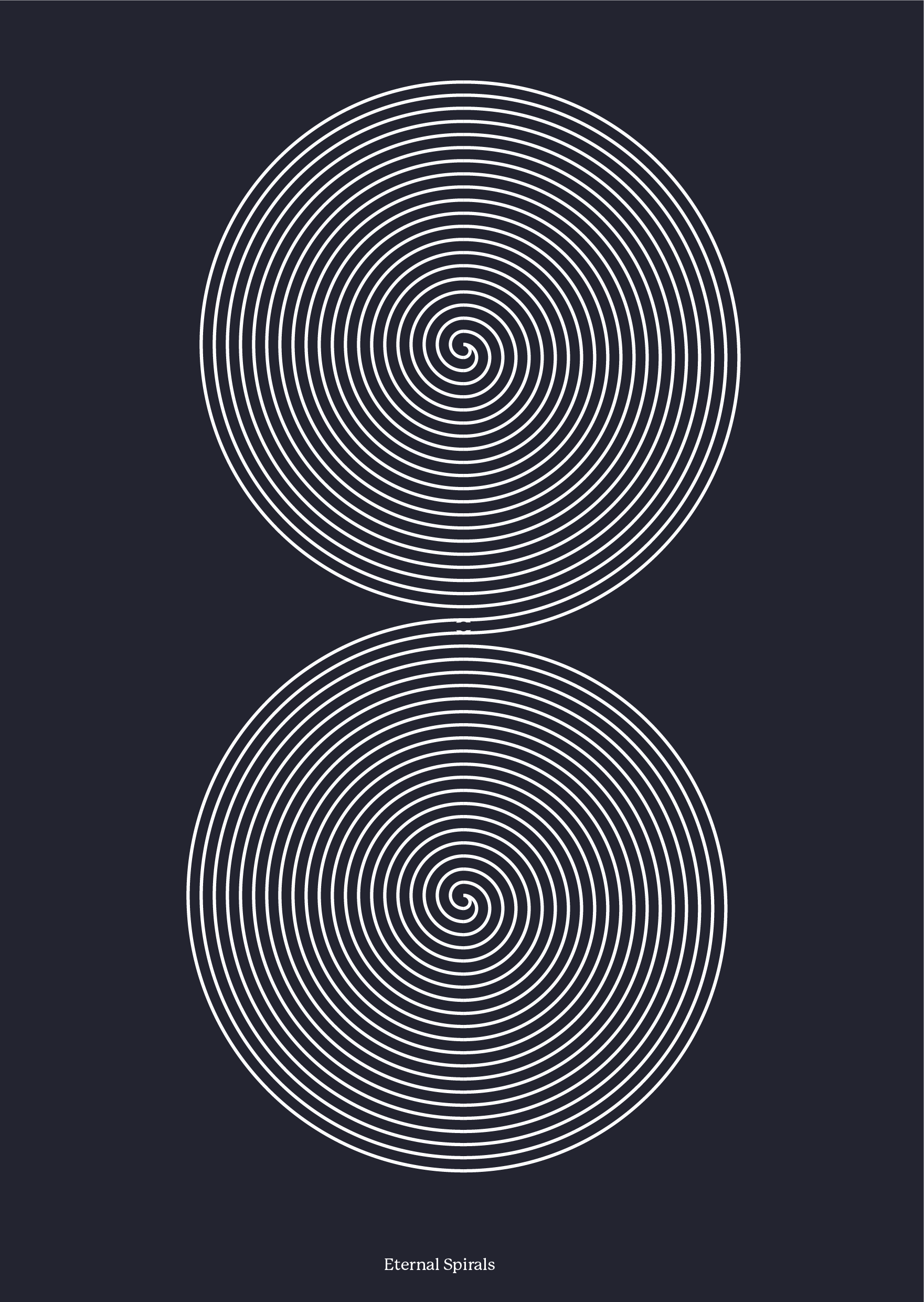
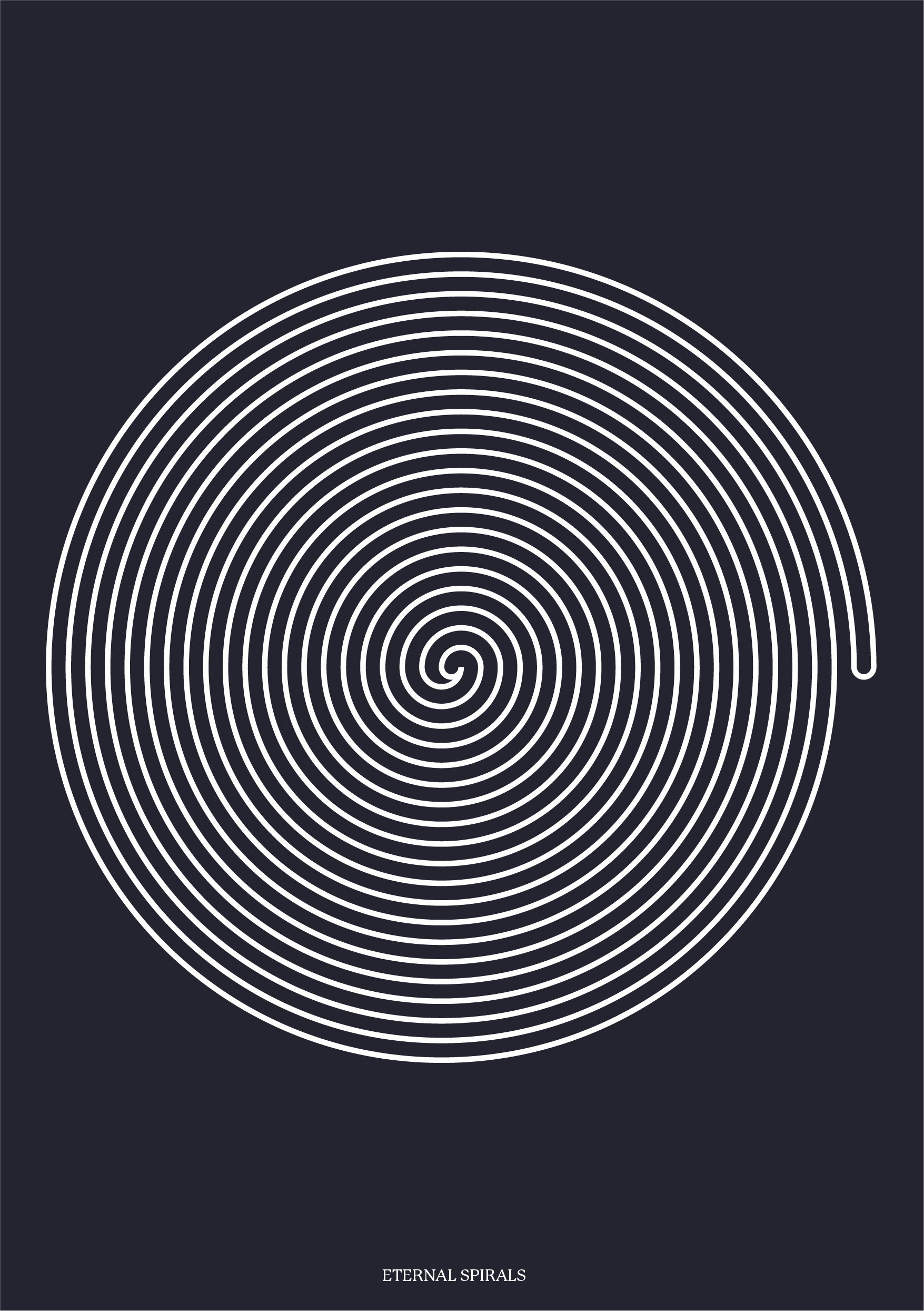
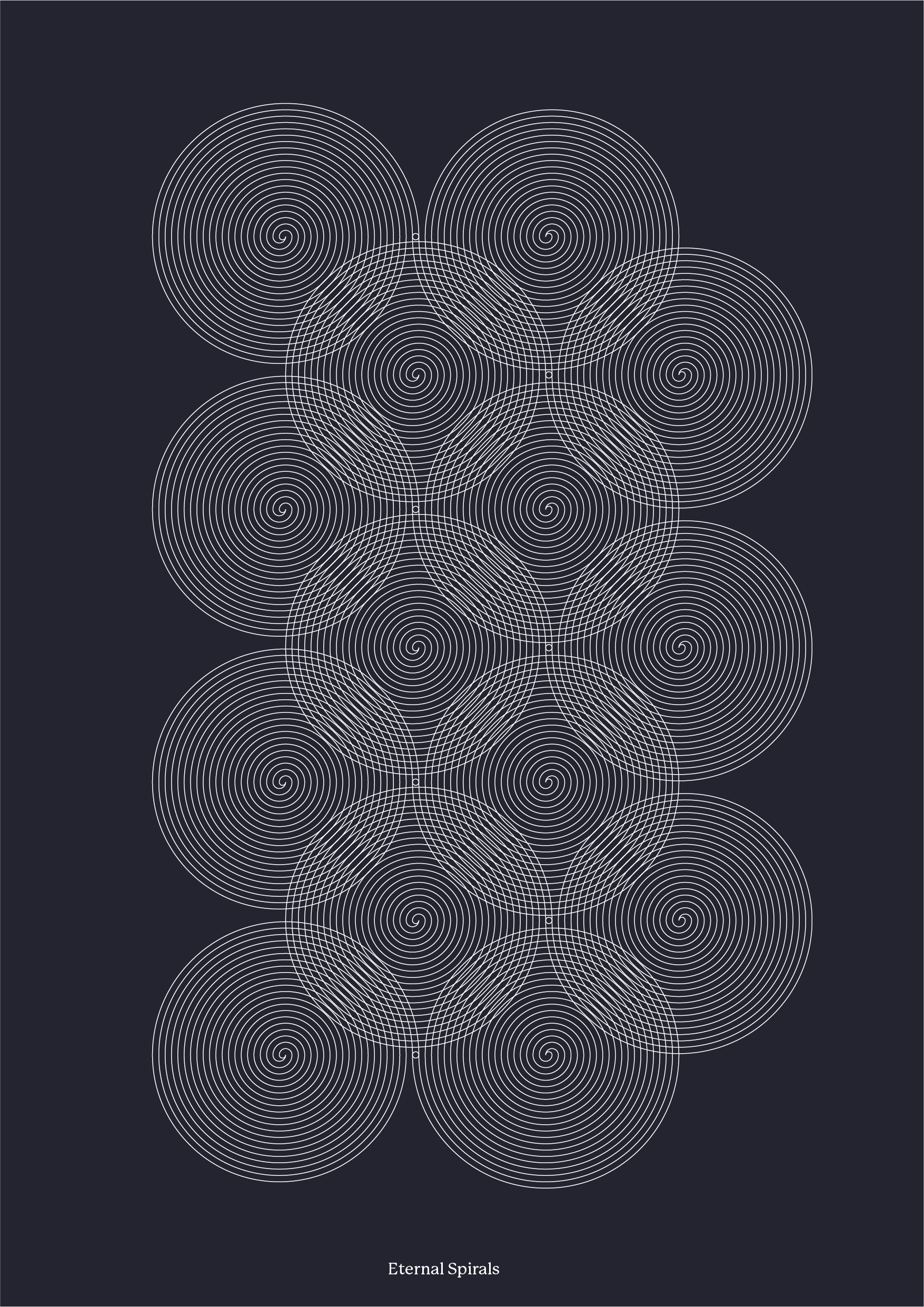
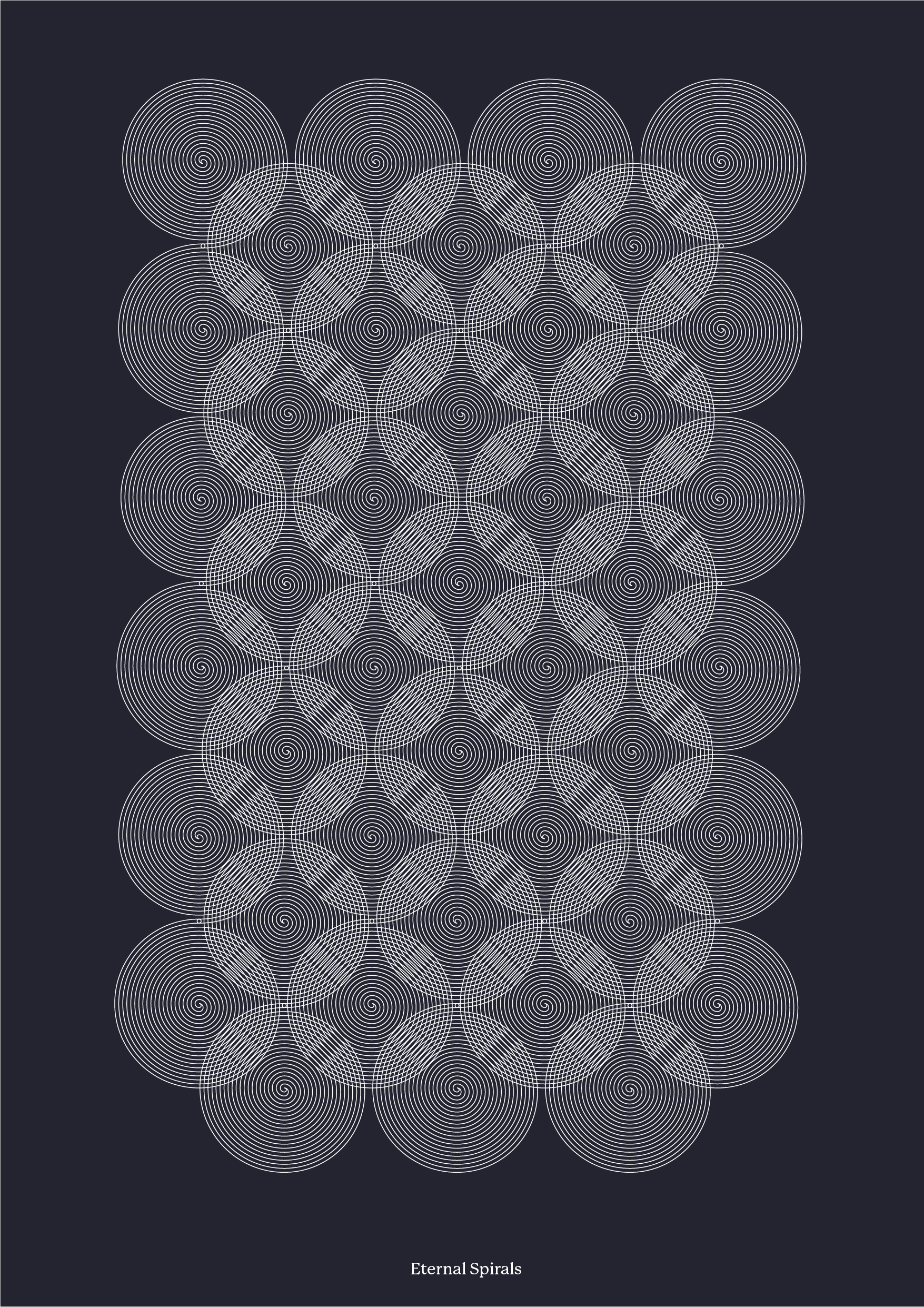

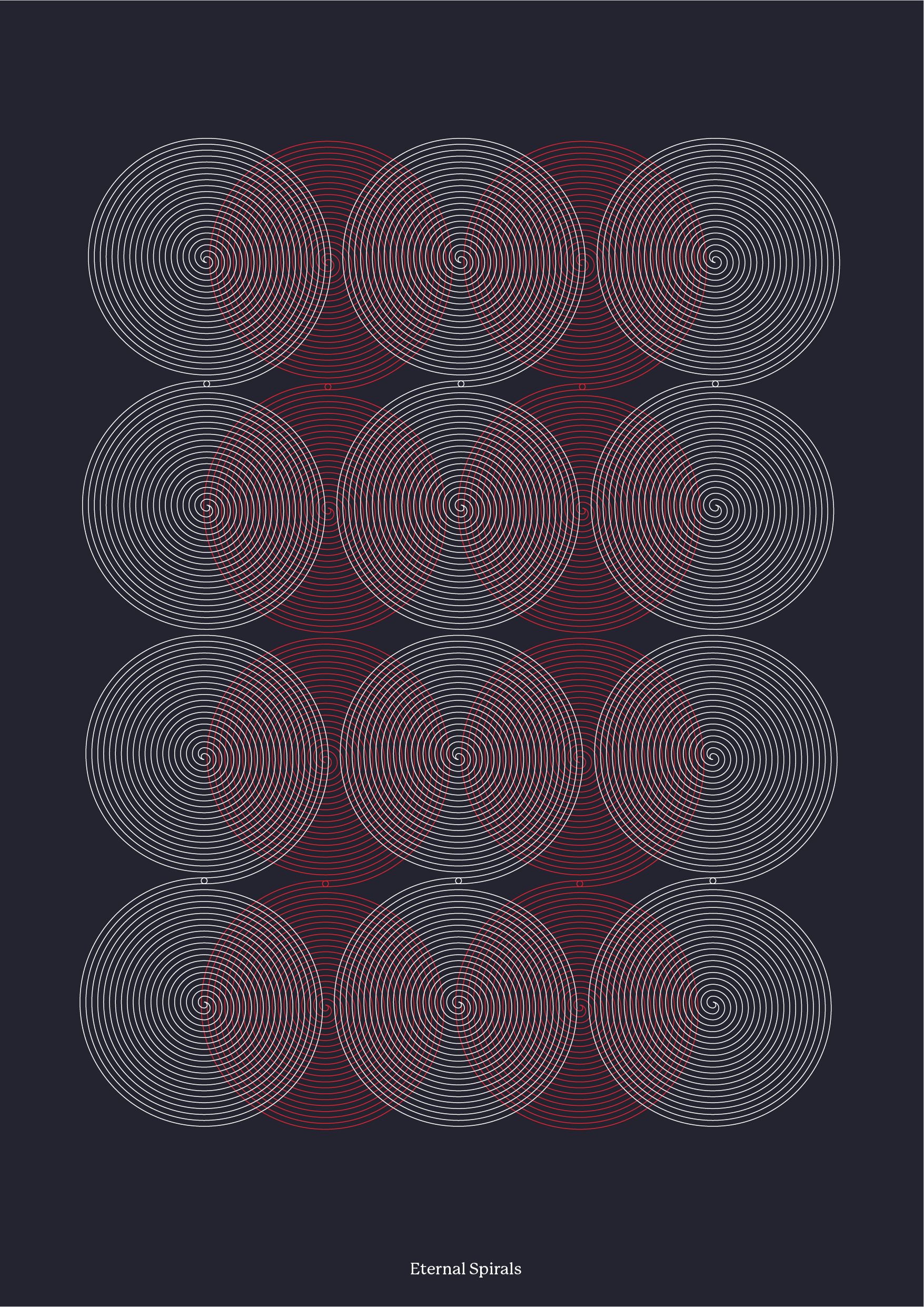
These are the poster designs I did, depicting an endless circle.
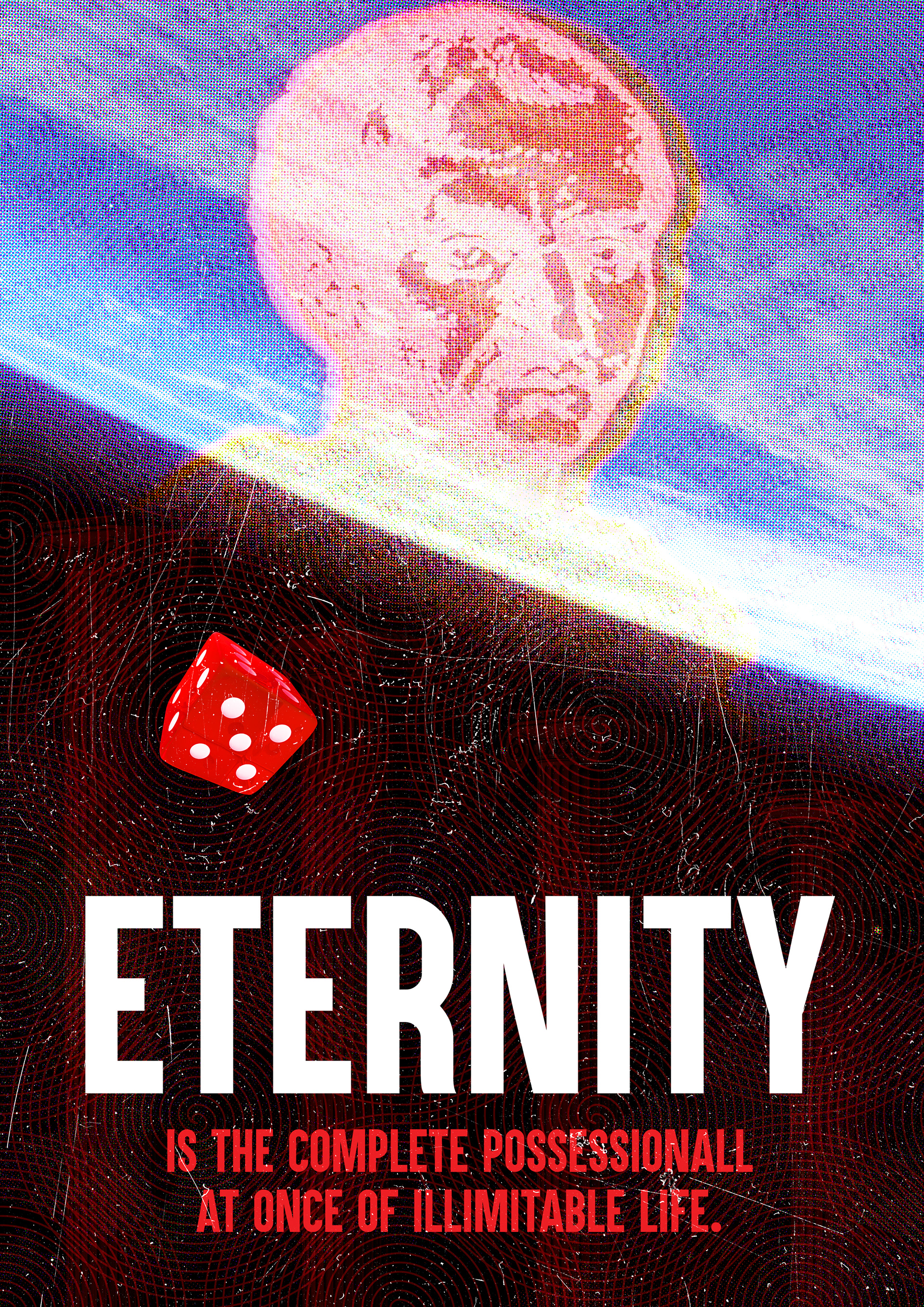
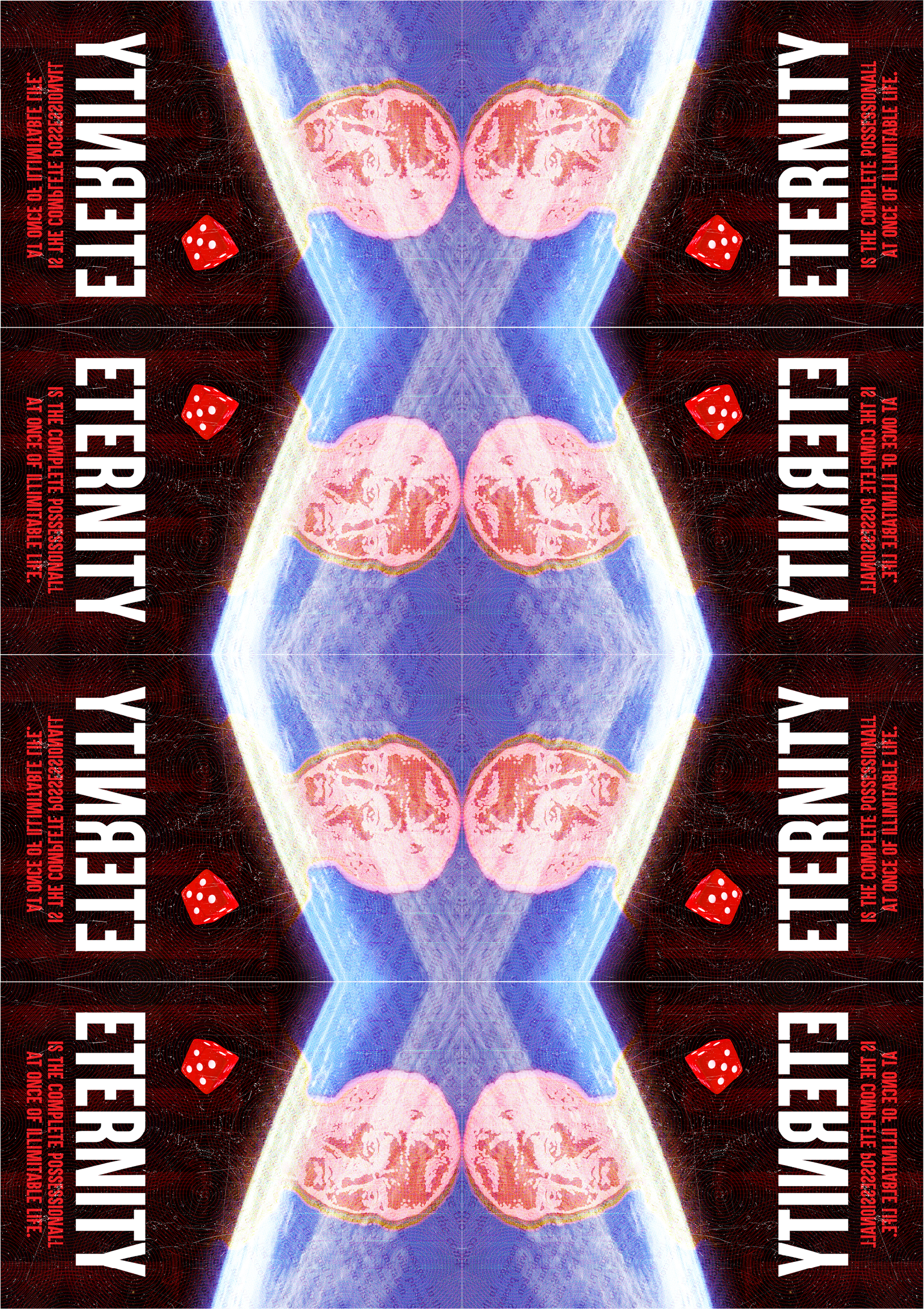


We then combined our posters, my spirals were used in the background.
Then we had to edit the created image my roll of the dice were mirror, blur and overlap.






We thought a a3 zine would be a good idea as we could combine our work together, the ambitious them fits well since there's not much context to what it about apart from some fun images.
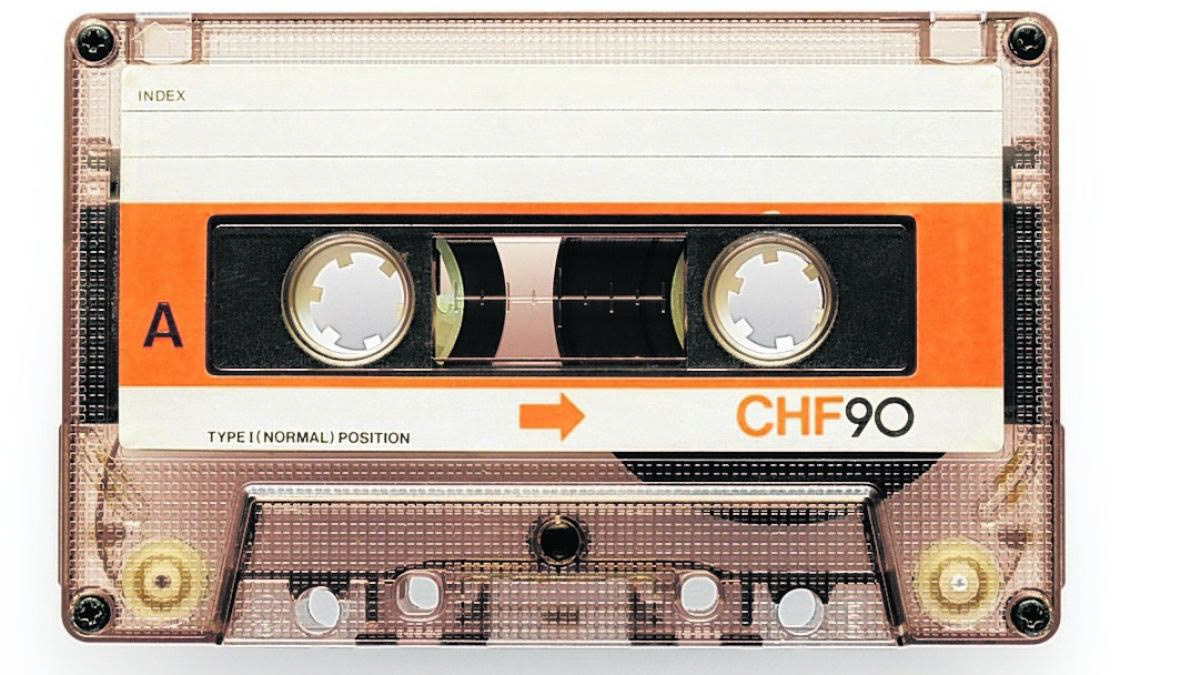
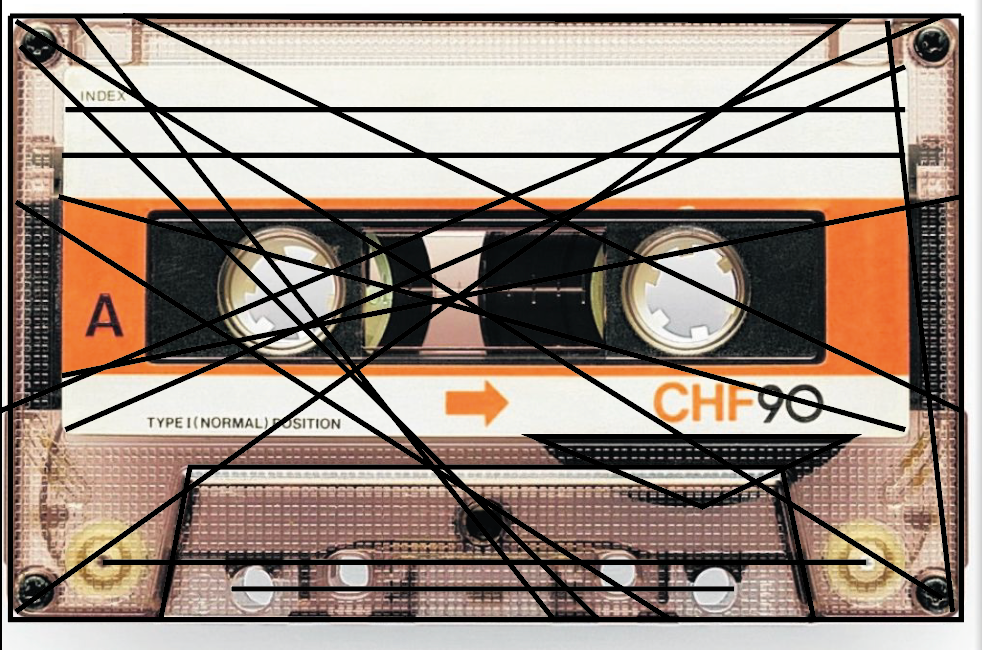
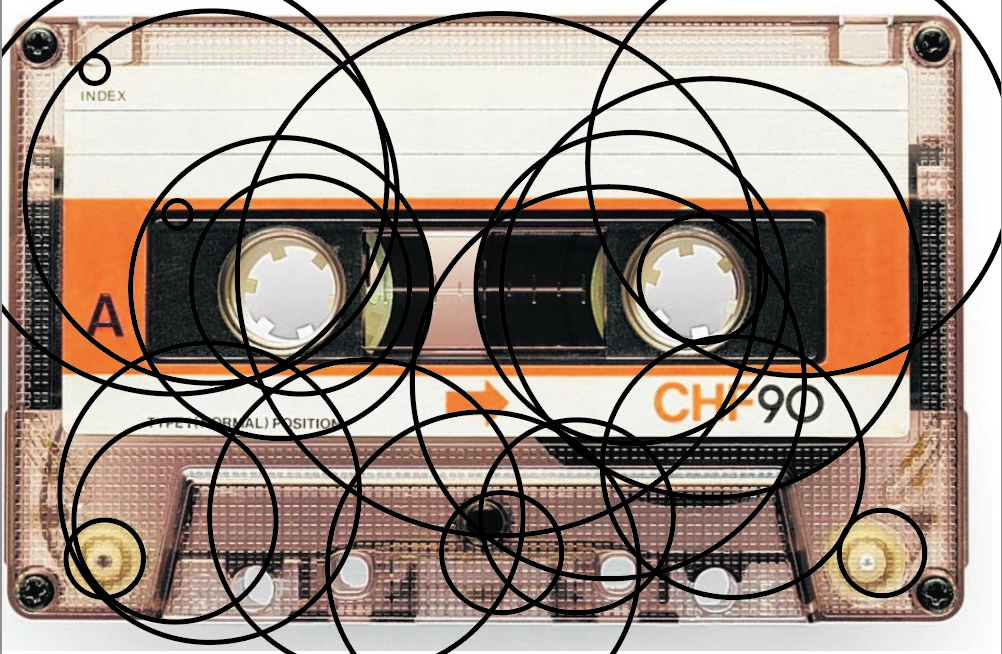
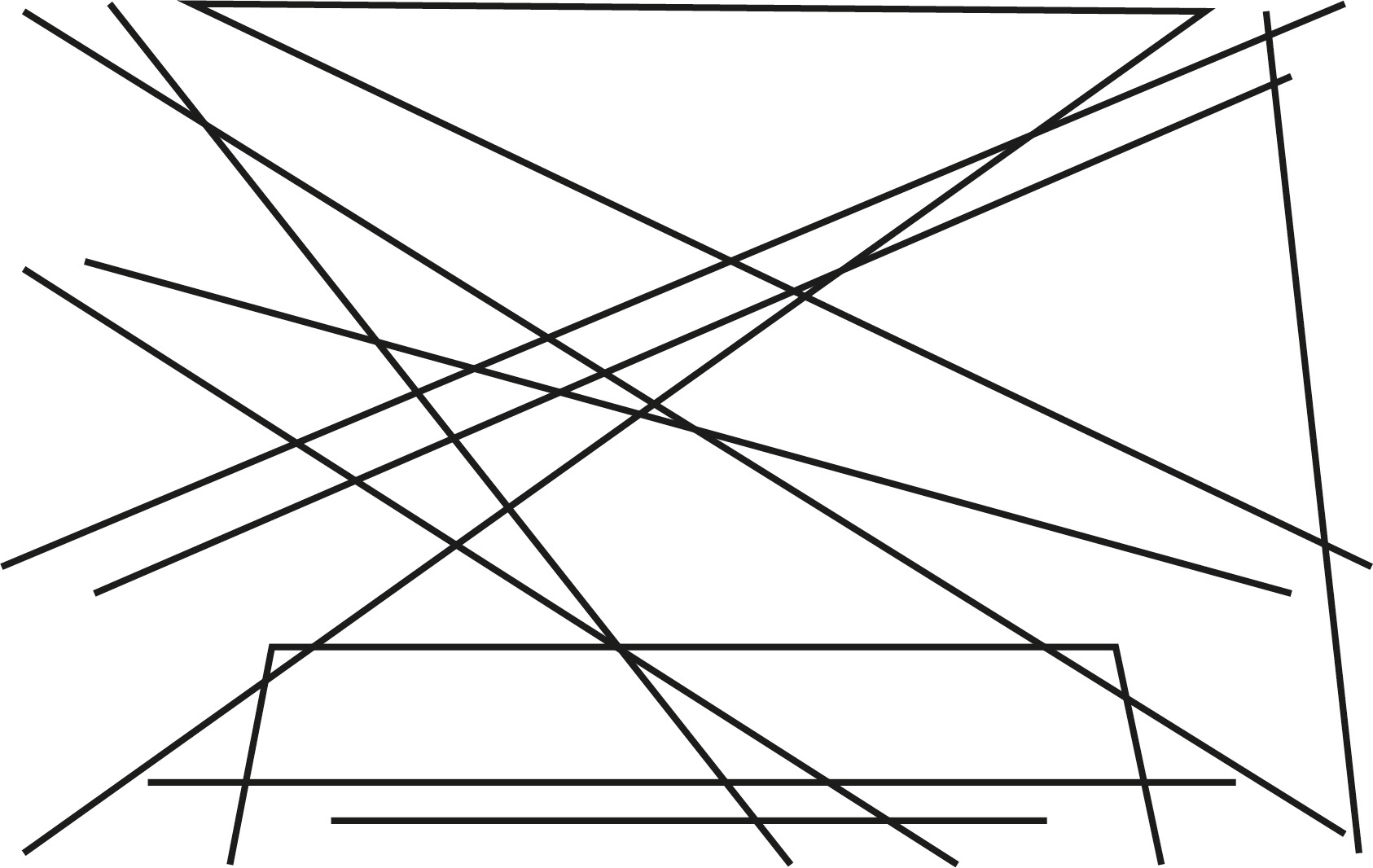
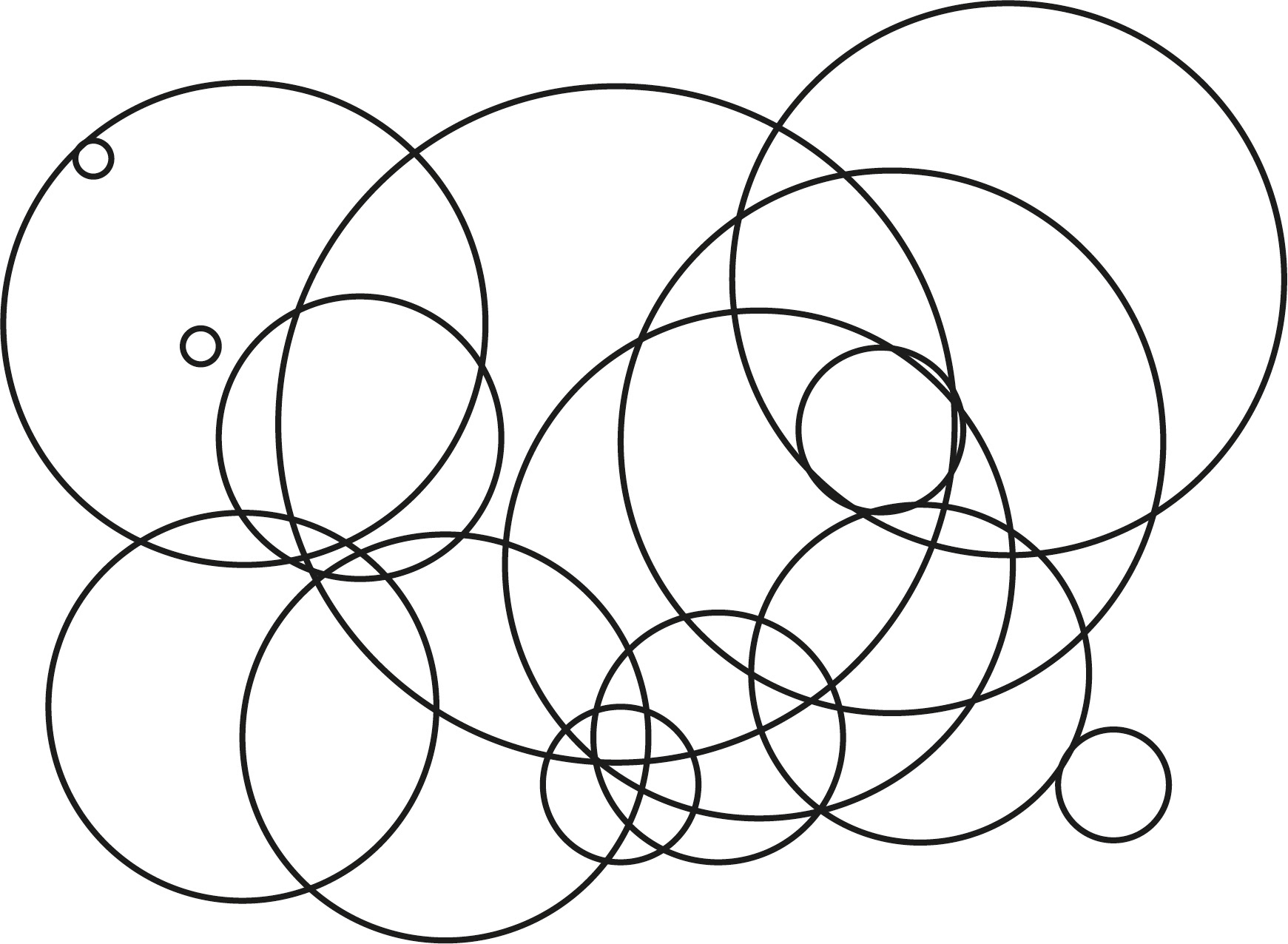
We didn't have much time left, but I managed to do some of the grids.

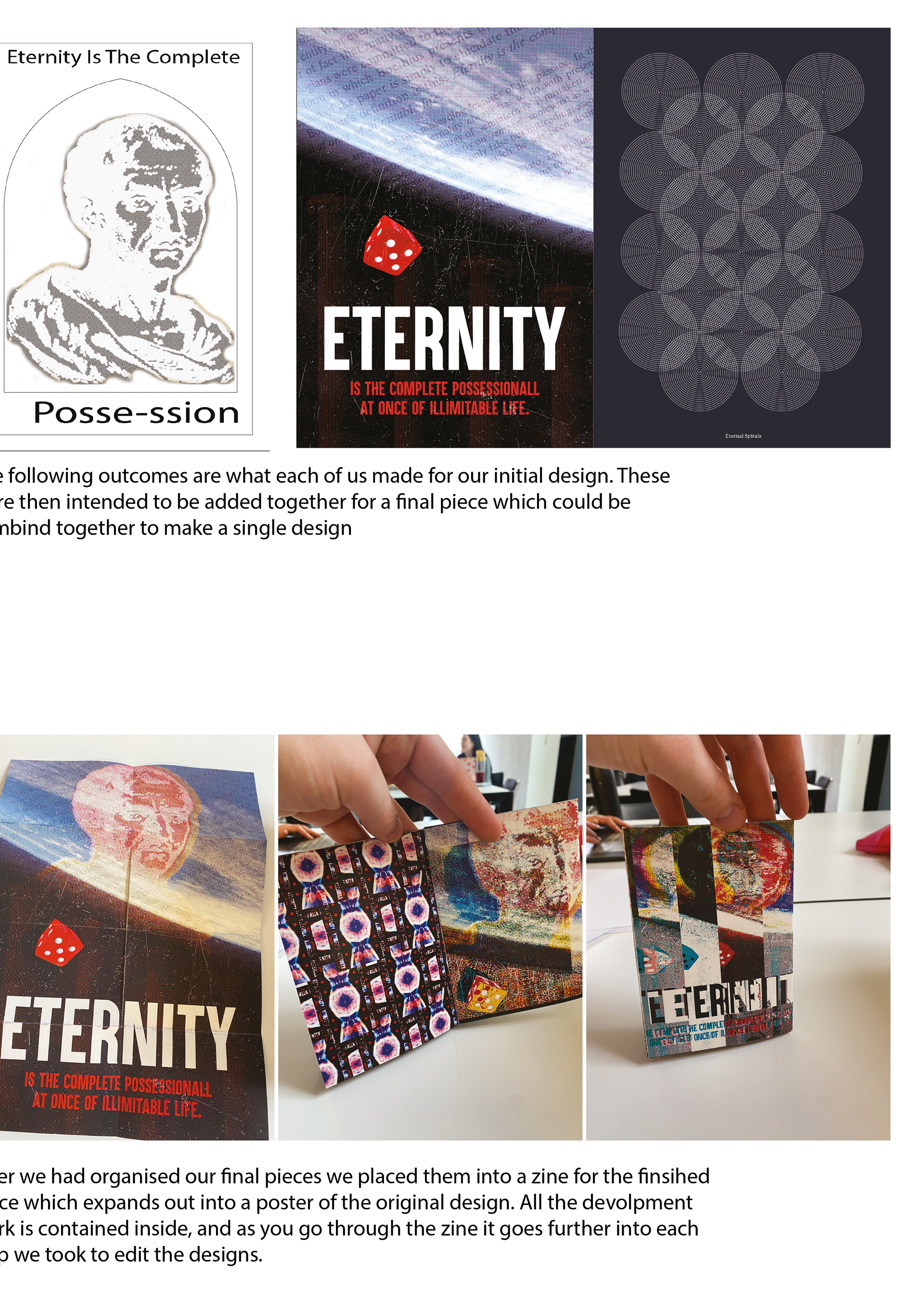
This was the final A3 poster for the pin up crit that Harry put together. We were happy what we created in the work shop and it was fun doing analoge and more hands on work.



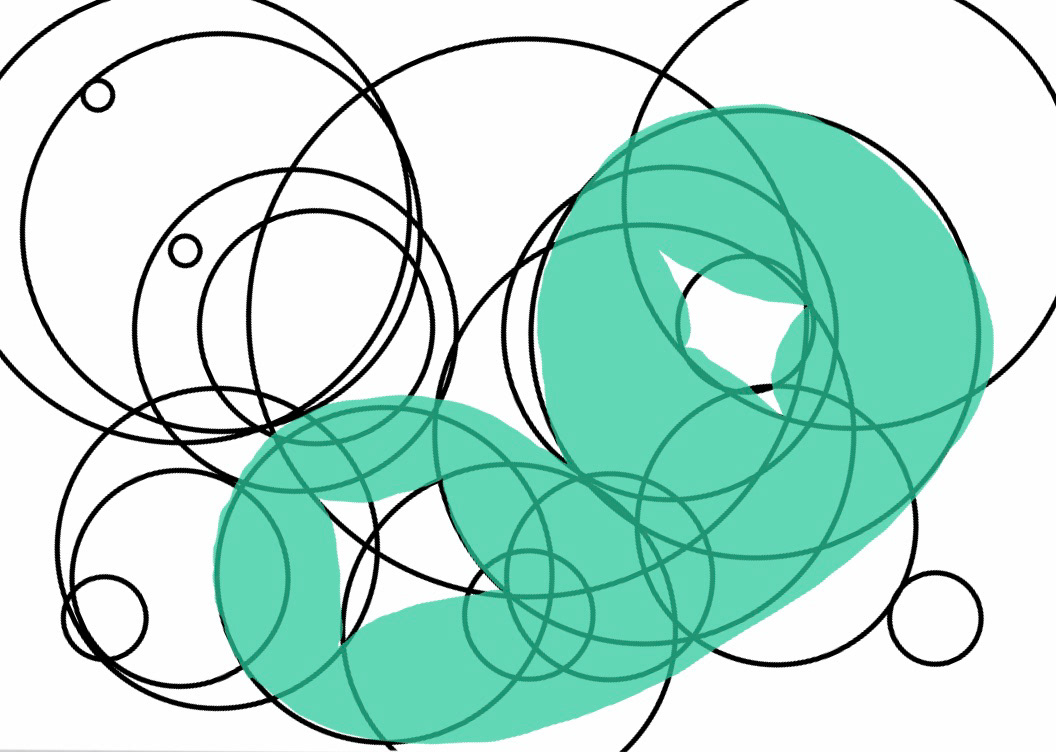
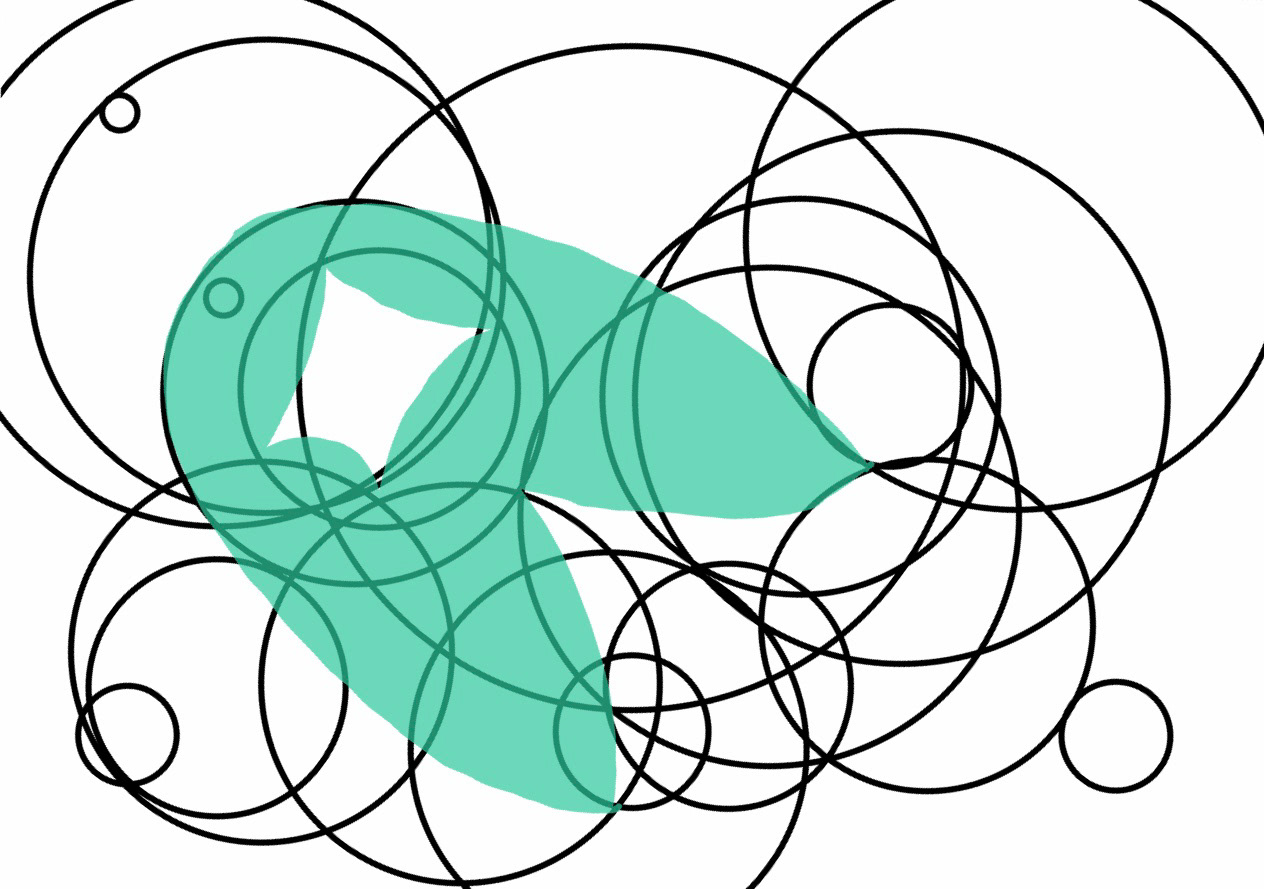
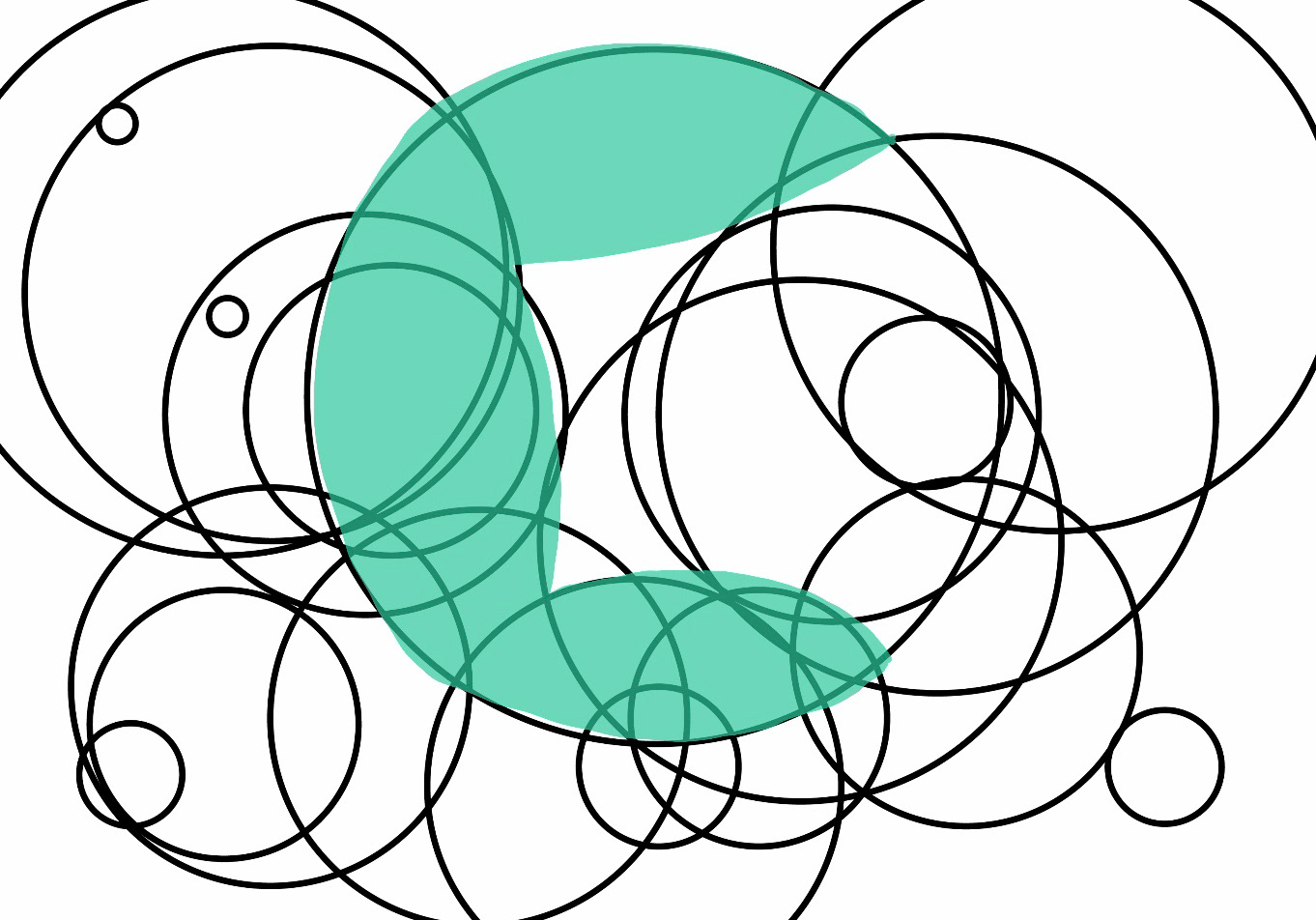
These are the letterforms I designed from the grids.
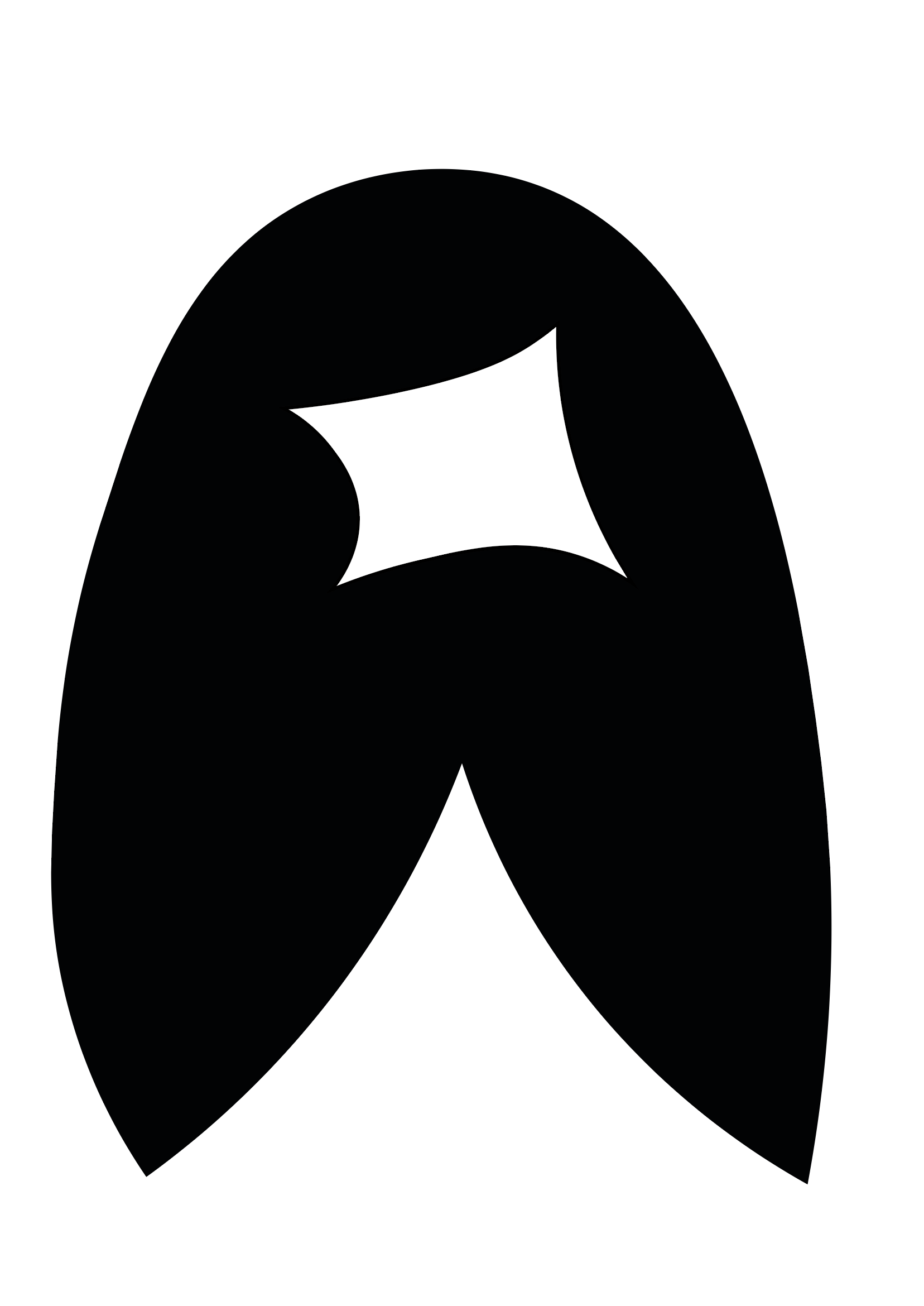

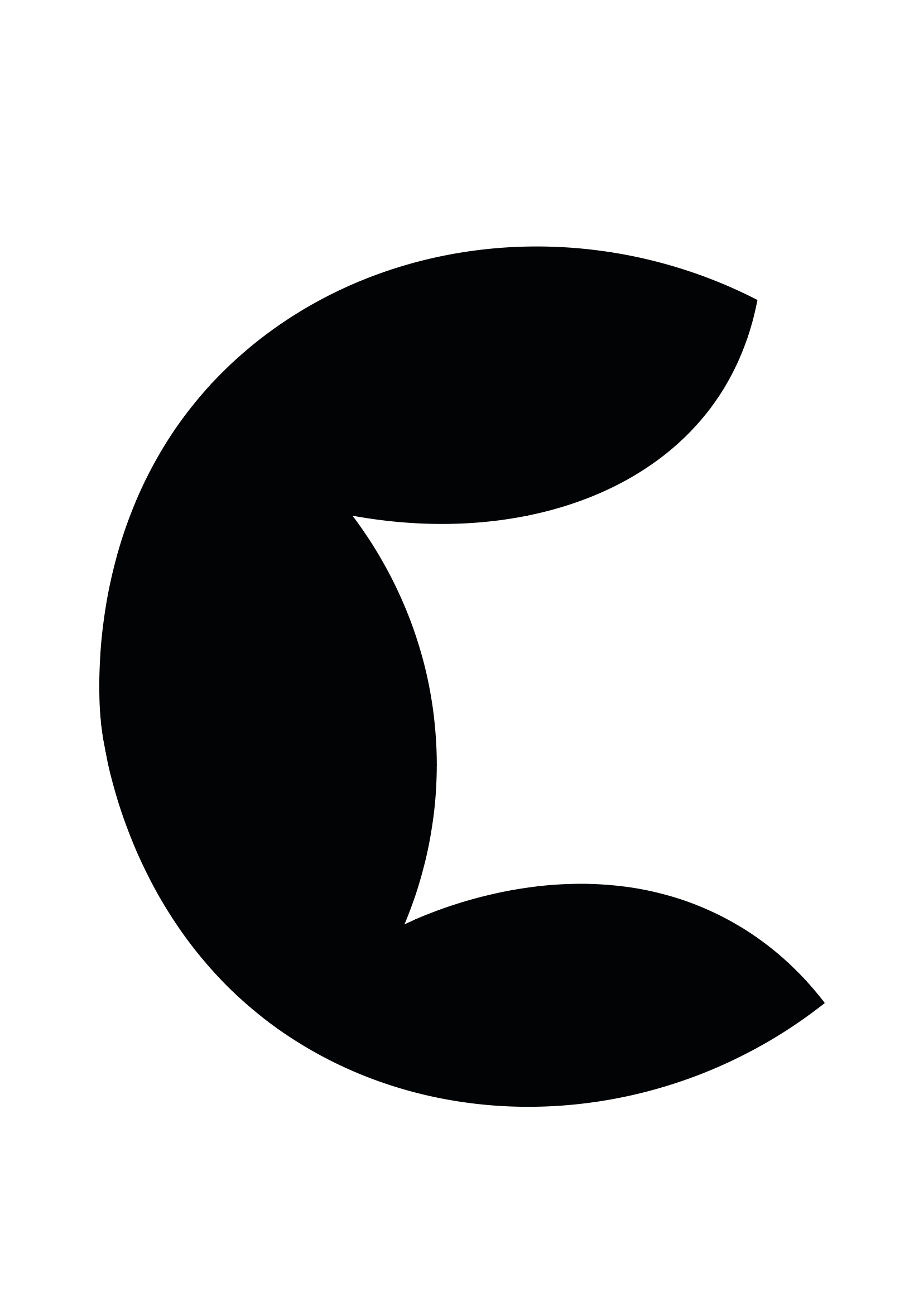
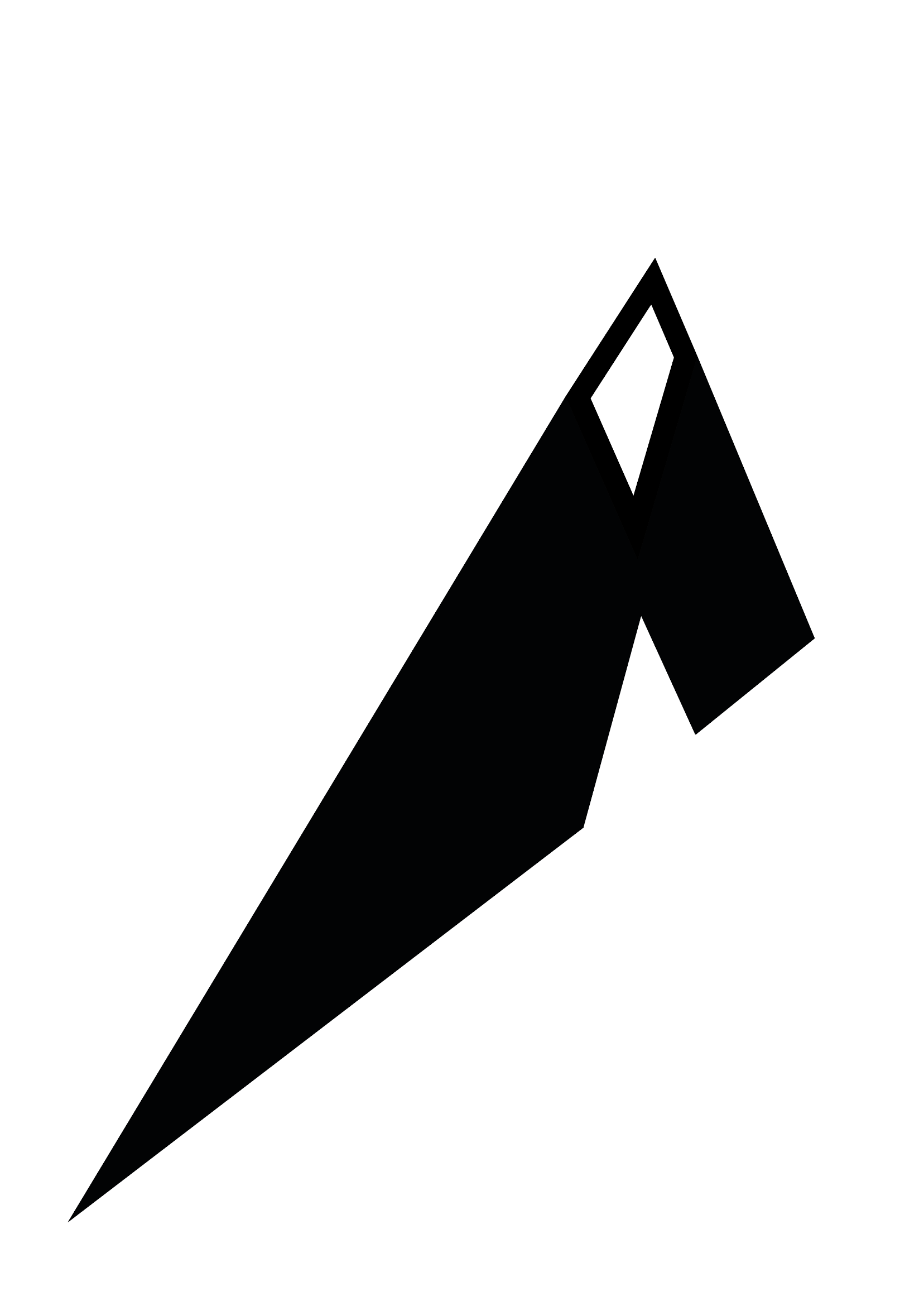
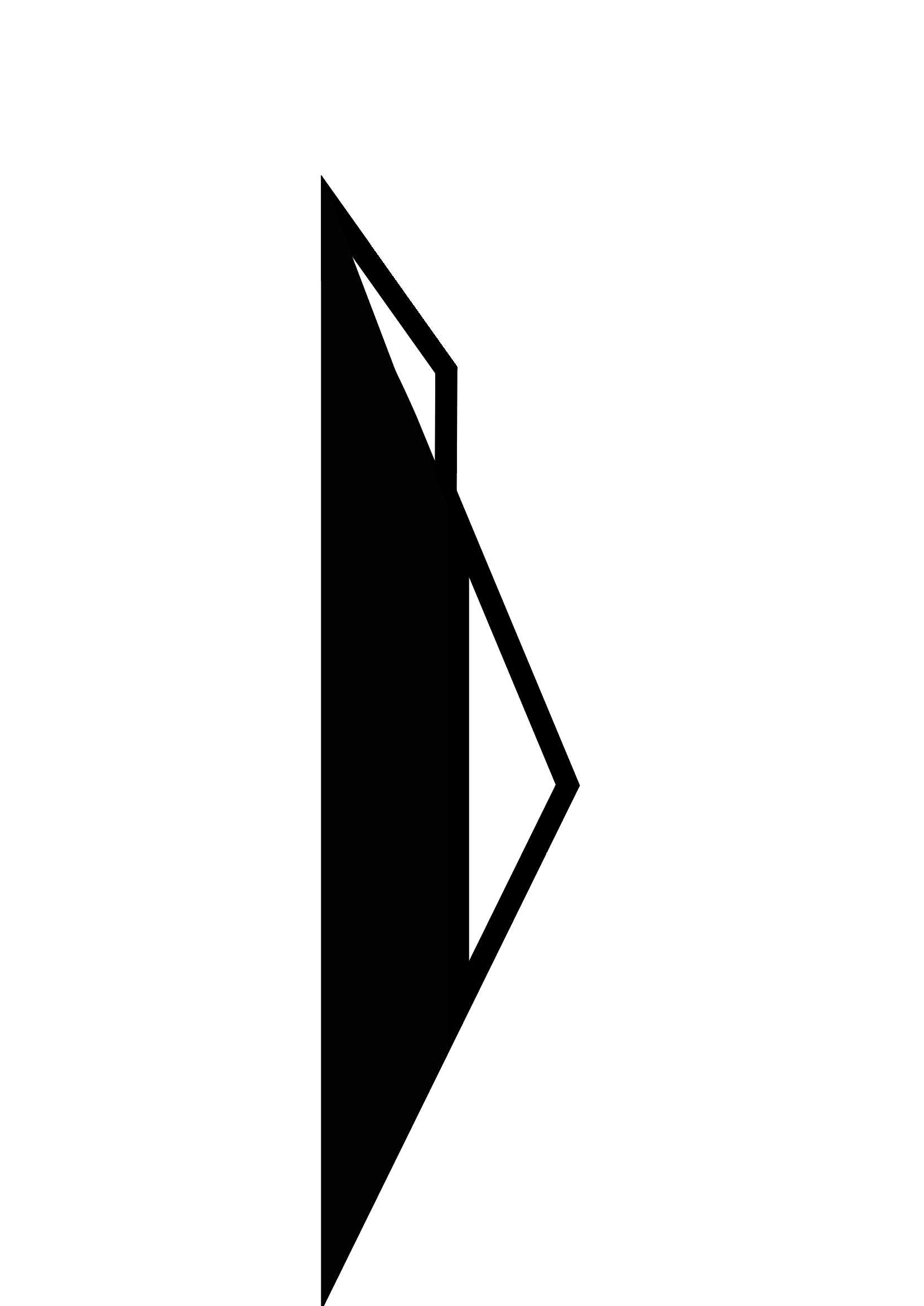
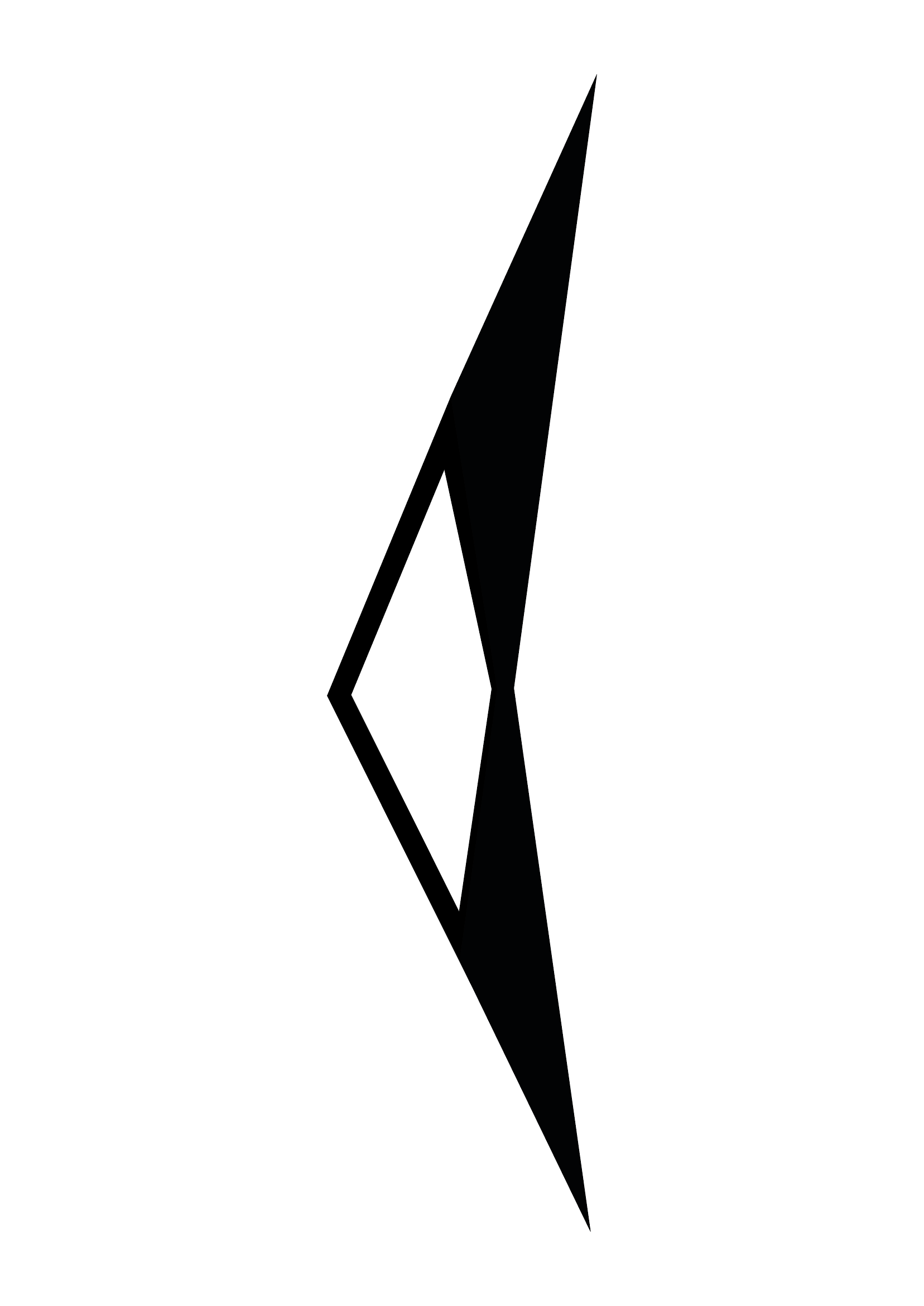
Clean UP I did of them as vectors.
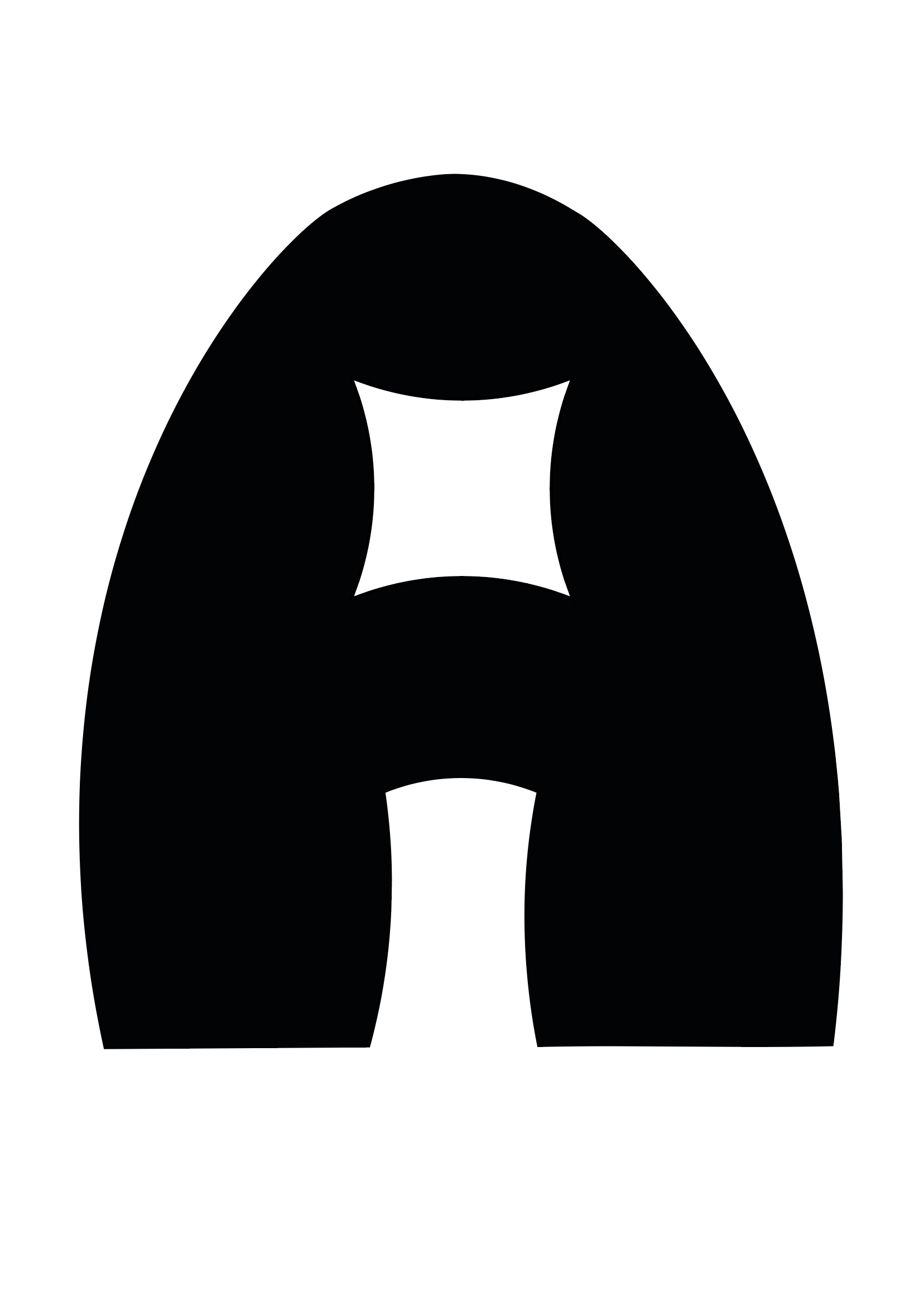
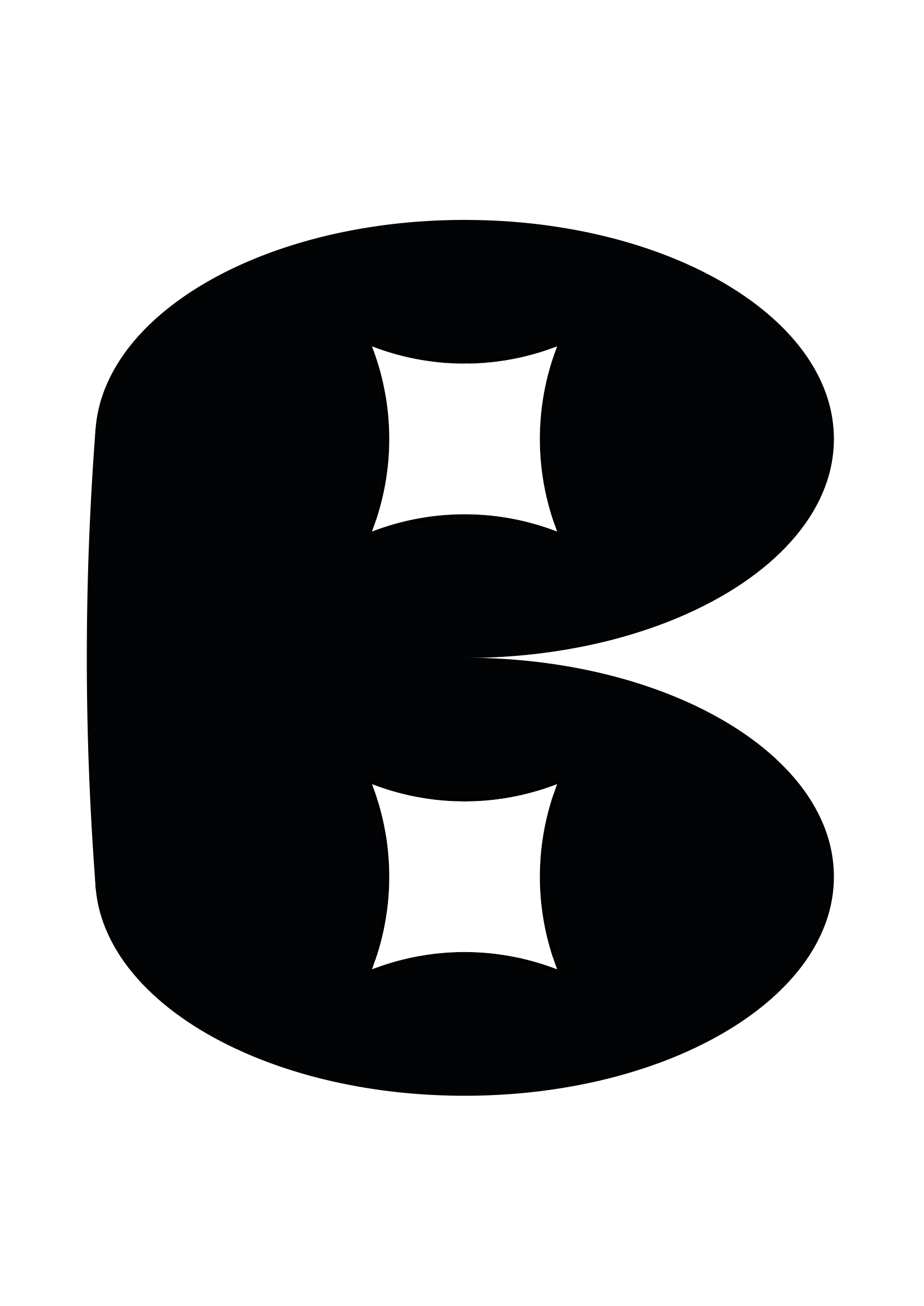


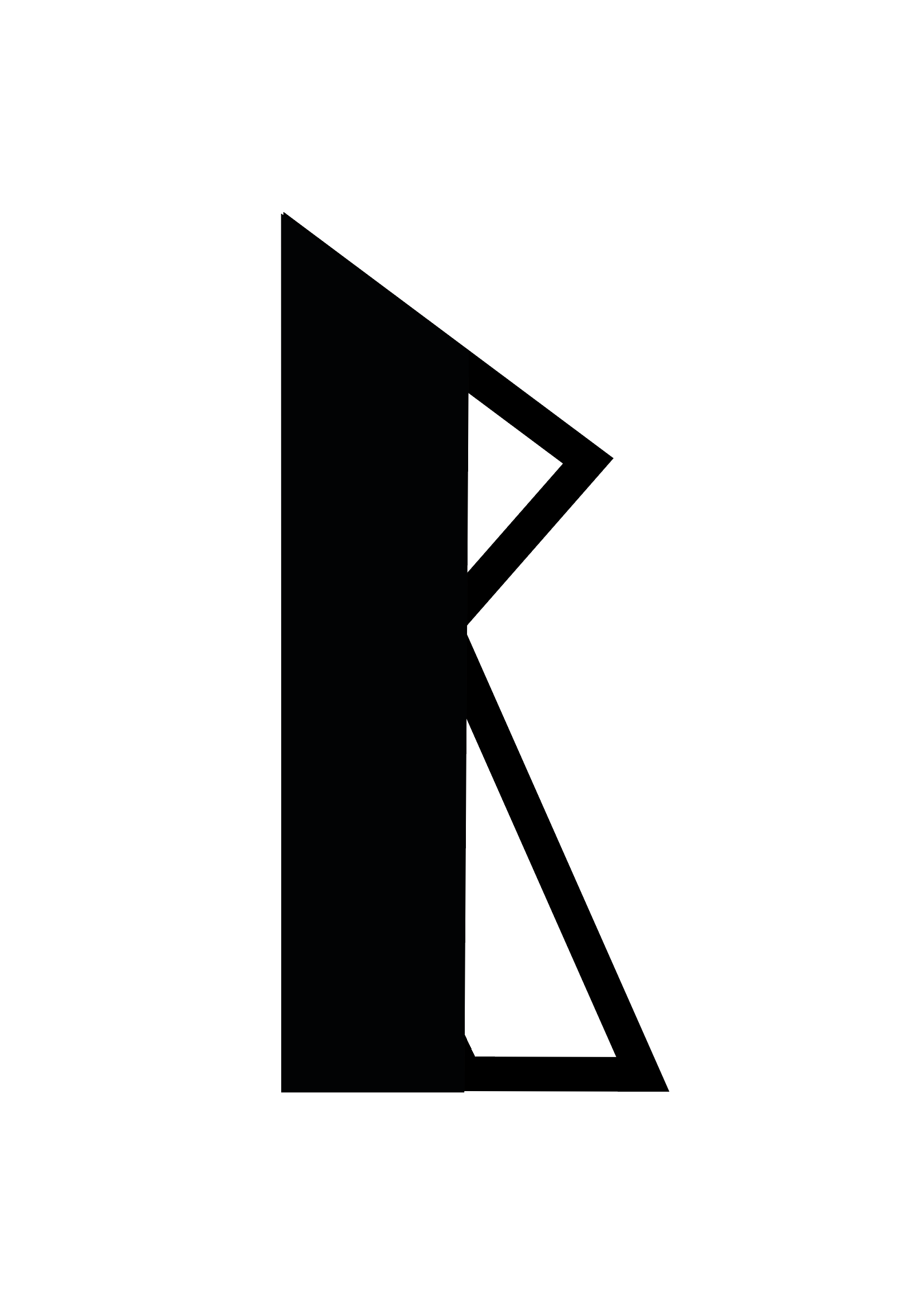
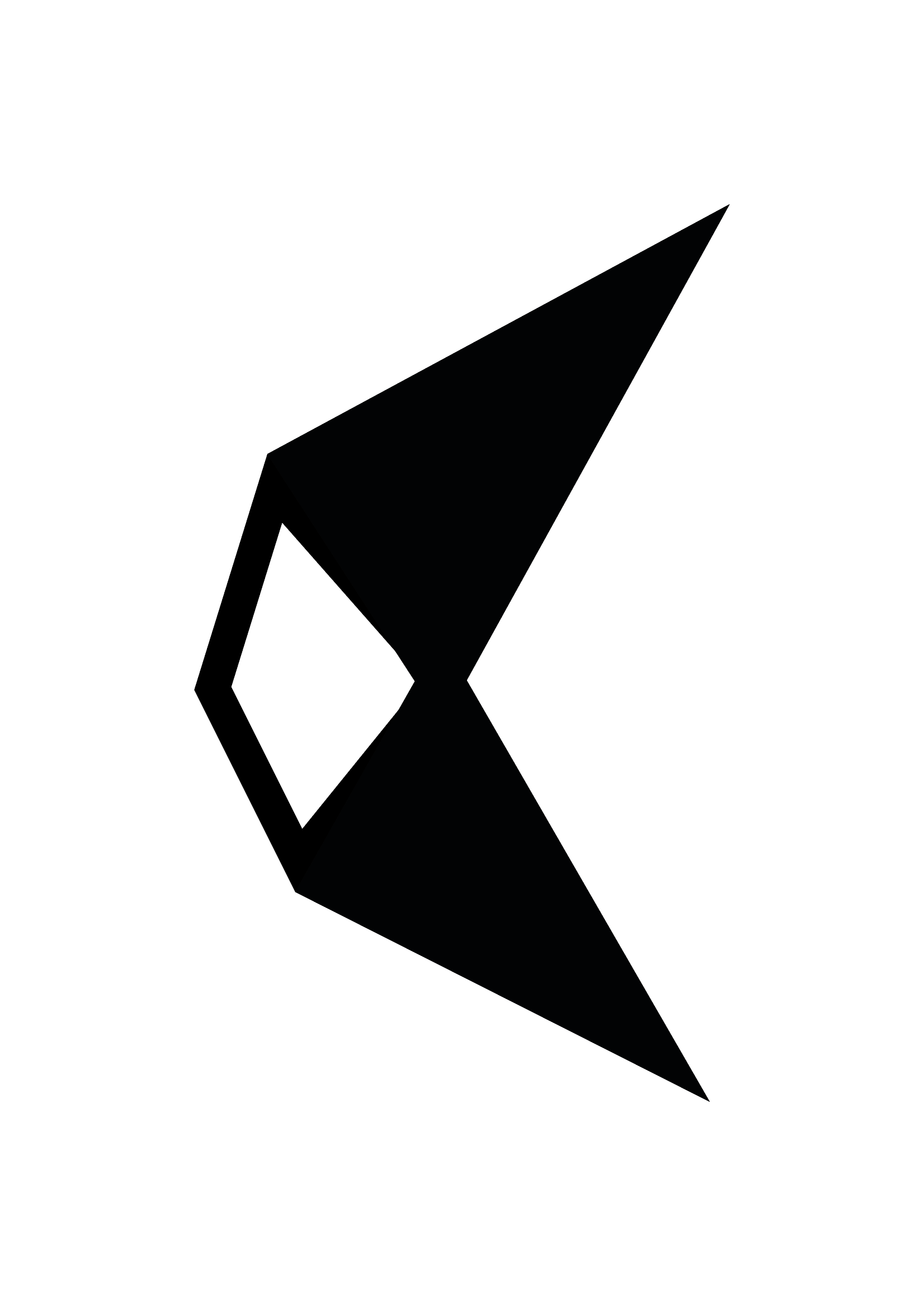
I wanted to edit them to make them a little more uniform, Still not perfect but I quite like the quick development process from it. I like how such a random thing can and could create endless variables.
Reseaerch
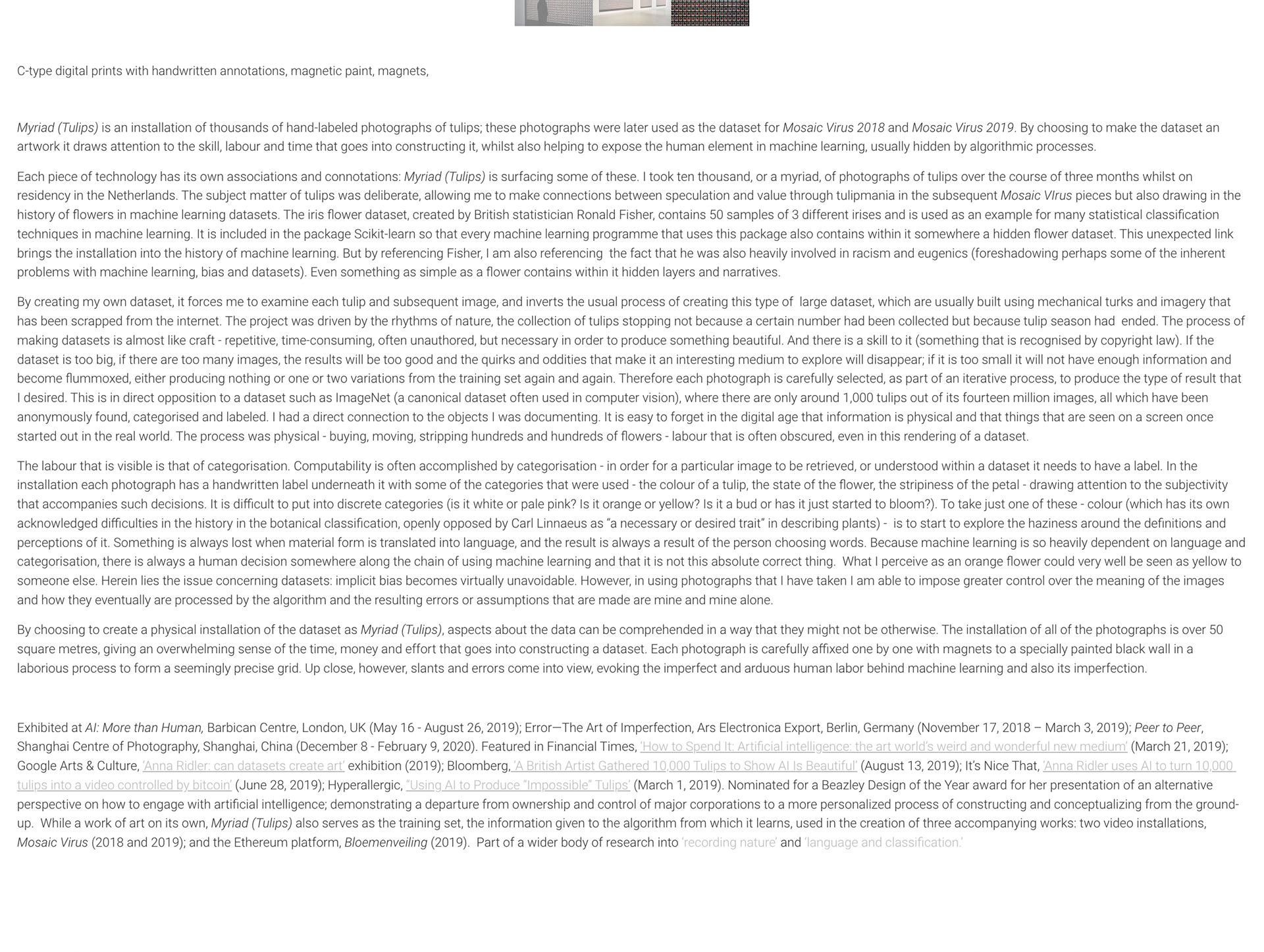

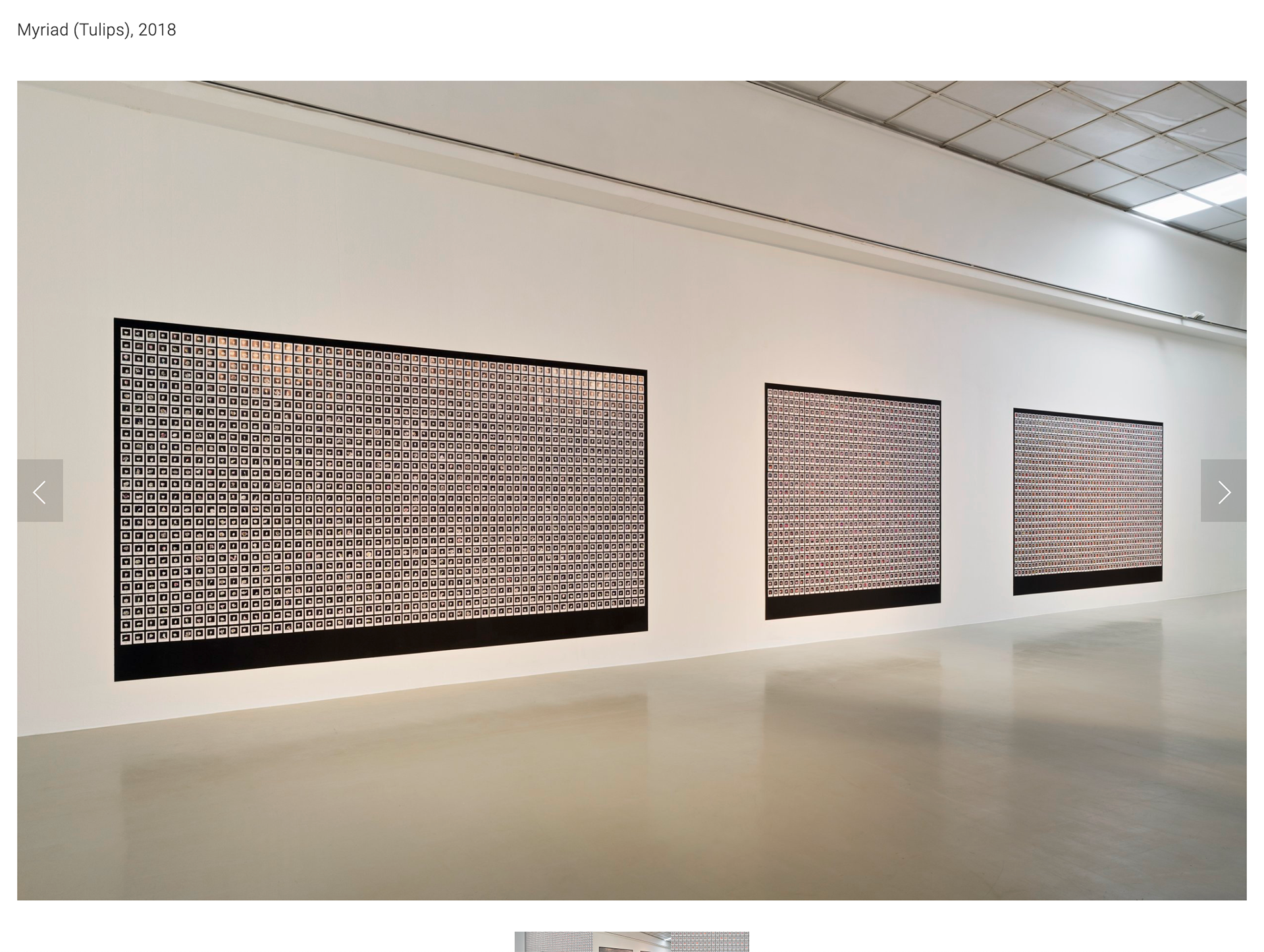

I love this piece, I like how something that could be done digital it done in an angloge sense. Often things happen behind the scene but this data set if something you can see with your eyes, each flower has its own thing and you brings to light the grand task it must have been to manually sort it.
Myraid (Tulips) http://annaridler.com/myriad-tulips
Analog Algorithm
analog algorithm, I really like the playfulness of this project and how so much content can stem from different algorithms, it's an explosion of creativity and i feel having the structure of the rules really helps with this.
https://analog-algorithm.com/
Oblique STRATEGIES
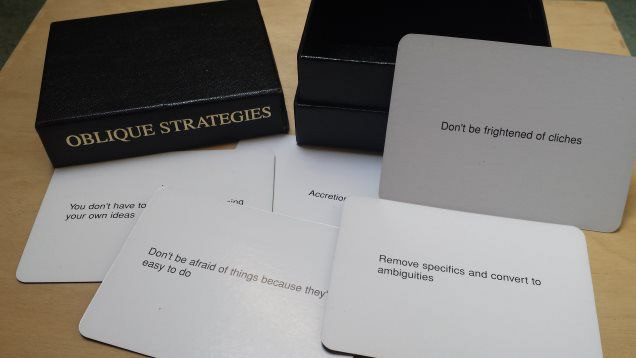

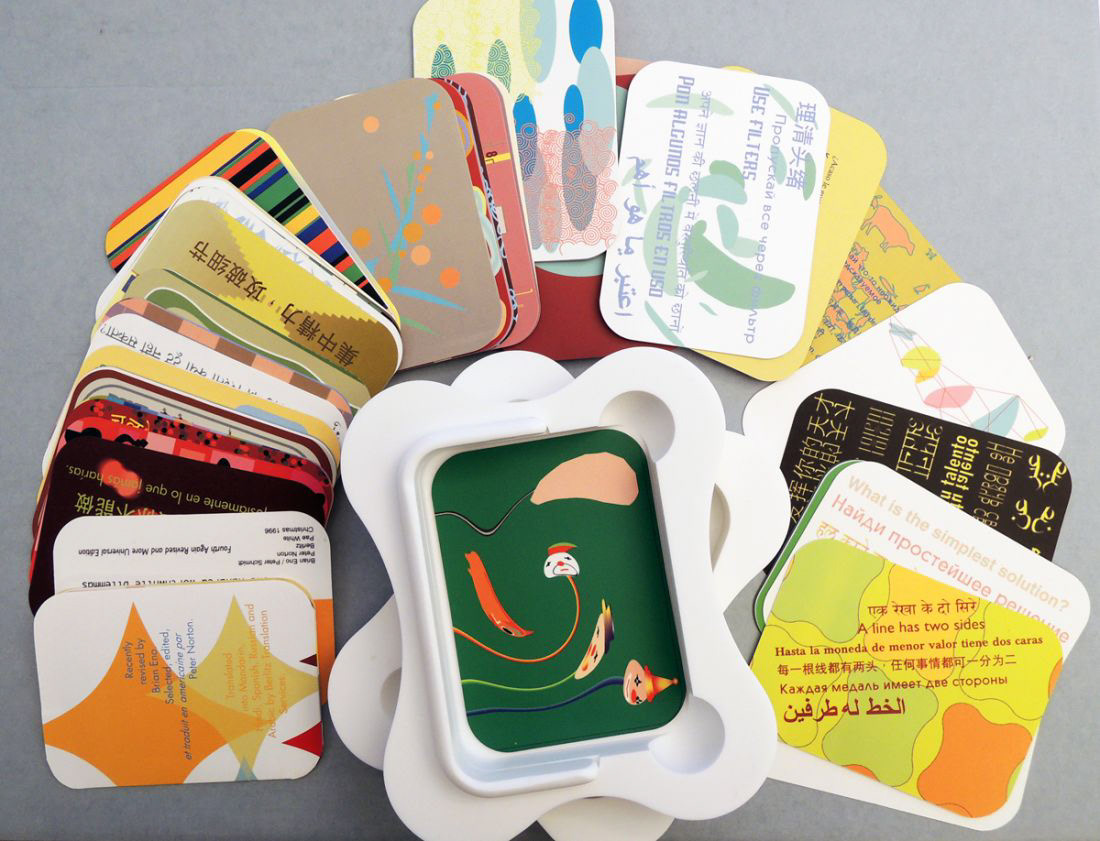
oblique strategies as tool to help with creative block is a great idea, it can be hard to get the ideas rolling as I often experience. I feel that procrastinating in a creative way or just setting your mind on something fun but not 'useless' may really help with getting out of a rut. I may look at this when coming up with my idea.
https://graphicarts.princeton.edu/2013/08/19/oblique-strategies/ https://www.theguardian.com/music/2009/sep/07/oblique-strategies
sERENDIPITOR
serendipitor, reminds me a little of my previous project about being a wanderer and not having a strict plan, using algorithms for the opposite of structure is a nice way of looking at algorithms and setting apart from big boundries.
http://serendipitor.net/site/?page_id=2
Karl Gerstner Designing Programmes
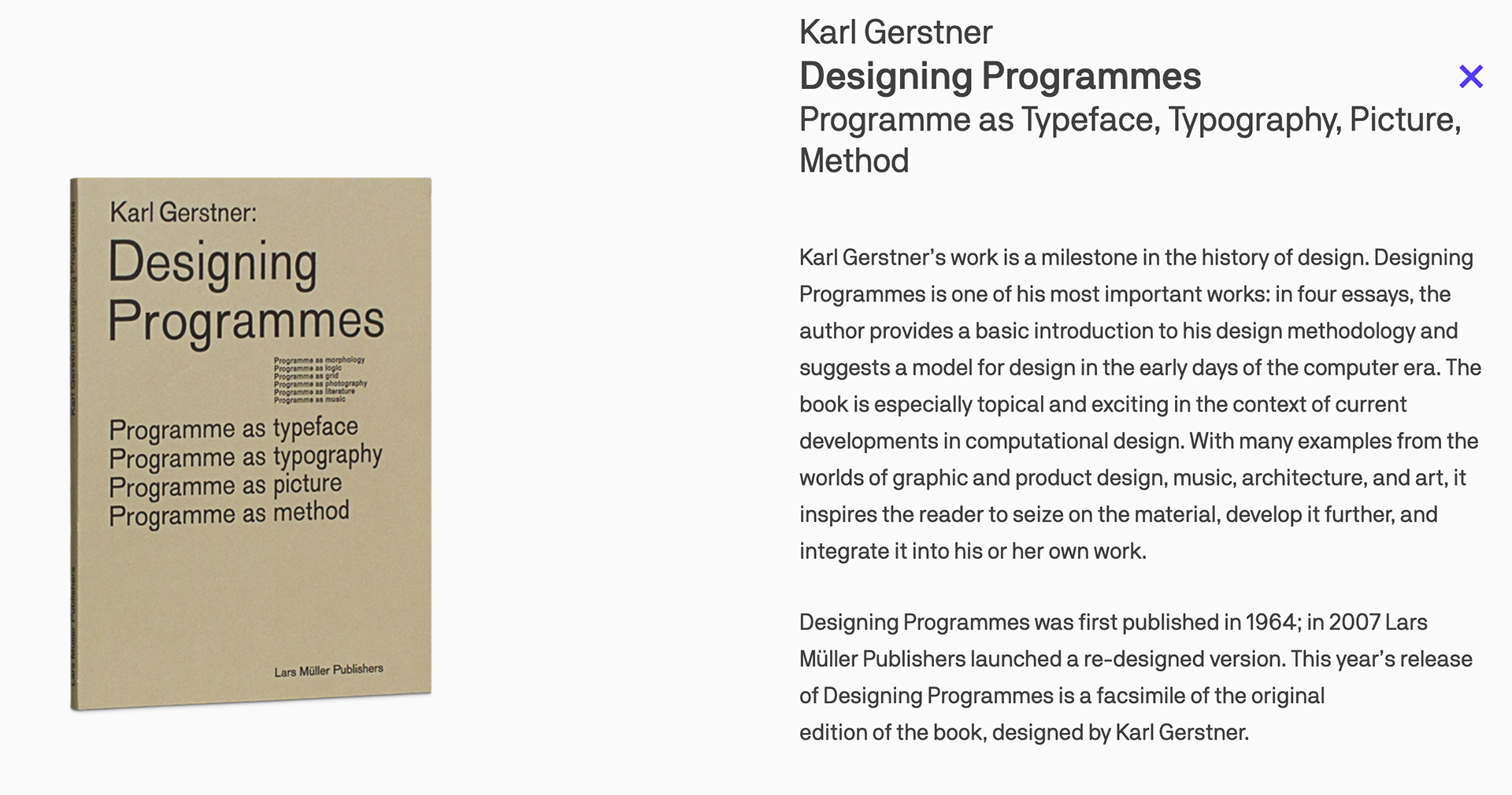
Whilst it's the not the angle I am as interested in for this project, it is amazing how programming design tools started and evolved over the years.
https://www.lars-mueller-publishers.com/designing-programmes-0
system aesthetics
Algorithmic art and it's possibilities between digital and analogue are really interesting, if you simplify it any thing you do on a digital platform is all thanks to algorithms.
https://www.field.io/project/system-aesthetics/
ALGORITHMS used everywhere including image editing.
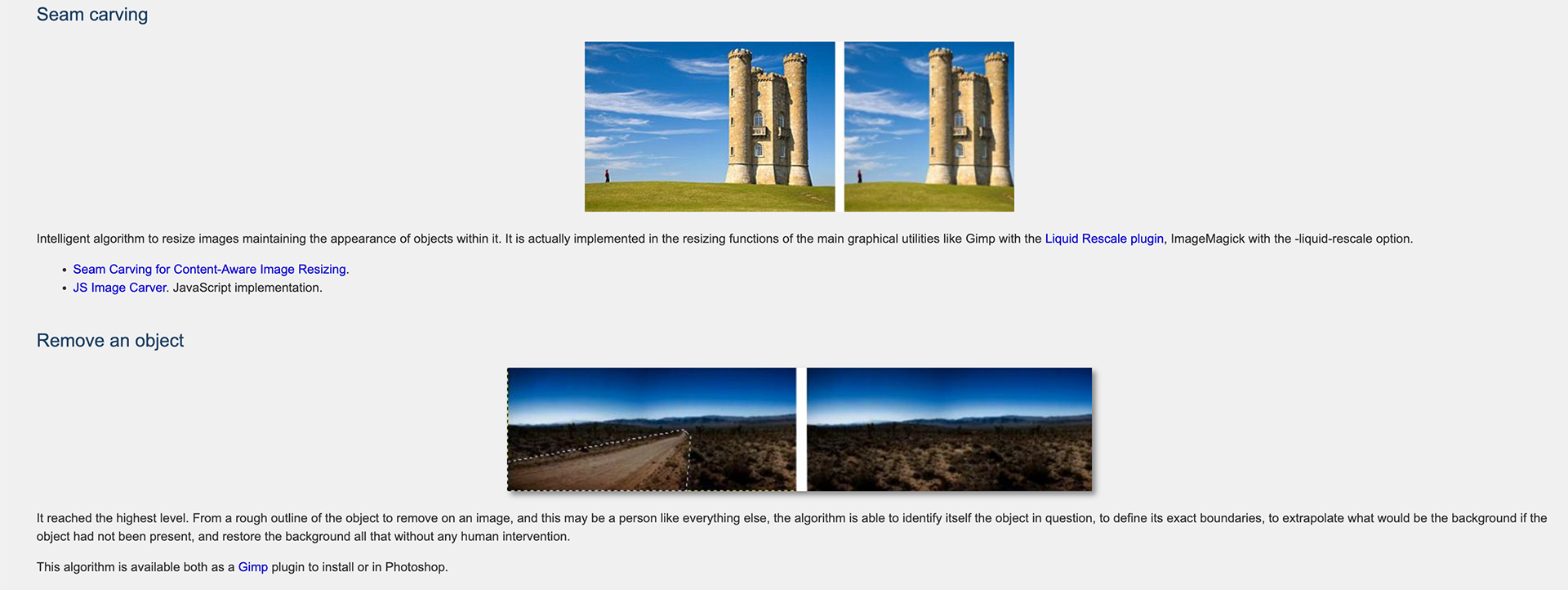
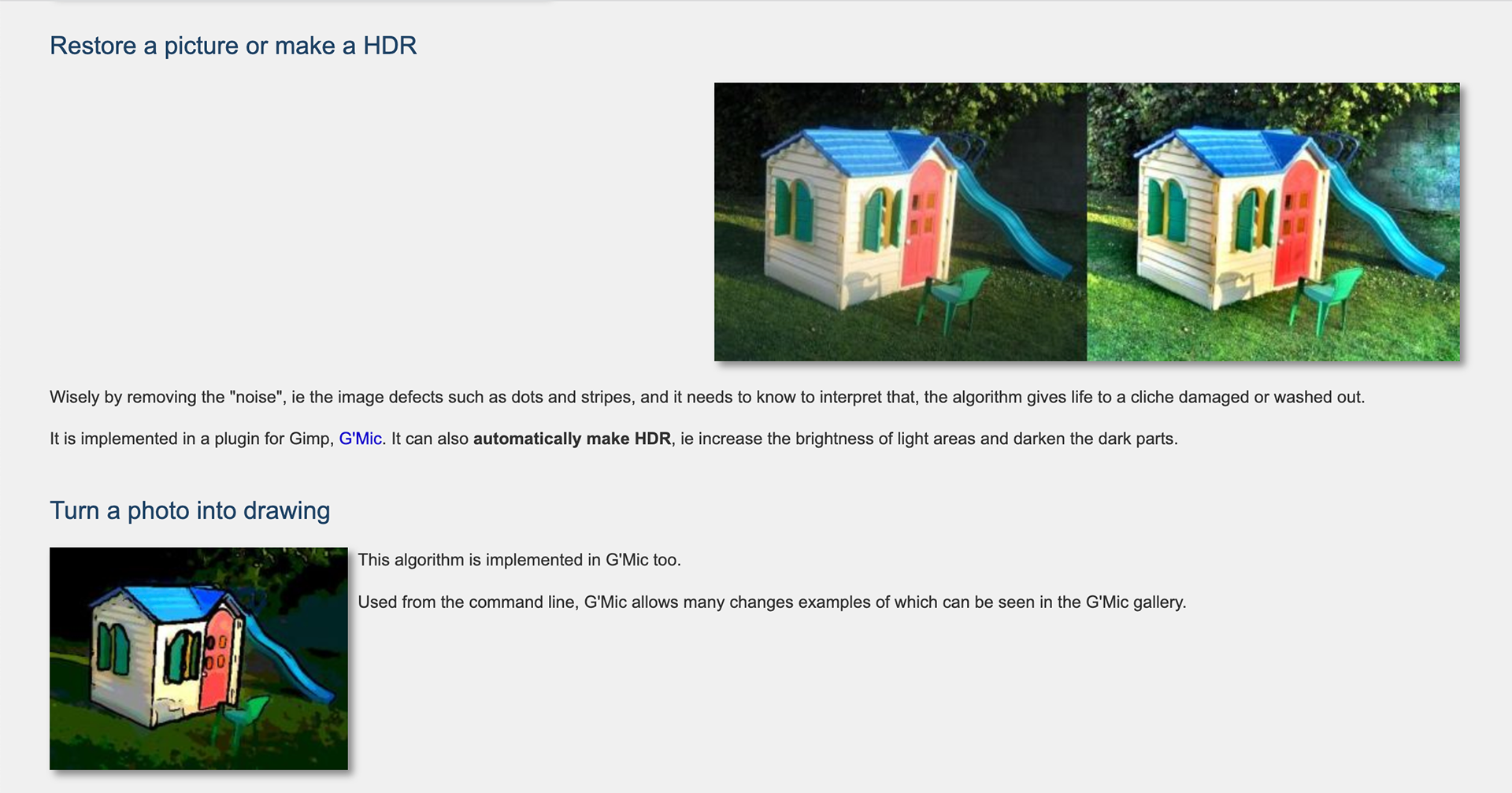
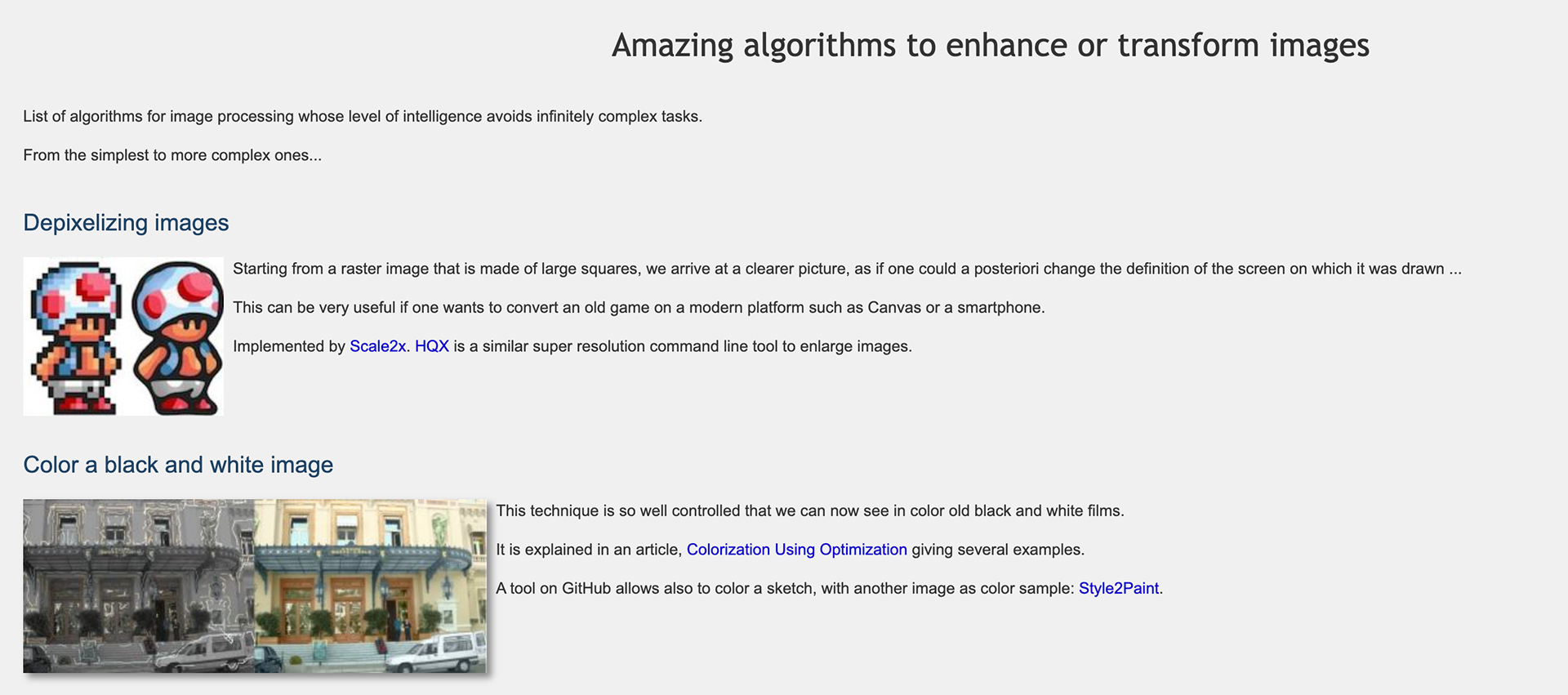
Noting on the comment from my previous research point, it is crazy how we as designers and people rely on algorithms to go about our daily life, this might be something I look at.
https://www.scriptol.com/programming/graphic-algorithms.php
Dada, Algorithms and how stupid they can be
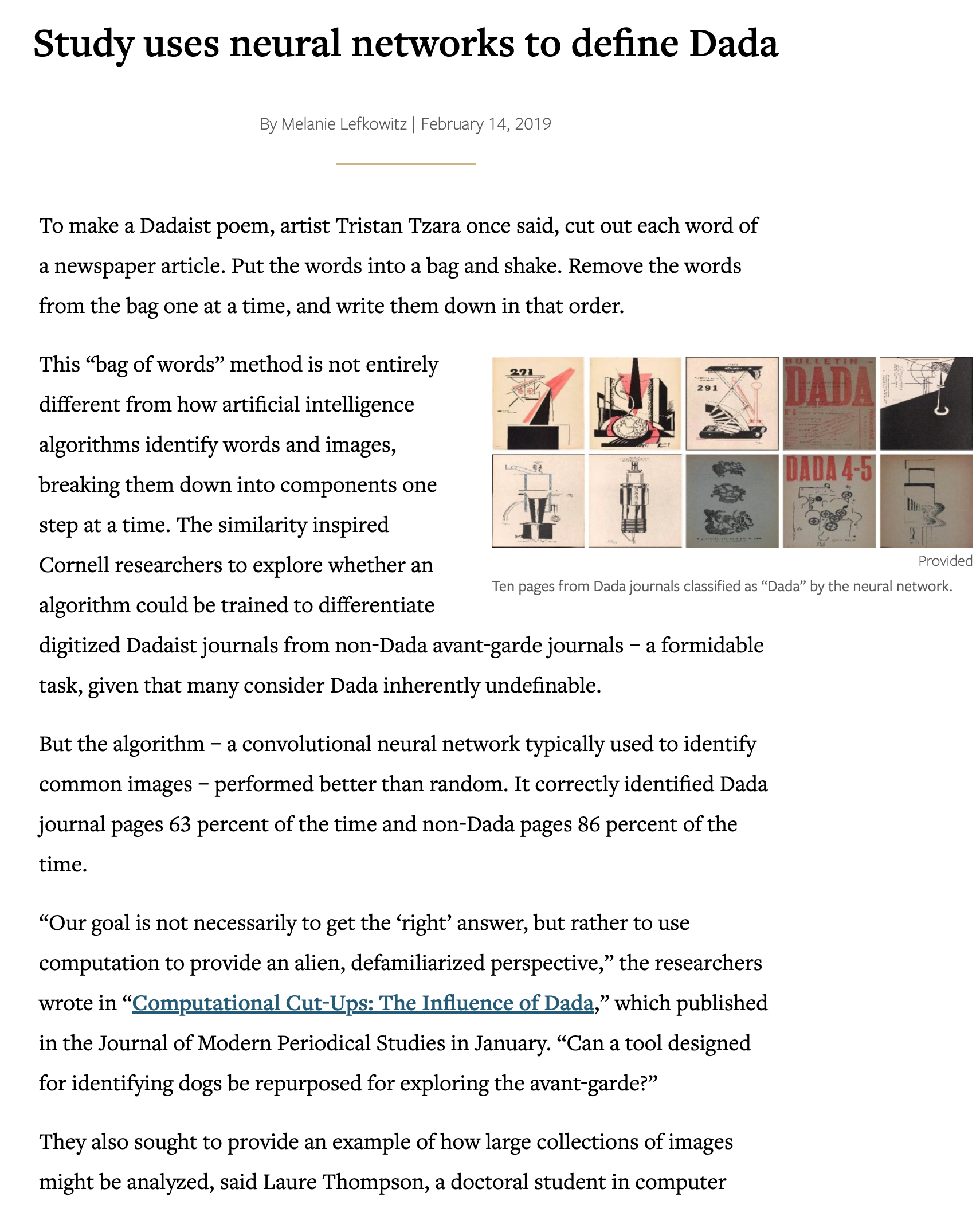


The playfulness of makes an algorithm can be fun, i like how groups like fluxus and dadaism have experimented with how "stupid" algorithms can be, some people might find them usless, but what's wrong with having some fun, the meaning of it can be that it fun and that's it.
https://news.cornell.edu/stories/2019/02/study-uses-neural-networks-define-dada
RICE, CHESS BOARD AND EXPONENTIAL GROWTH
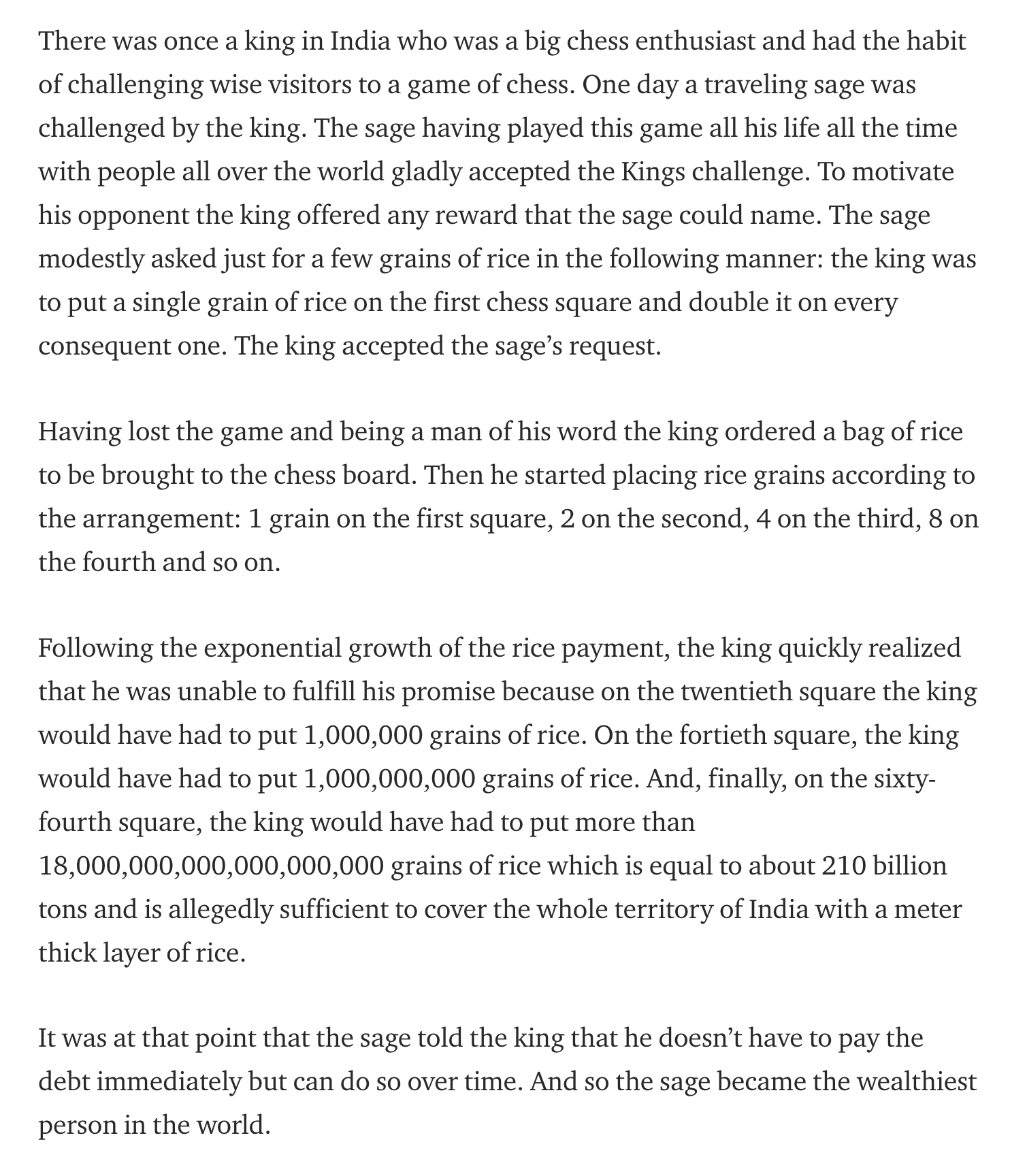
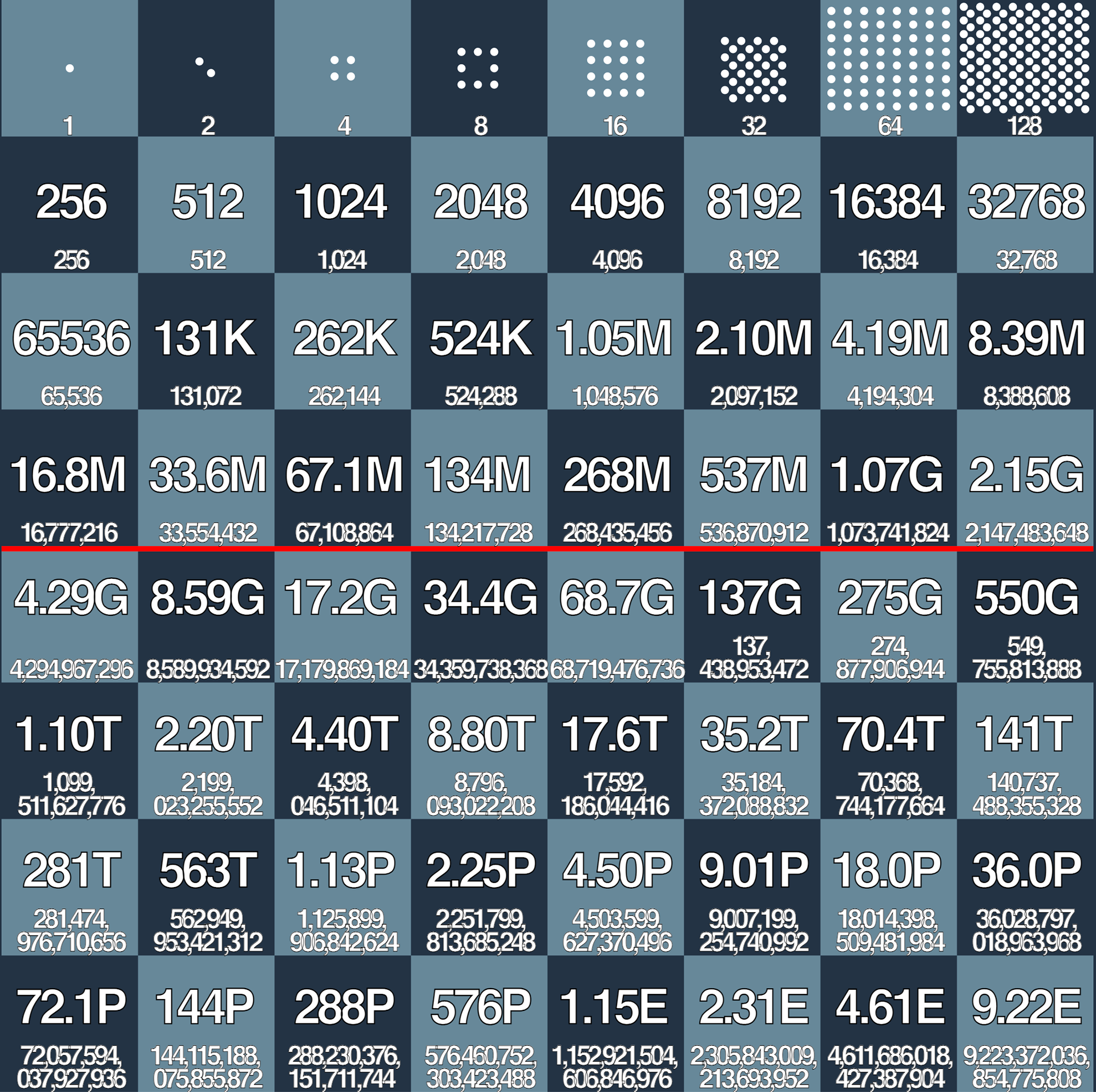
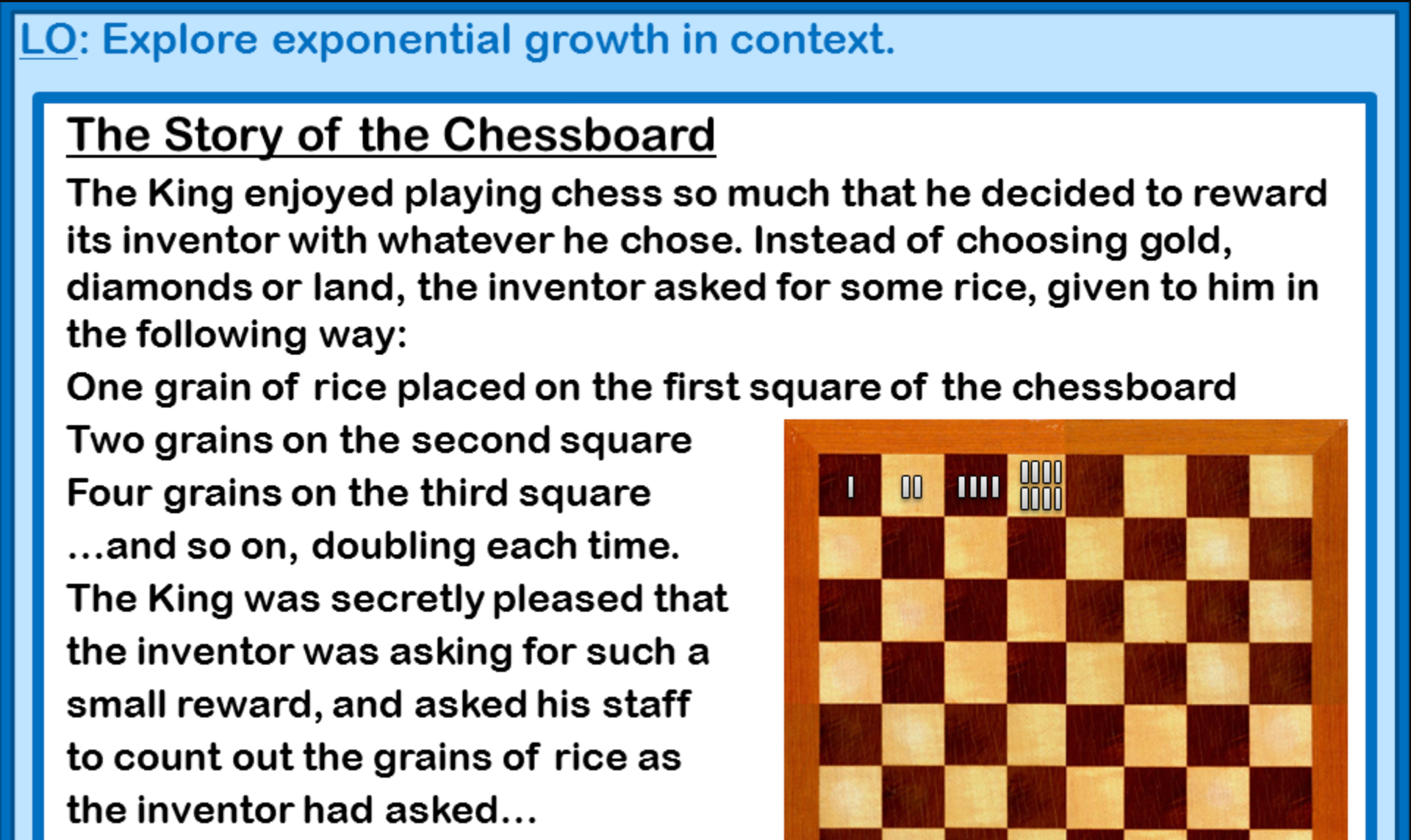
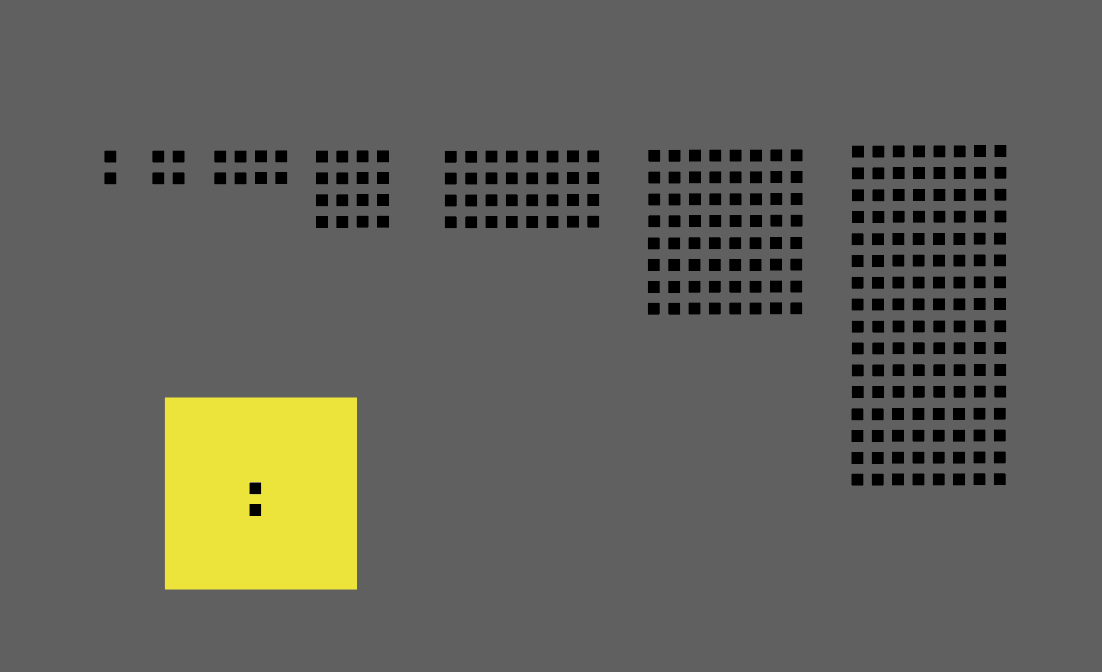
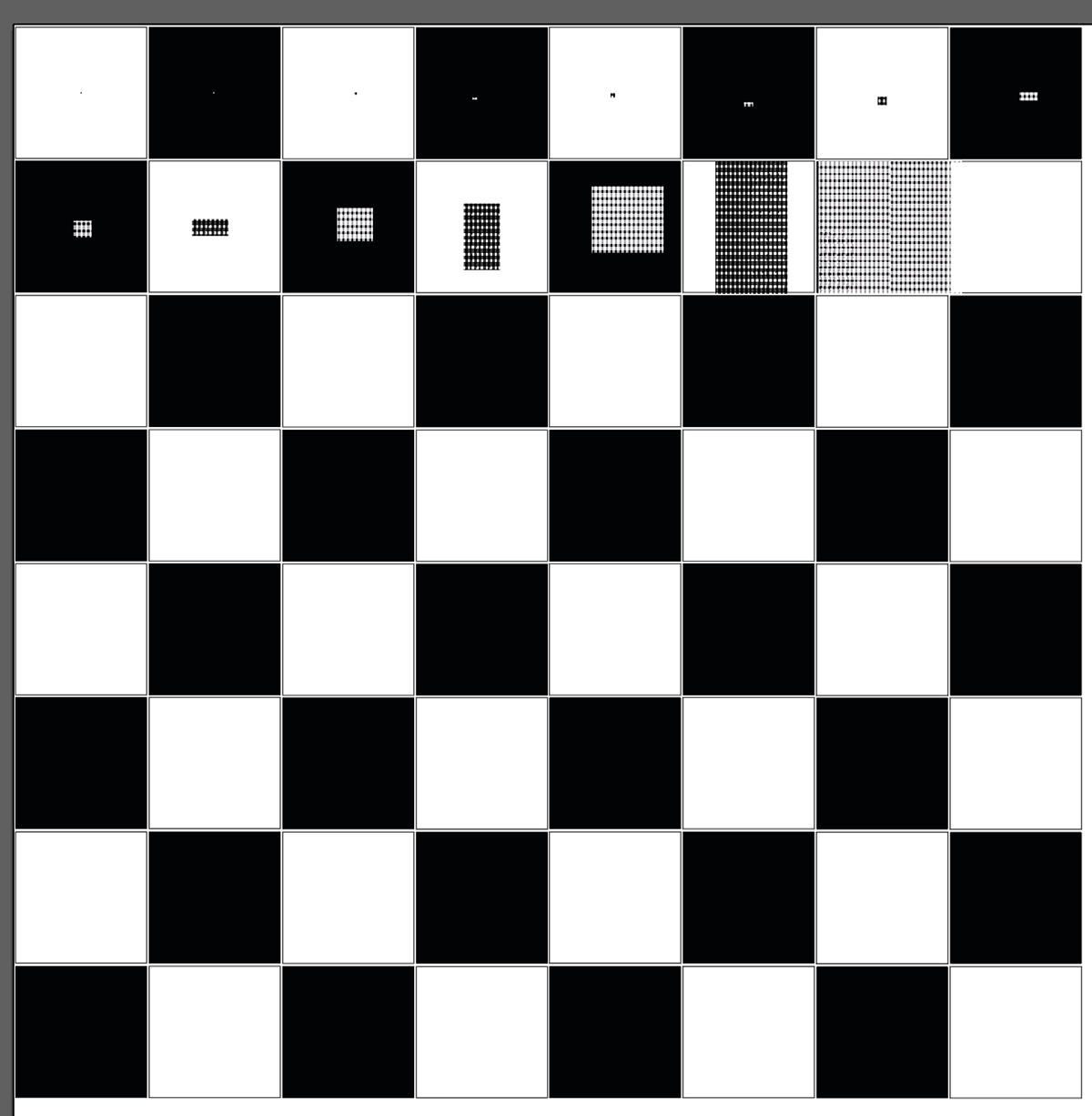
Exponential growth has always fascinated me, the way that it grows so quickly makes sense but also doesn't (to me anyway) I wanted to give it a go as to how many squares it would take me to get tired.
This is my process of creating a quick ringbound square booklet based on a story I heard about exponential growth and a chessboard as a kid.
I like the fun side to this, as I quickly as you can see in the video give up.
Sol Le Witt
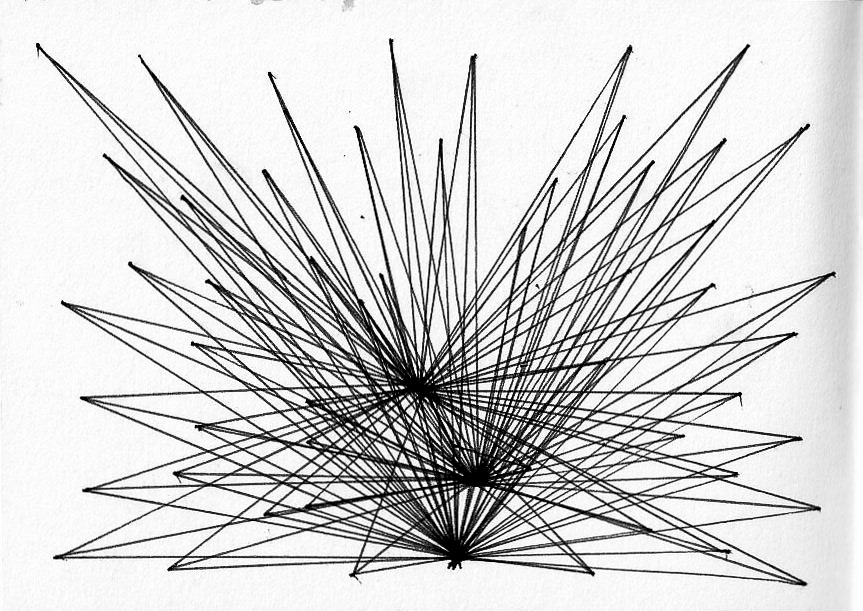
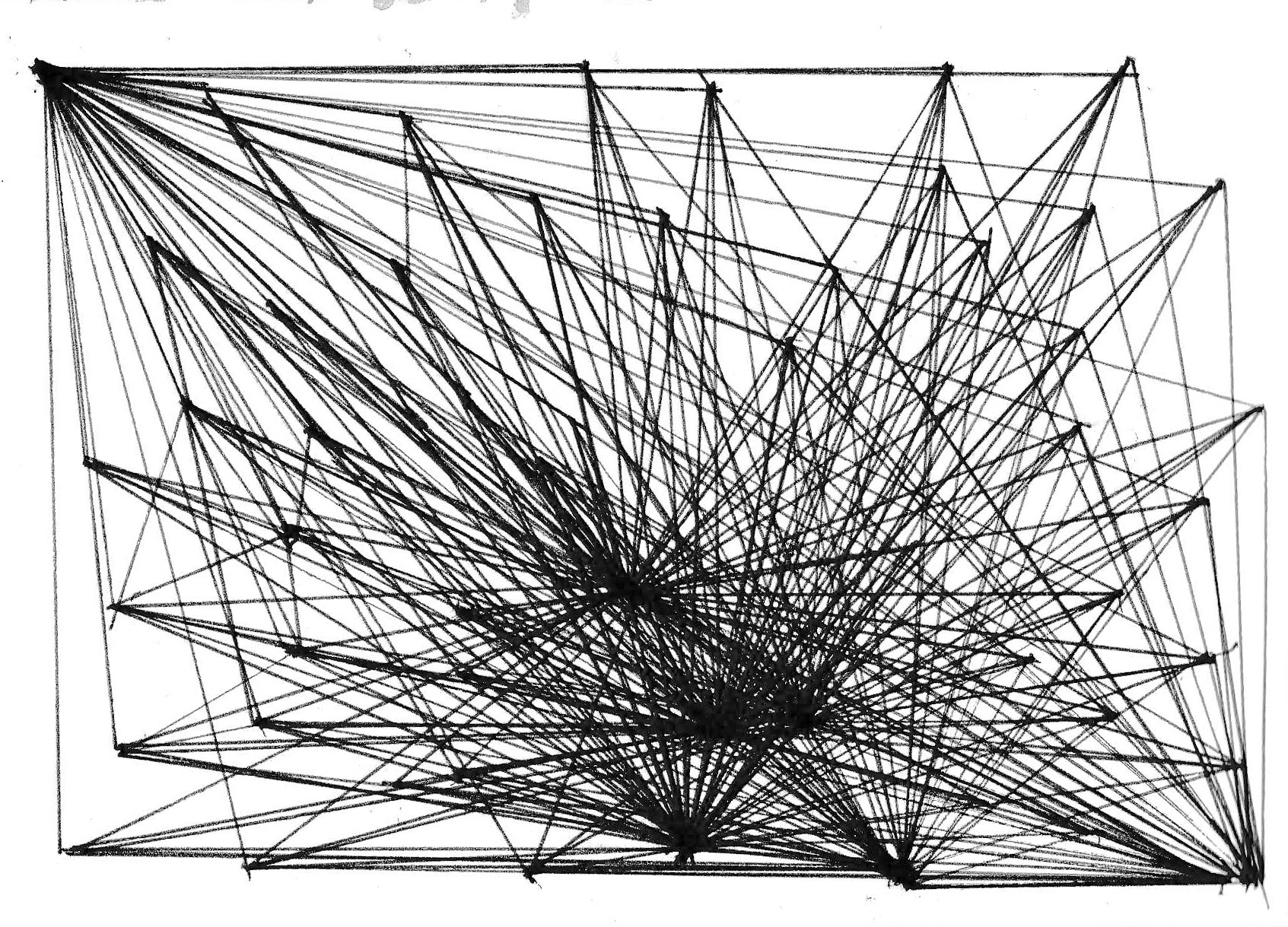
Sol Le Witt algorithmic rules I gave a go, I really like what they create and each one will look different and thus an individual outcome, I like the human imperfectness with artworks like this at it really shows creativity. Whilst on a laptop you could do it must quick and whilst the outcome may look good you know more effort went into the hand-drawn version.
I like this way of look at algorithmic art and may look at it.
Random Generators
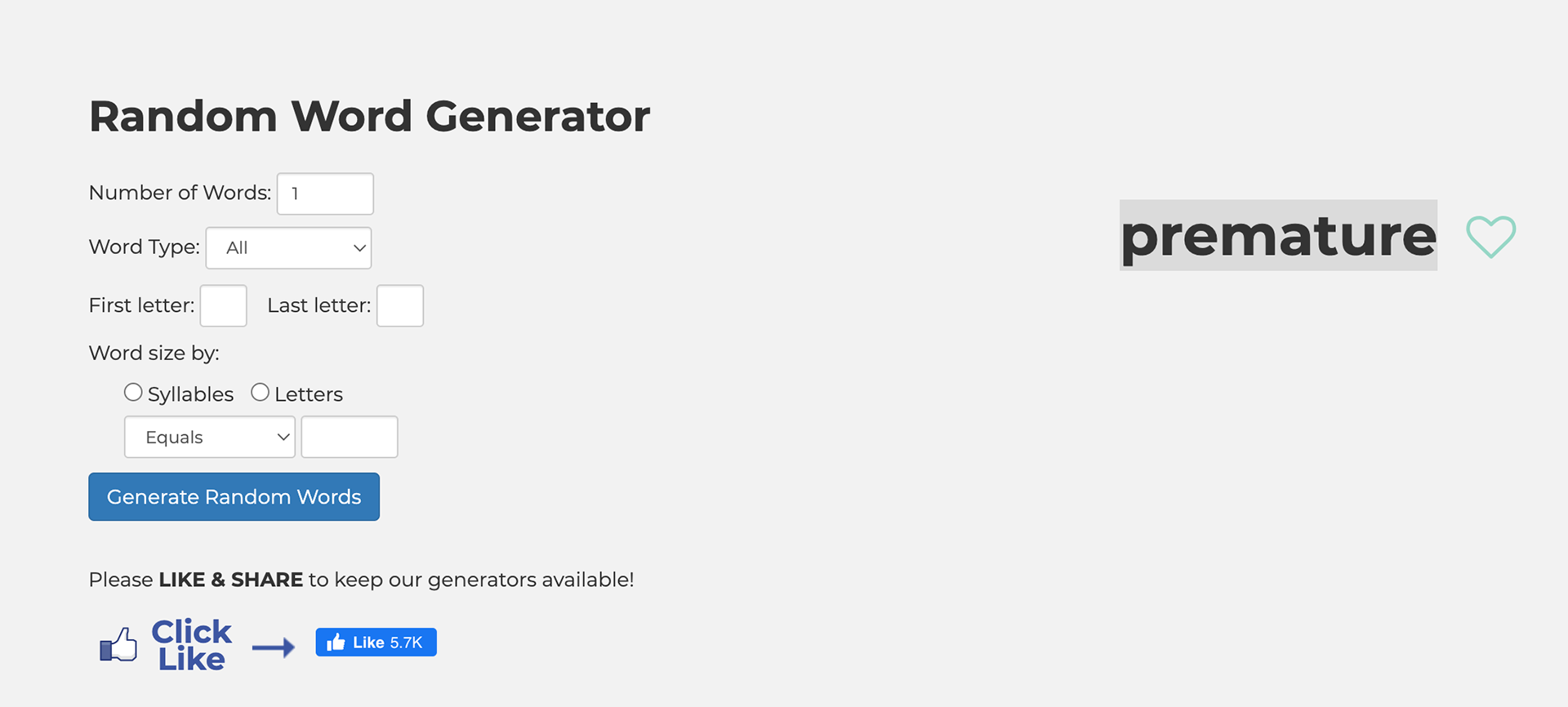


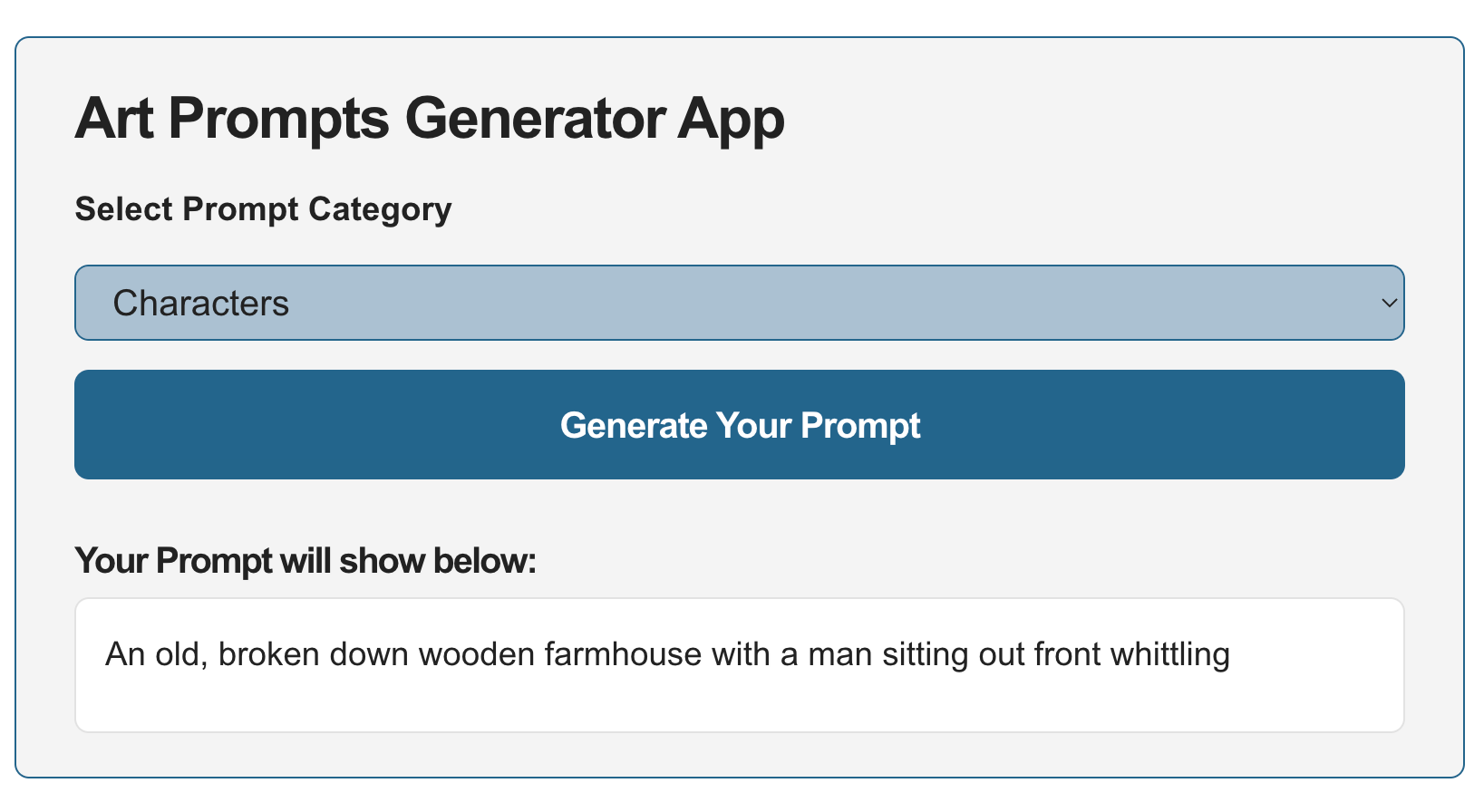
Possible tools I may use to create randomized algorthimic art.
https://artsideoflife.com/random-art-prompt-generator/
https://www.magatsu.net/generators/art/index.php
https://freeonlinedice.com/
https://randomwordgenerator.com/
Random Instructions
Rules:
first round draw number of circles thrown on the dice
drawn line within edge of circles throw of the dice
put dots number thrown on dice
connect dots lines
do above steps one more time
throw dice number depend on colour of rainbow
1-2 fill in 1-2 shapes with full colour
3-4 fill in 2-4 shapes with dots
5-6 fill in 5-6 shapes with lines
This is a rule I made up quick, I like how this could end up having many possibilities.
Scanner Experiments
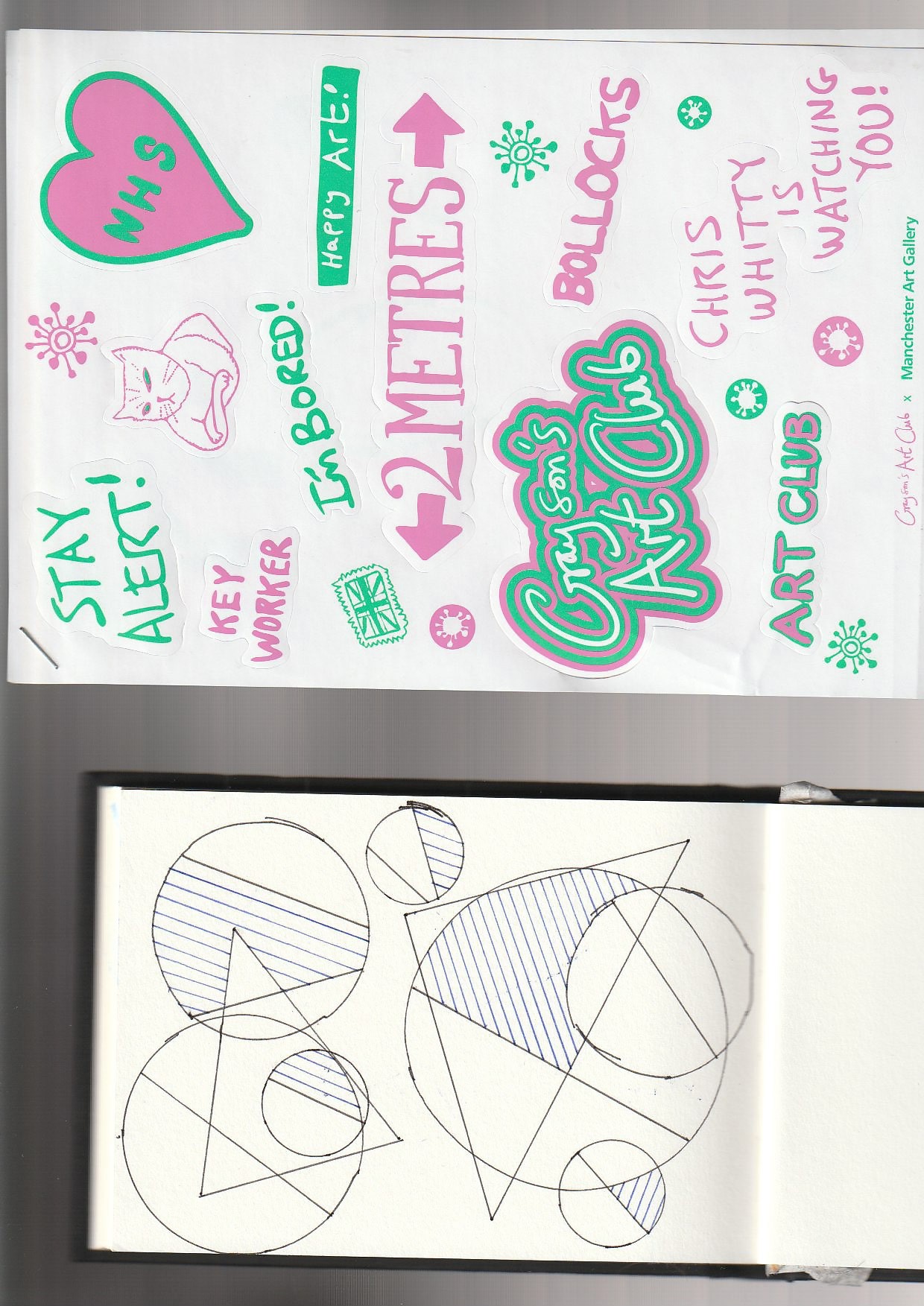


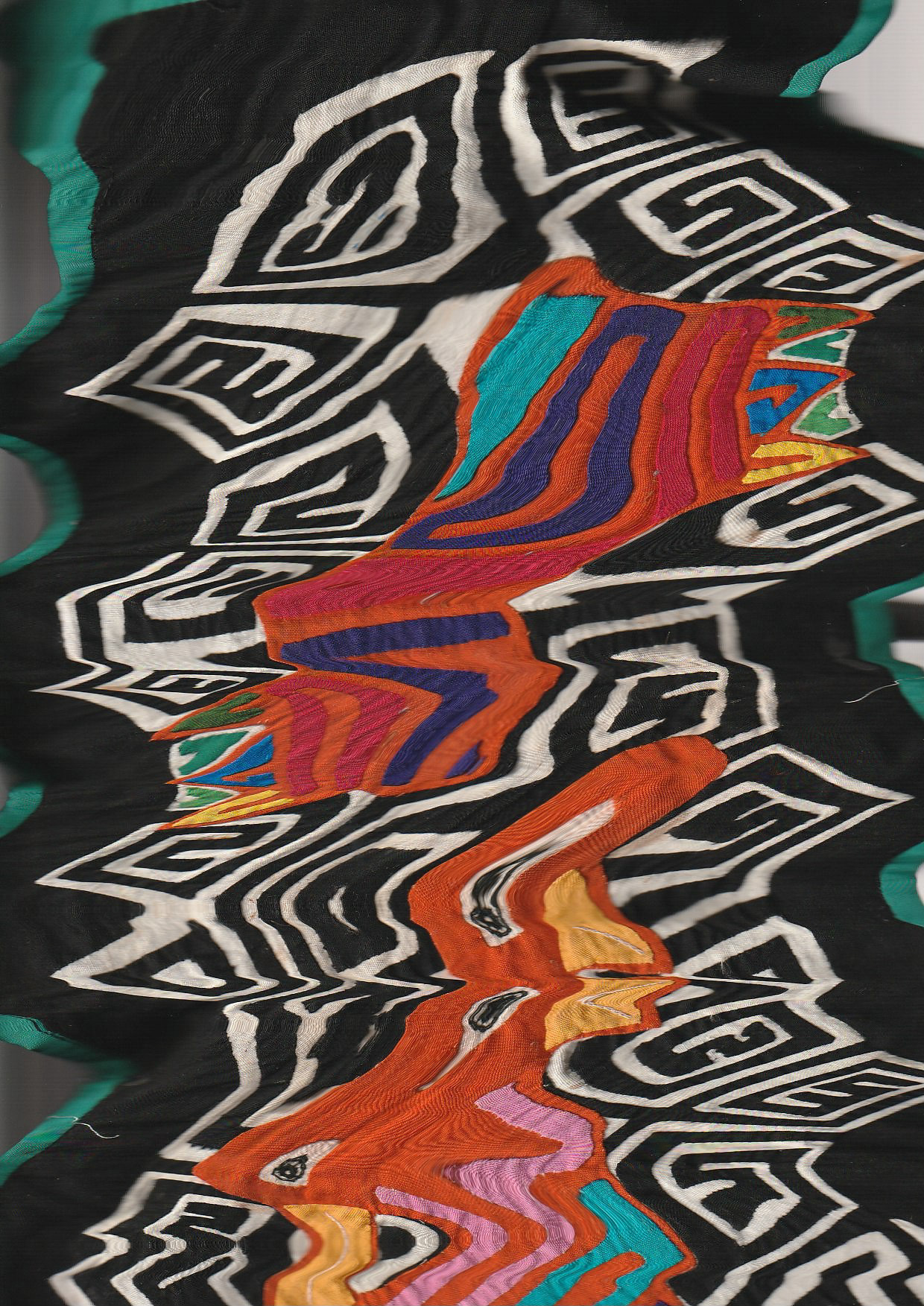

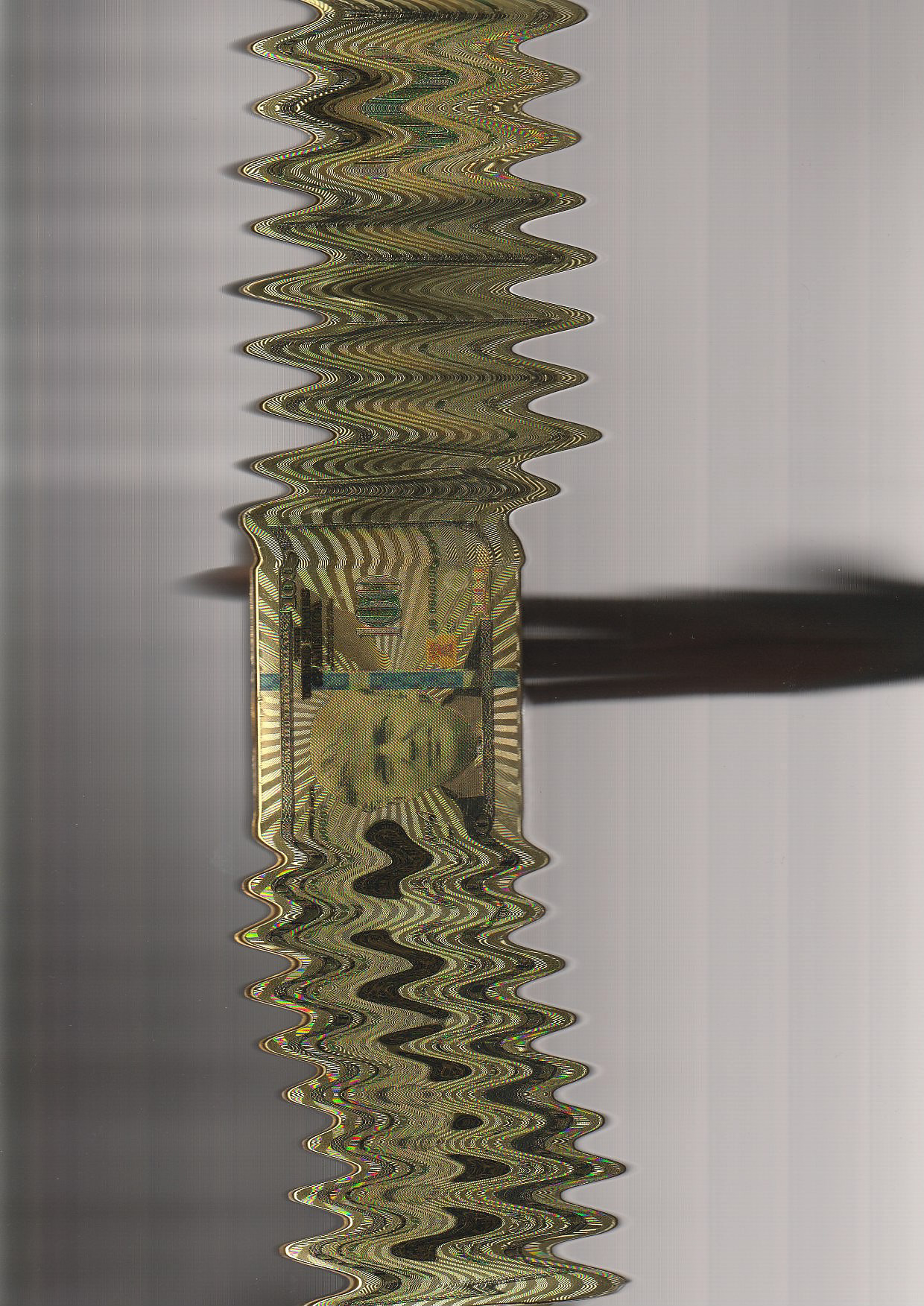
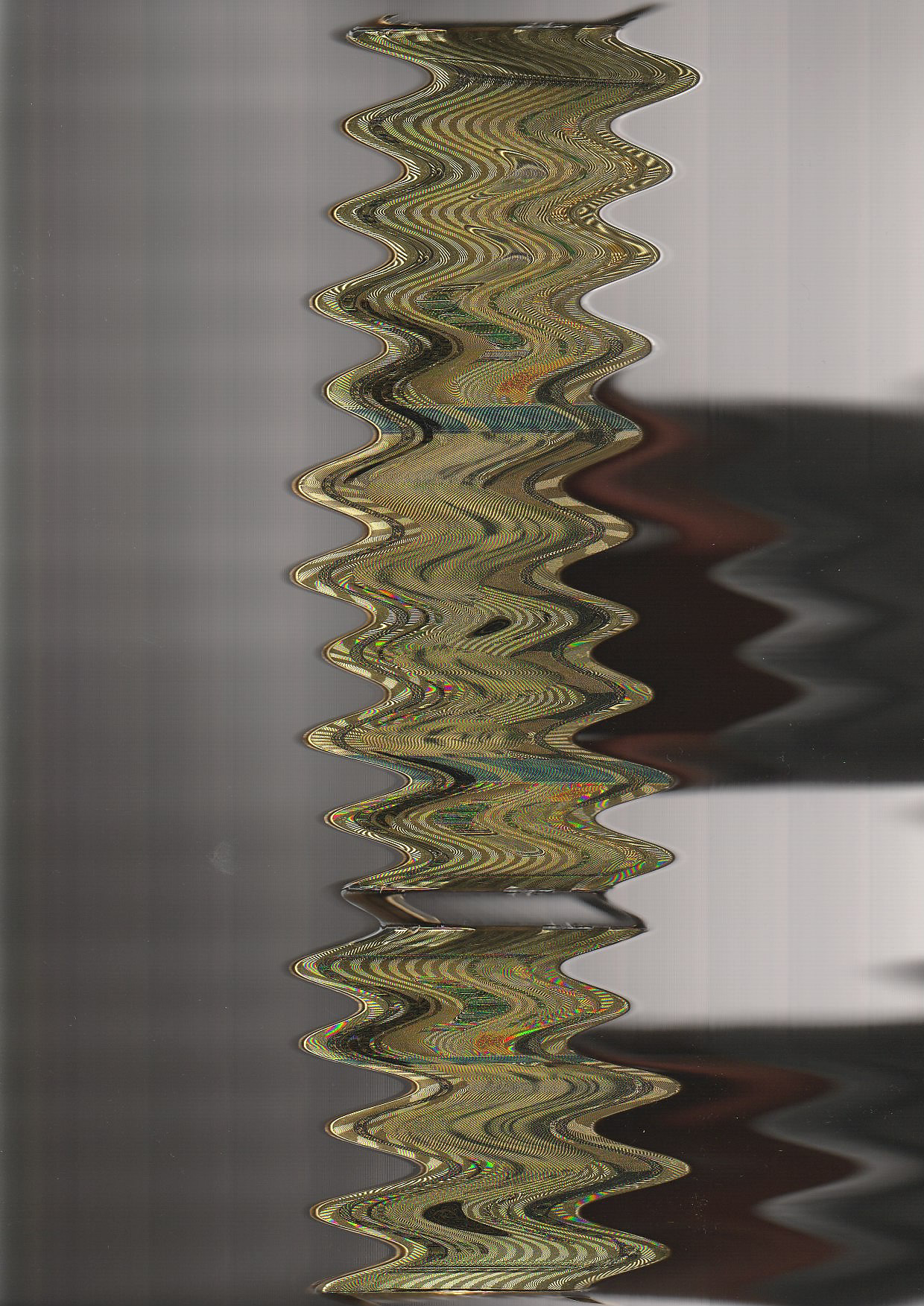
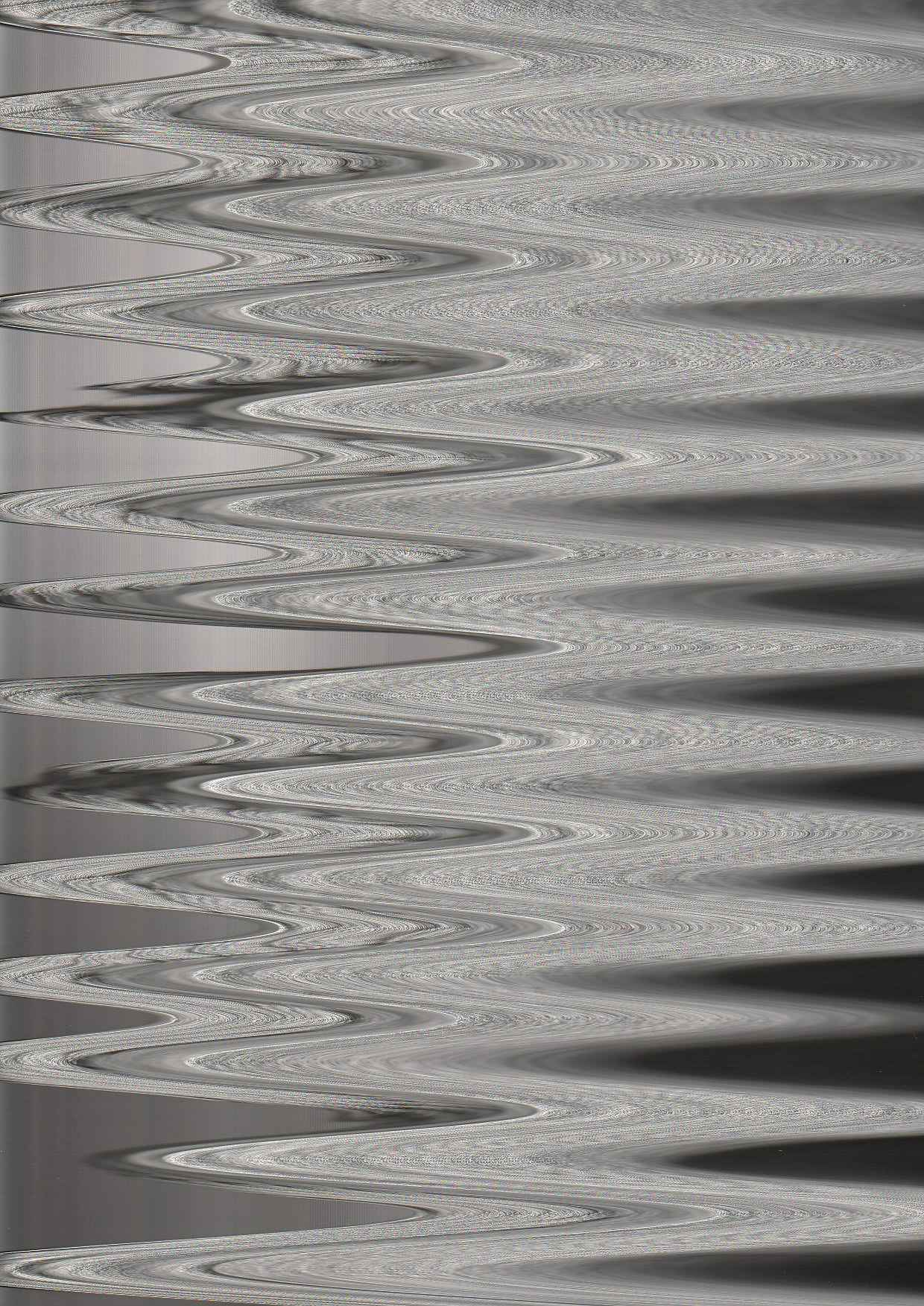
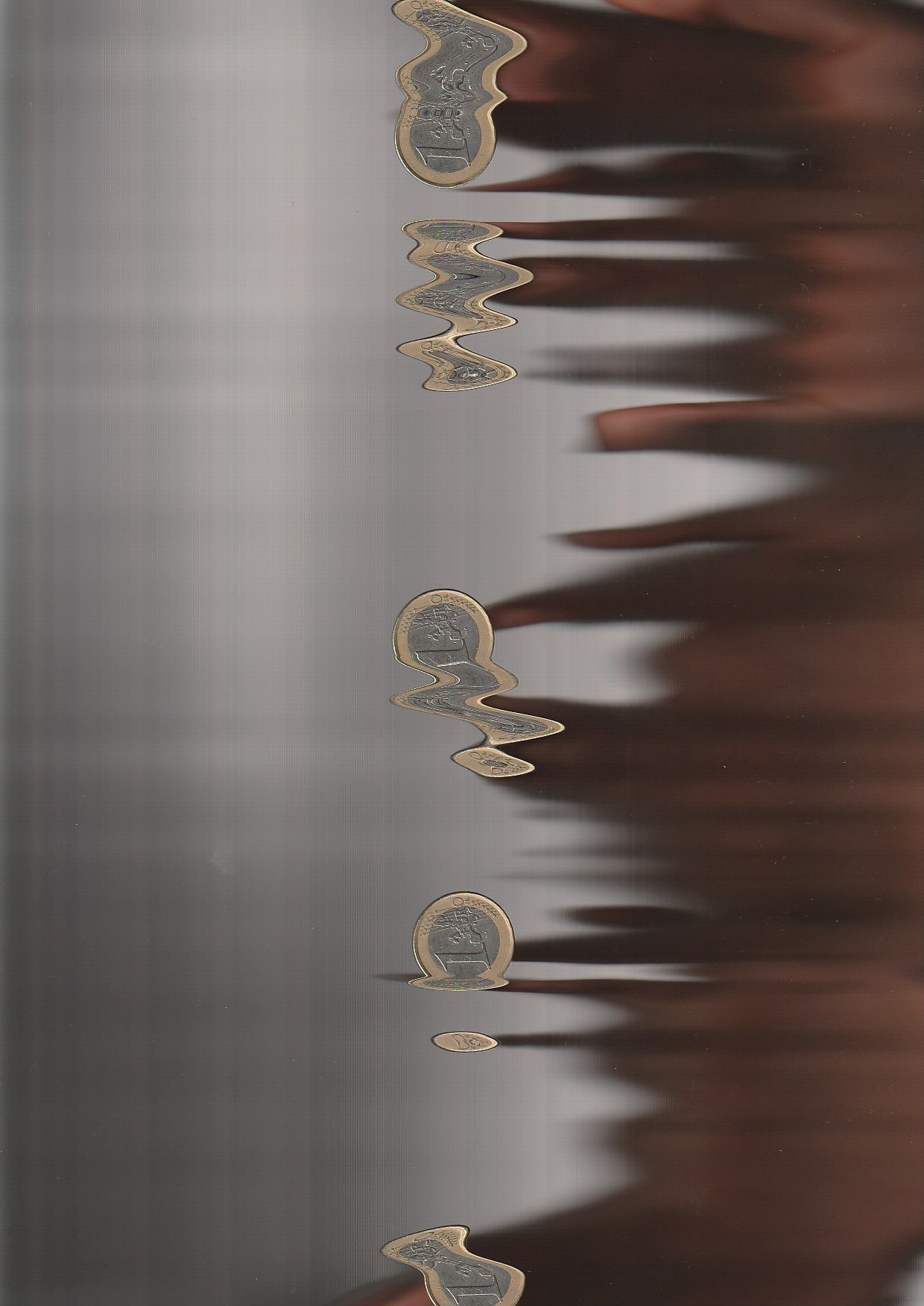


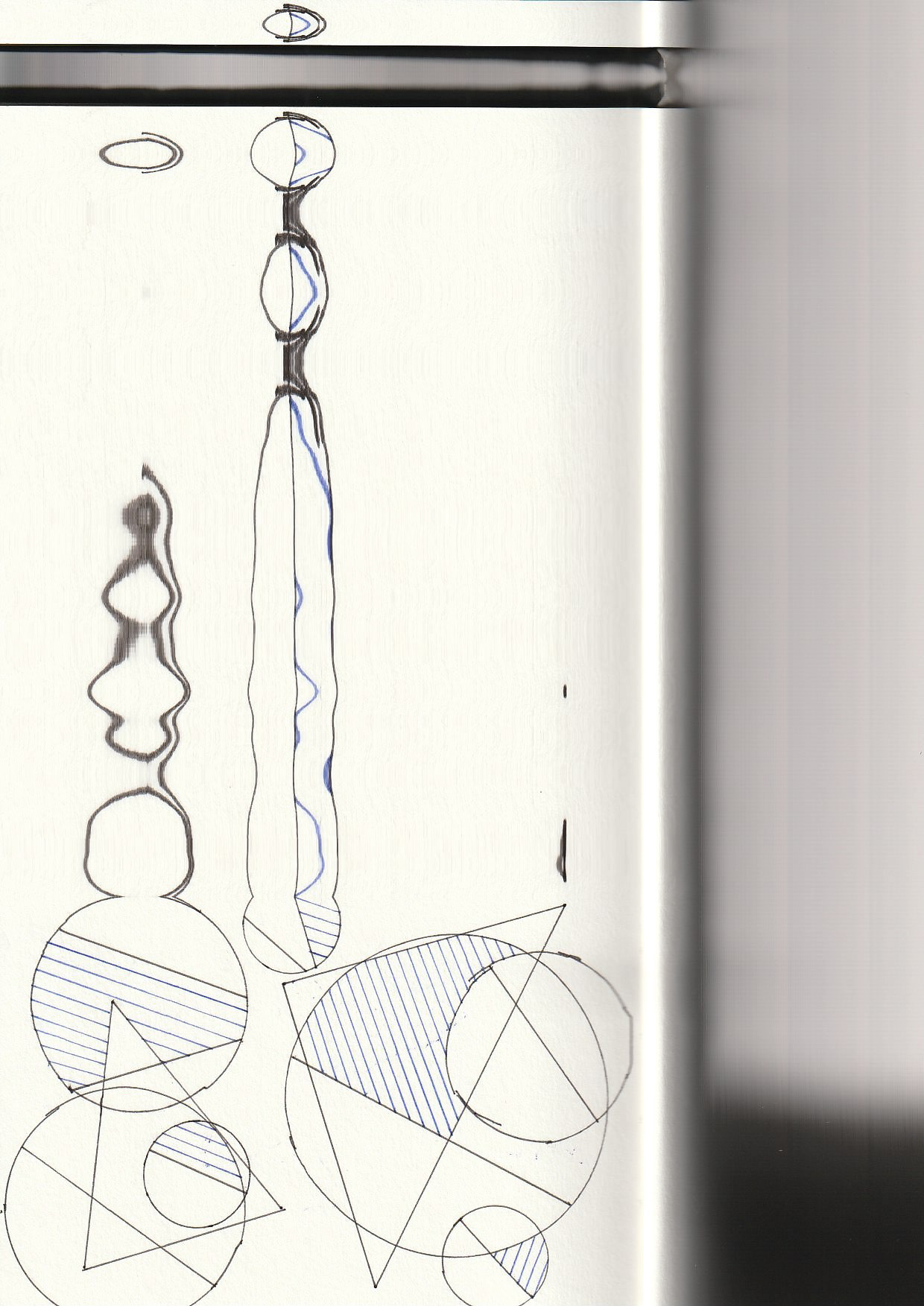
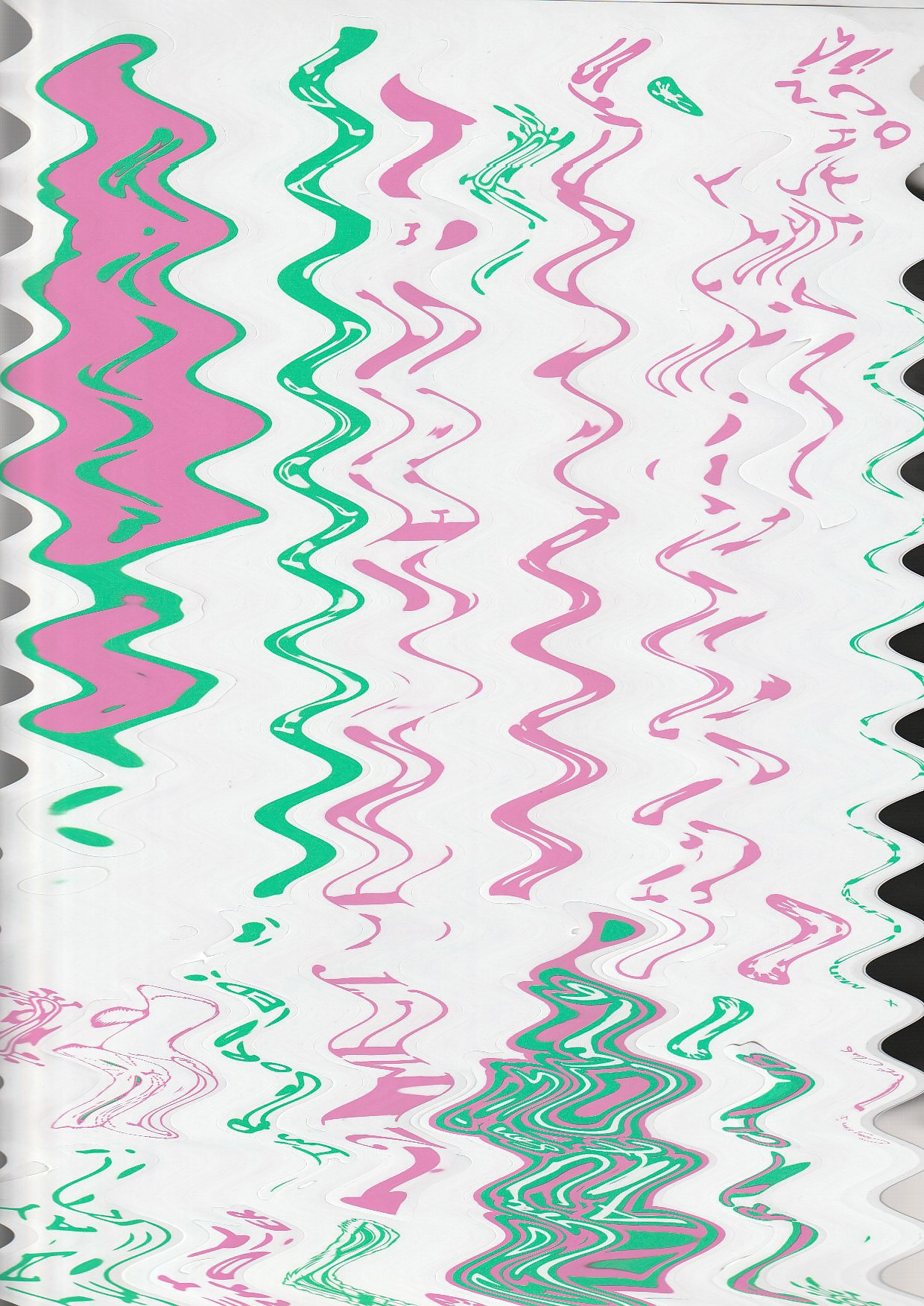

I tried out different object experimentations on a scanner, I gave myself some rules, like turning in a circle, moving up and down, and stopping and starting. I like how different manipulation can occur, like with the day workshop artwork could easily be created from this.
Spirograph
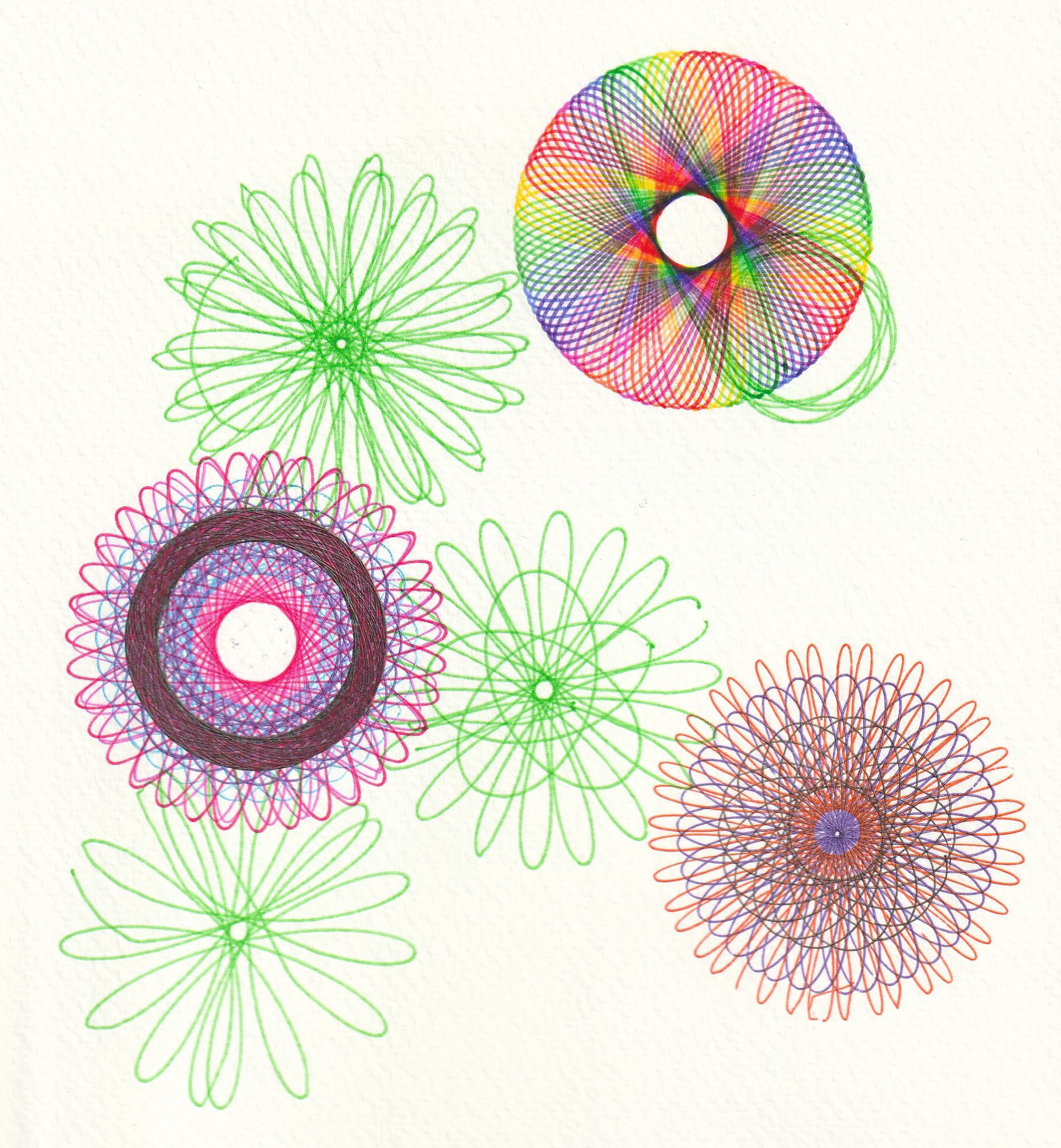
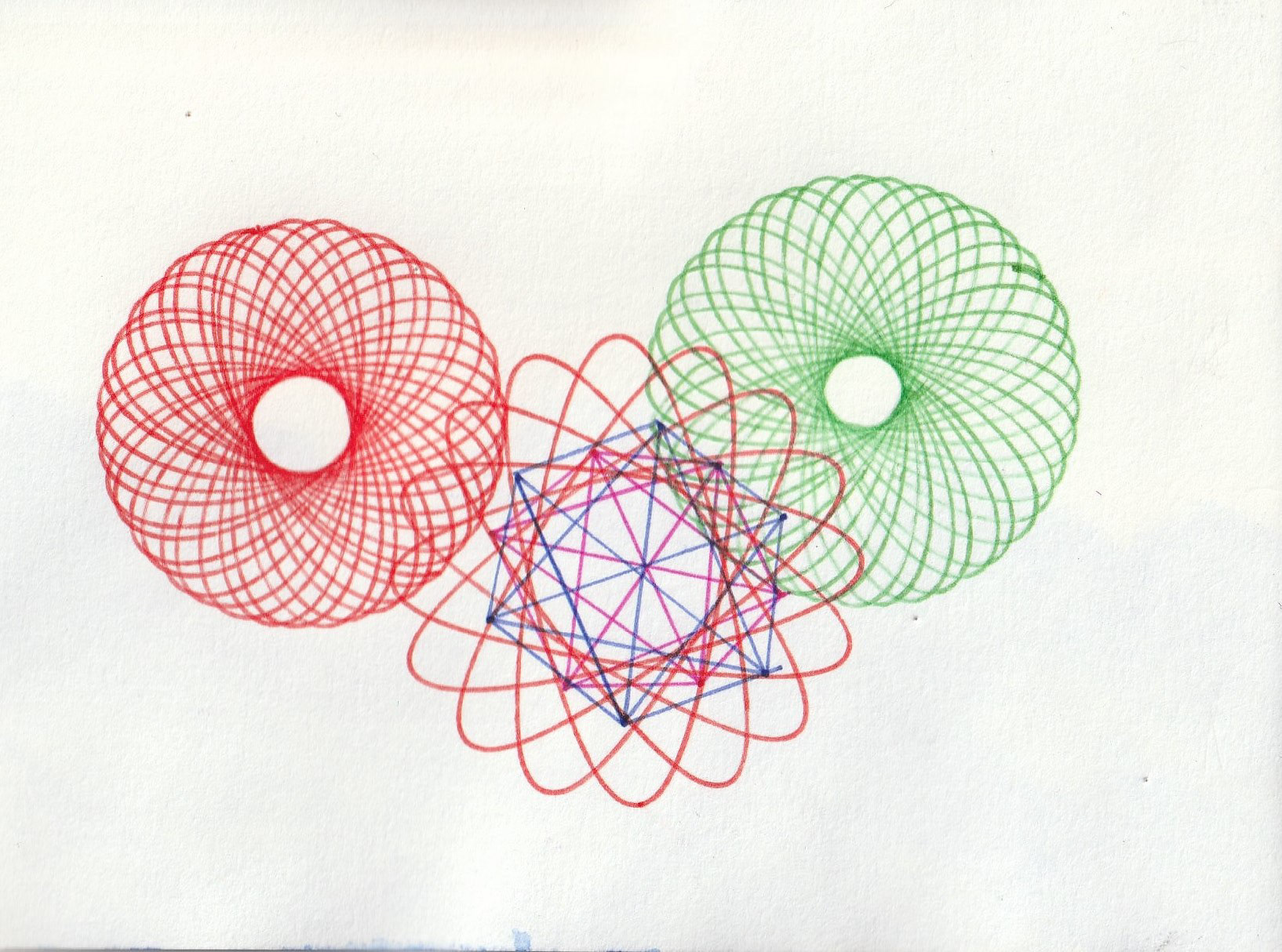
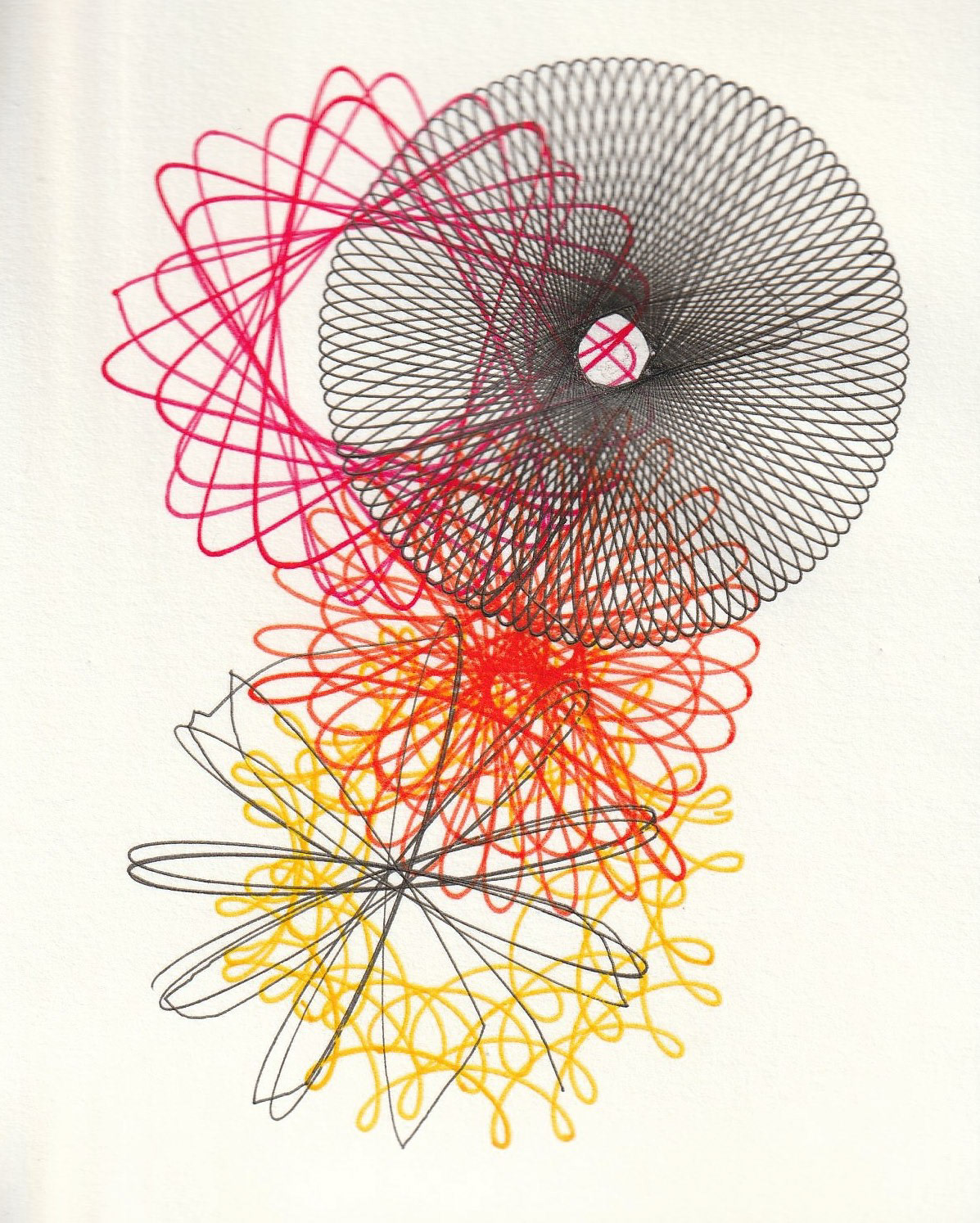


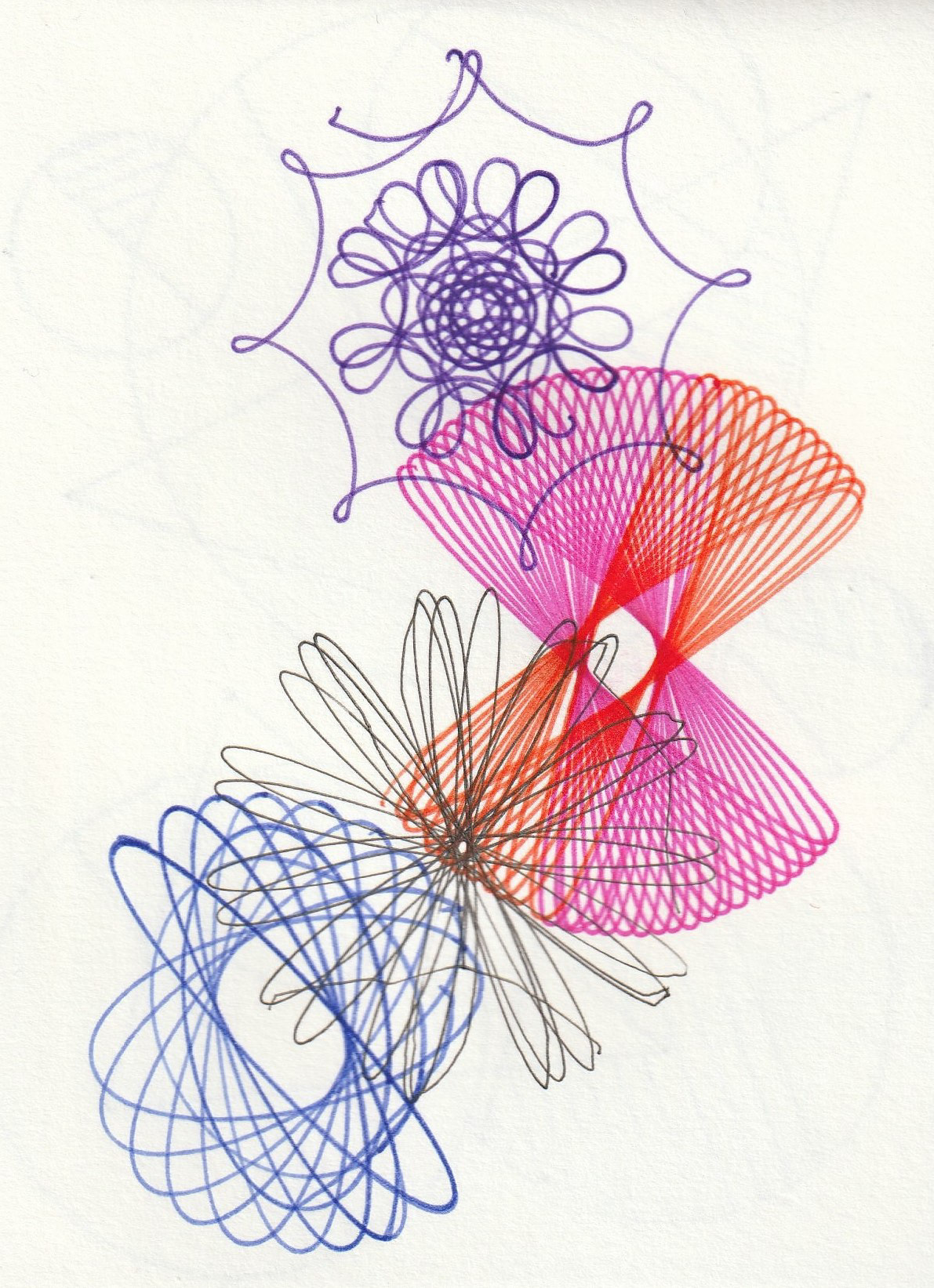
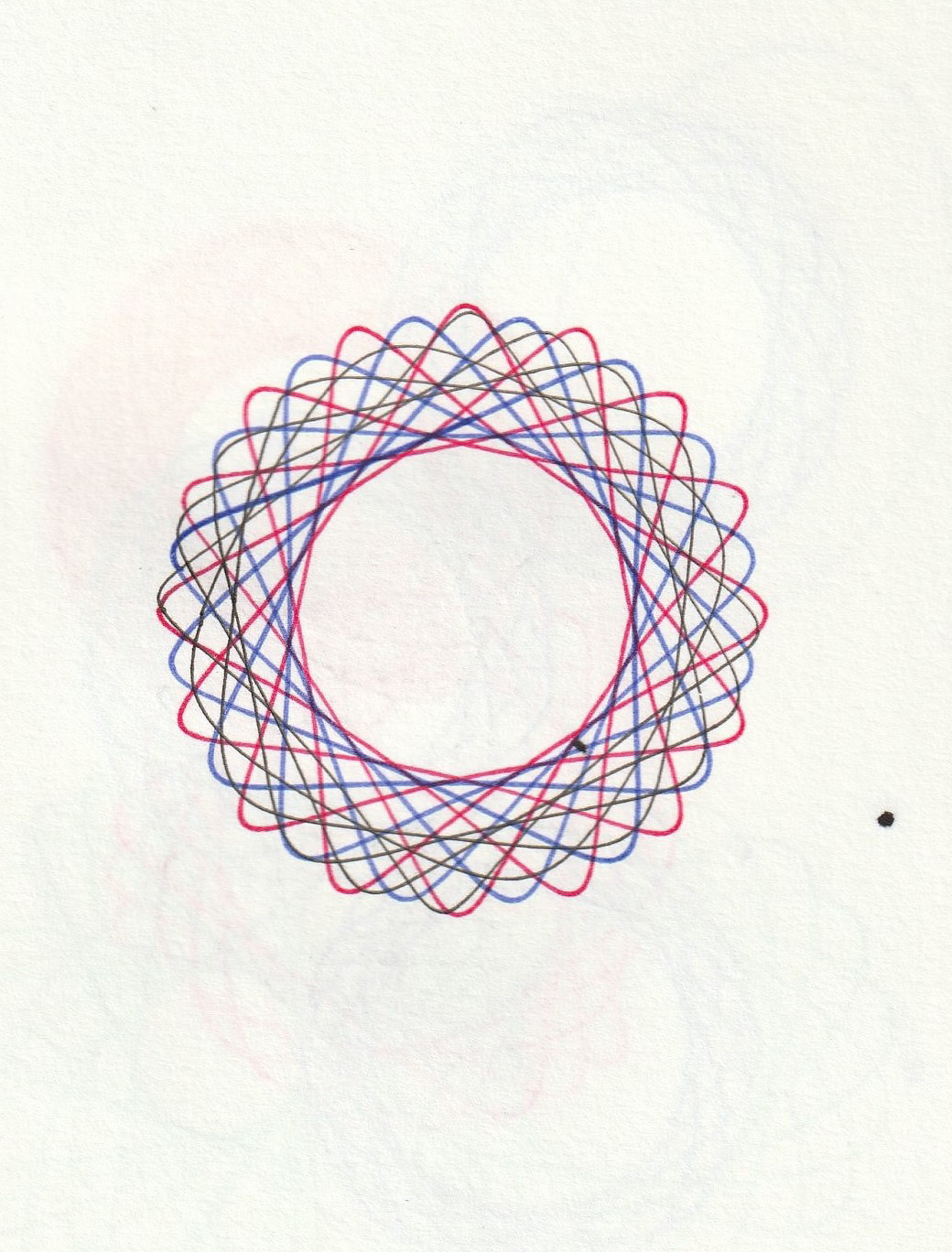
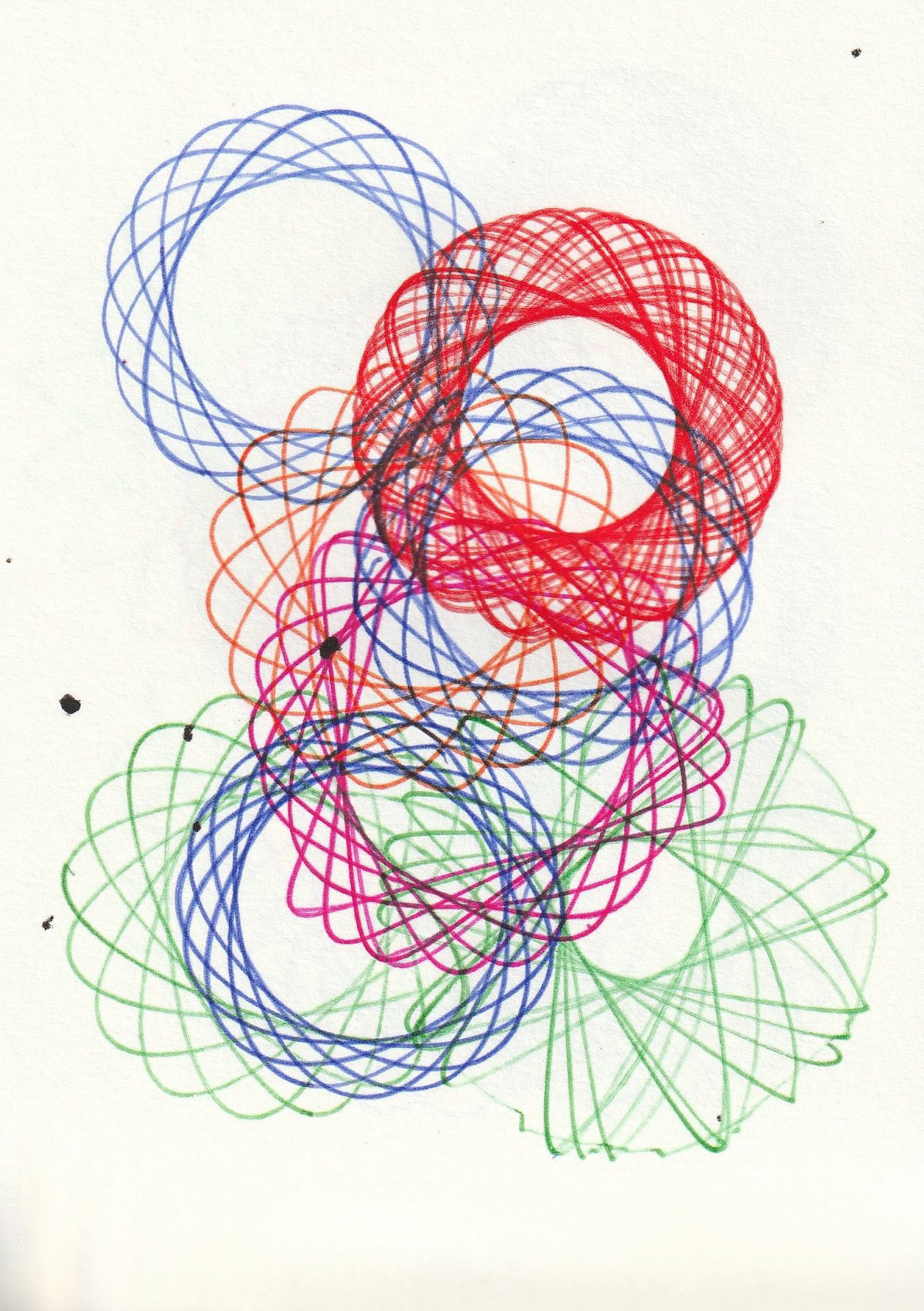
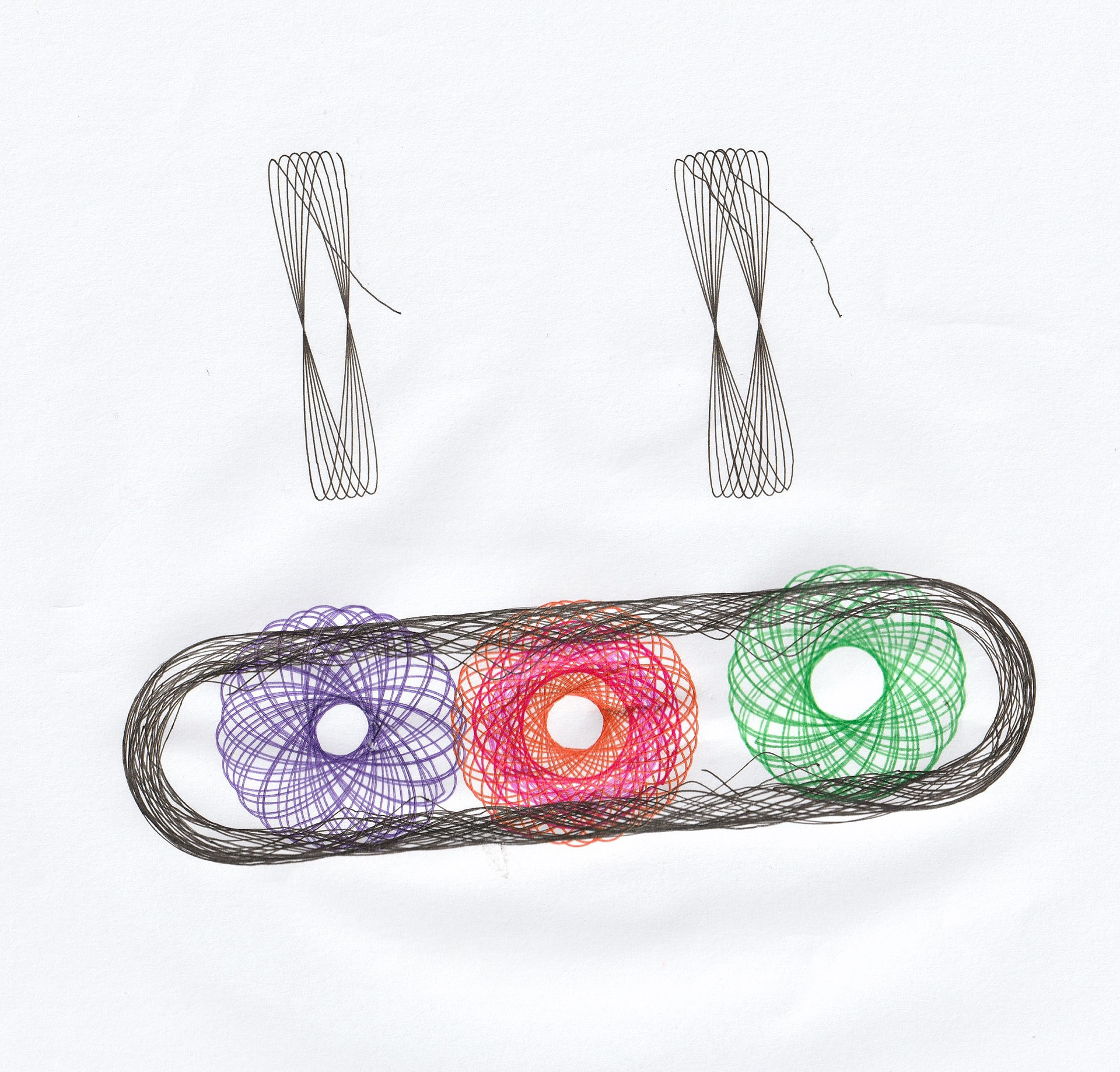
I played around with my spirograph set as I felt in one way the could lend itself to algorithms since there are various number options for each plastic circle. I like the colours and lines you get from these, but I see how it may not be the most solid point to stand on.
Played Chess
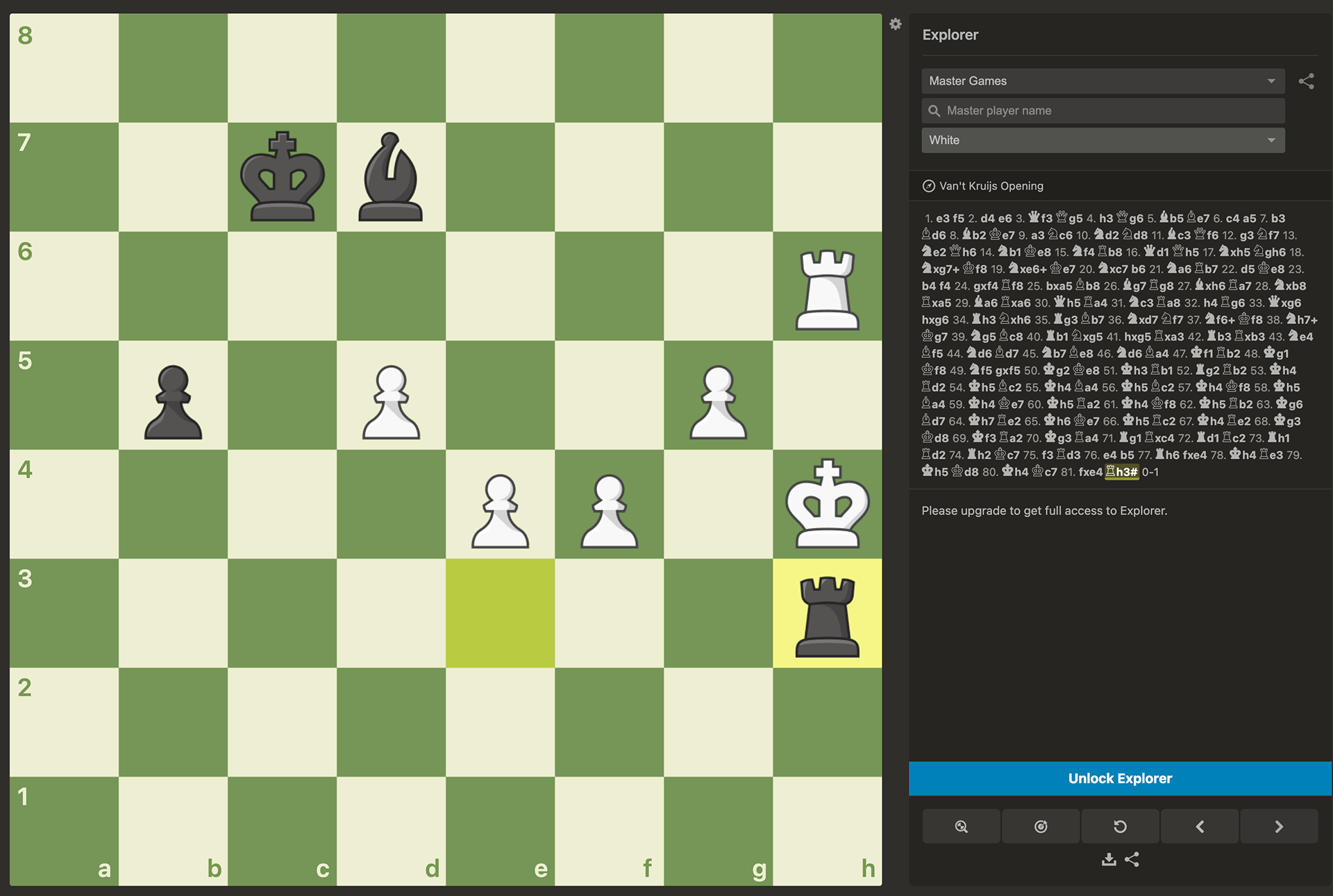
I also gave chess ago as I've never really played and looking at all the different moves possible reminds me of algorithms.
Tutorial and Feedback
Explain feedback here:
My notes:
Scanner things
try some more rules
cameraless photography
how simple can it start at
test it away from graphic design techniques
restricting the same starting point
using the same object to start with
test with
restrict with the medium
baseline
practise based research
think about themes I could relate it to
tool kit for designers
commentry with relationship with technoglogy
relationship too
martin jeth
record of how i made what I made
documenting it all
easier to retrace my steps
paricpratory aspect
scanner
context for systems
time restrictions
one day at a time
hour brief
day brief
10min brief
line idea
The first tutorial; was helpful, whilst I felt i've been experimenting well, I don't have much direction. It was suggested adding more restrains and narrowing down the idea, like setting rules for the scanner and creating images. Also doing a running commentary of everything and anything I do could be beneficial for creating the final project.
Certain themes brought up like algorithmic art, commentary between humans relationship with technology and carrying on with practise based research could be a good thing.
Next Steps
These are my refined notes and next steps of possible paths I could take, I like the idea of exploring these topics as I could imagine them creating a solid final product.
Whilst I was all ready for developing my idea, I didn't feel very creative. Anything that I tried to start I just didn't get the enthusiasm for my ideas.
As my notes explain I found myself procrastinating a lot.
Starting with one object
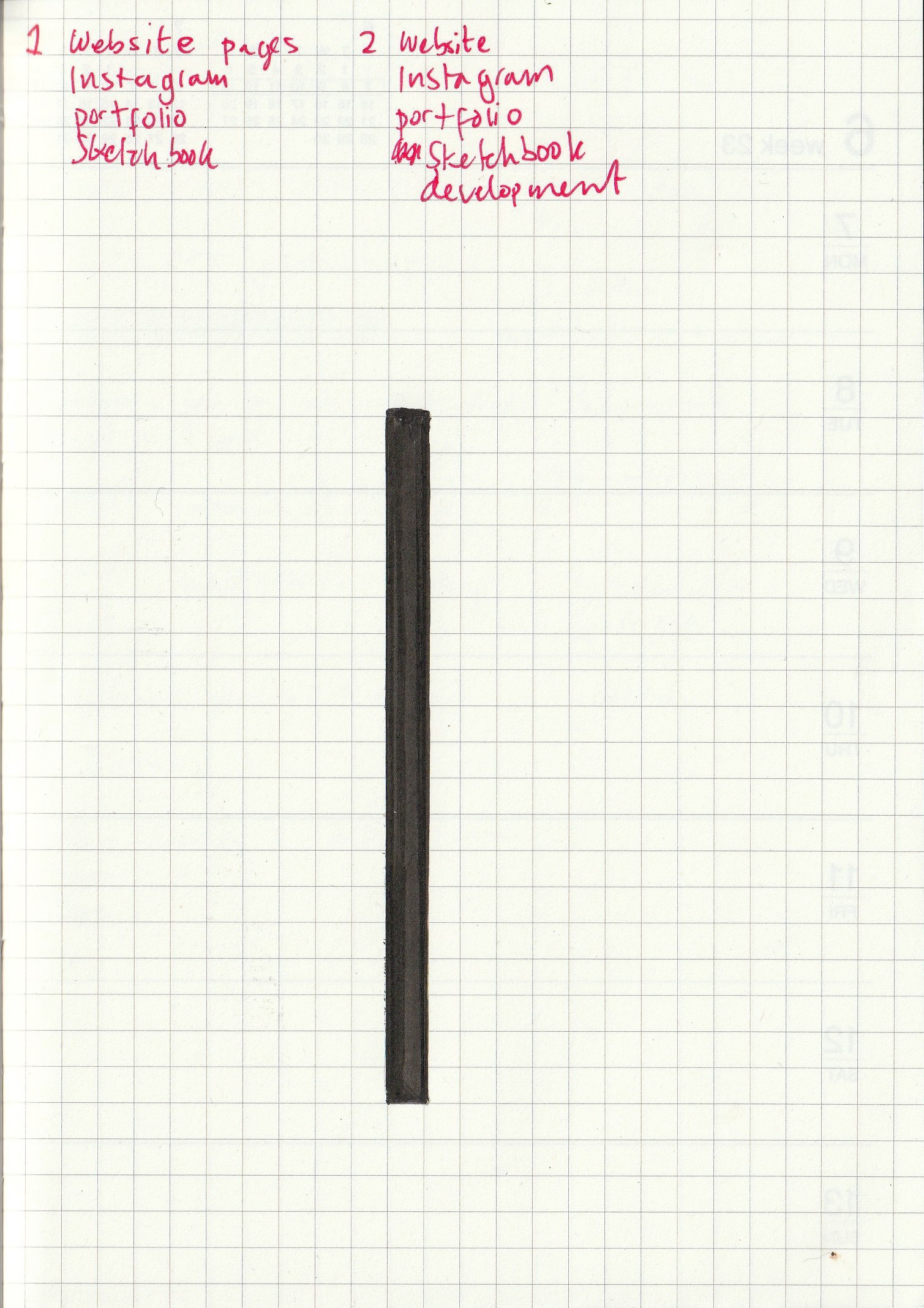
ORIGINAL
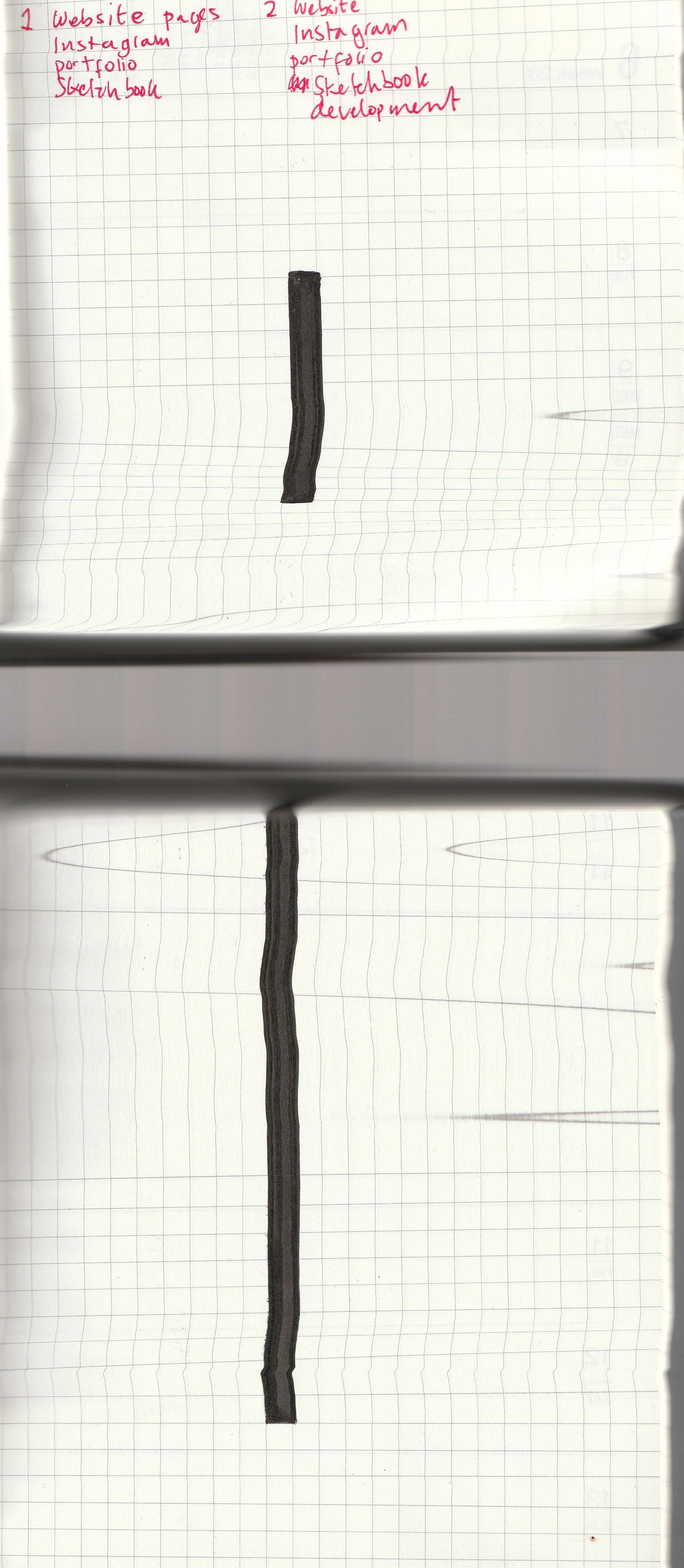
STOP AND START
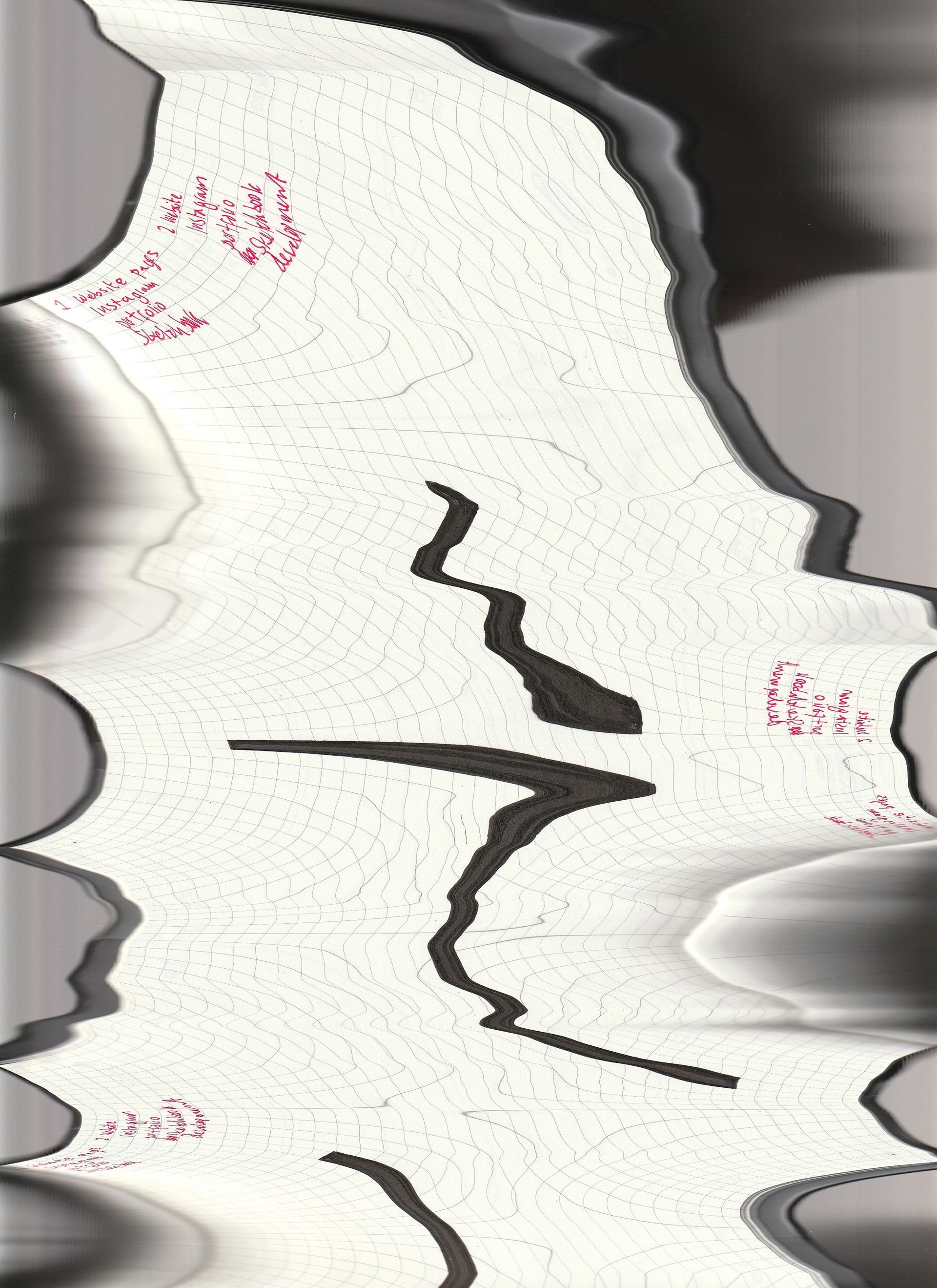
TURING IN CIRCLES

MOVING PAGE UP AND DOWN
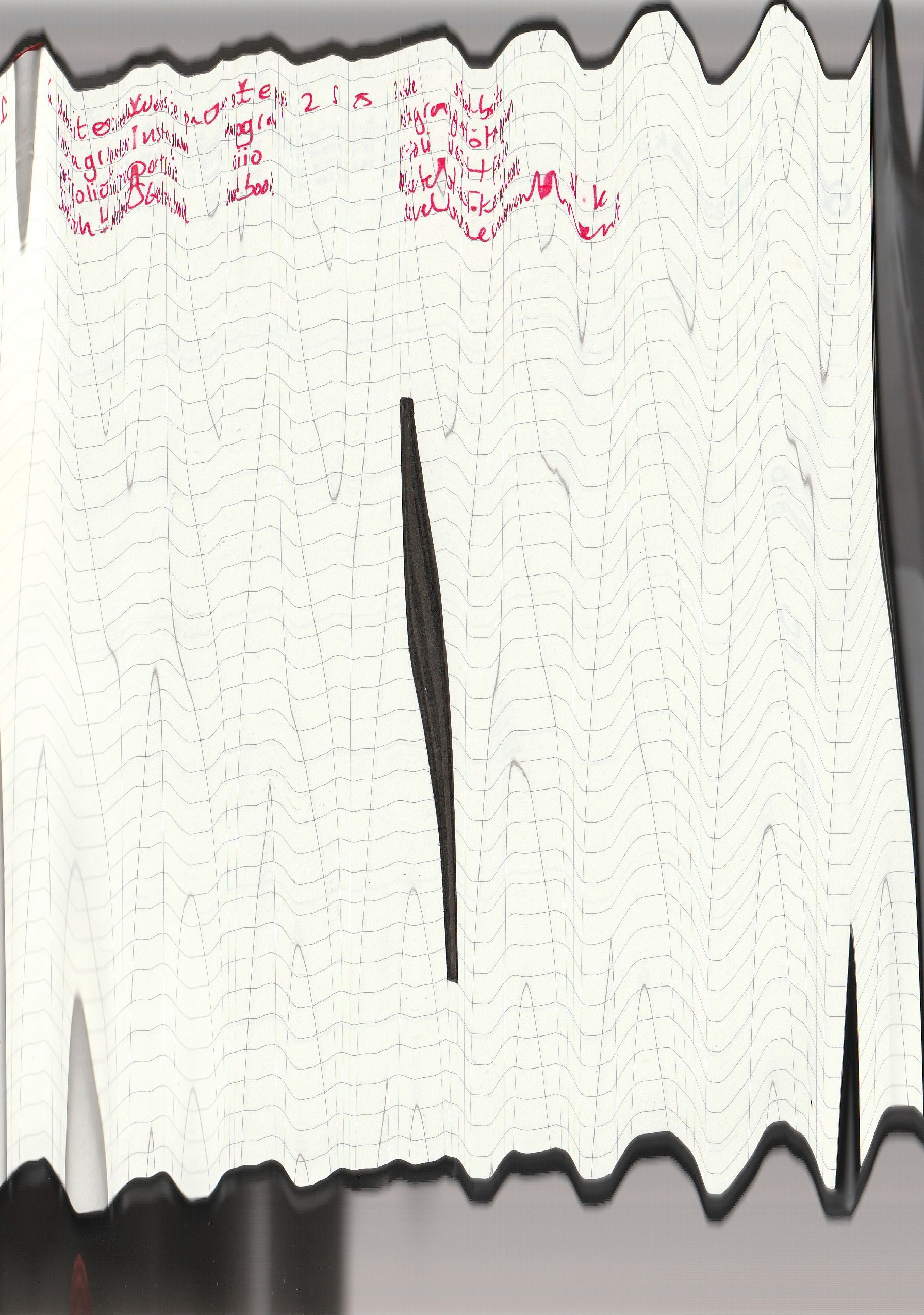
MOVING PAGE SLIGHTLY SIDEE TO SIDE
Captions on the image explain what I did.
These are my experiments with a thin rectangle, I like where this could go and how these images could be manipulated to create more.
I also like how the grid itself is manipulated so I may try patterns next time.
AI Digital Friday
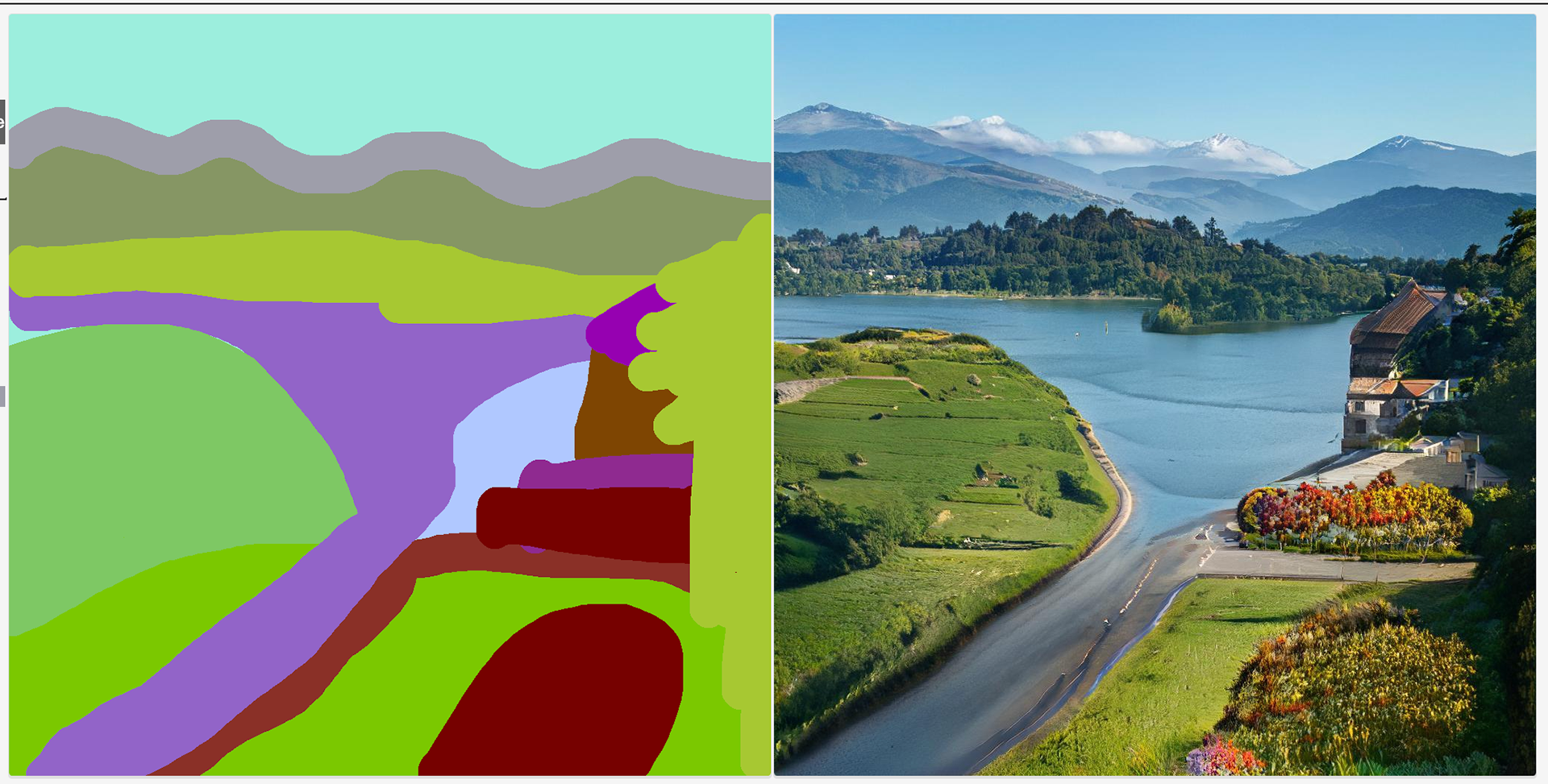
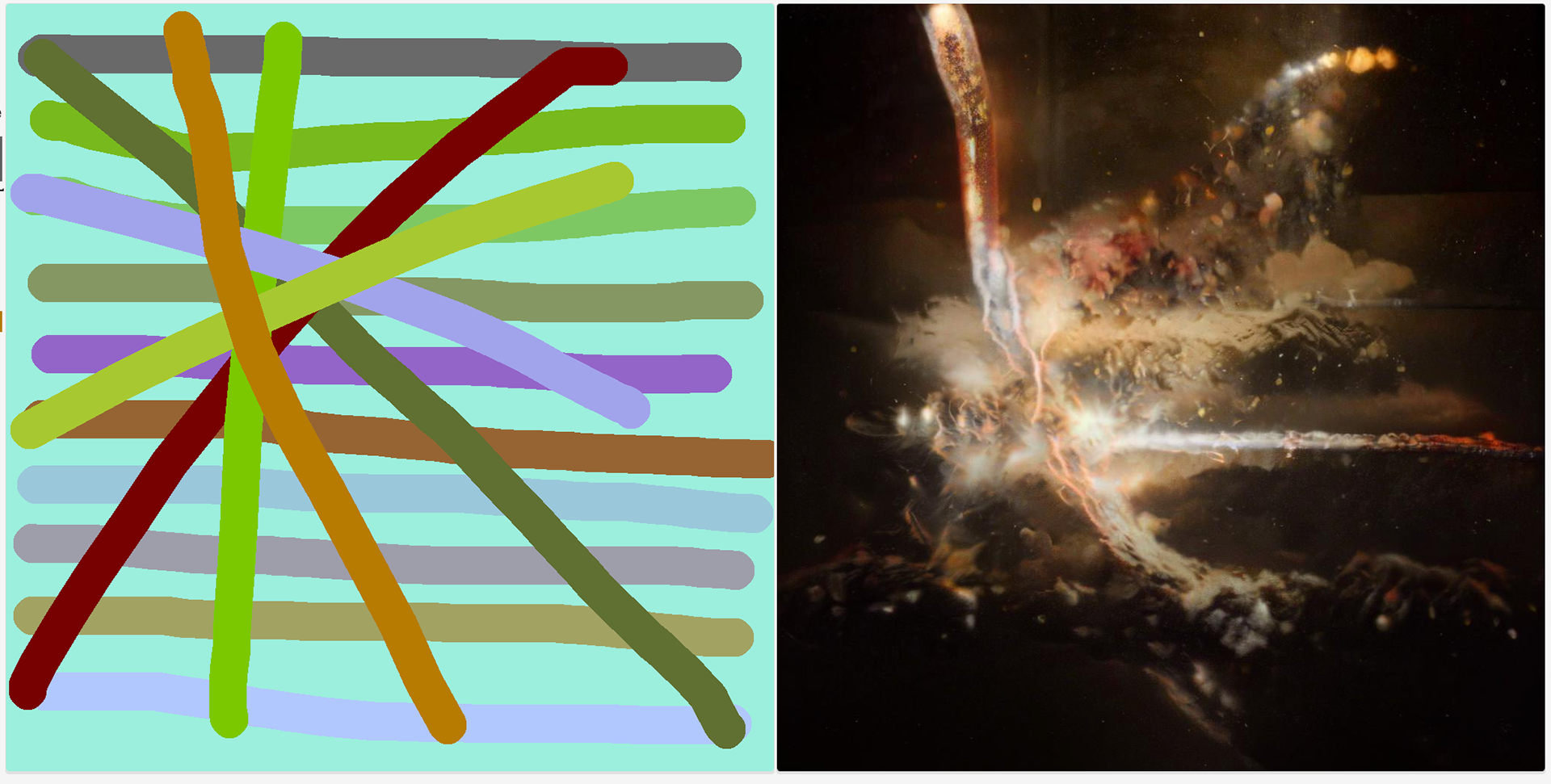
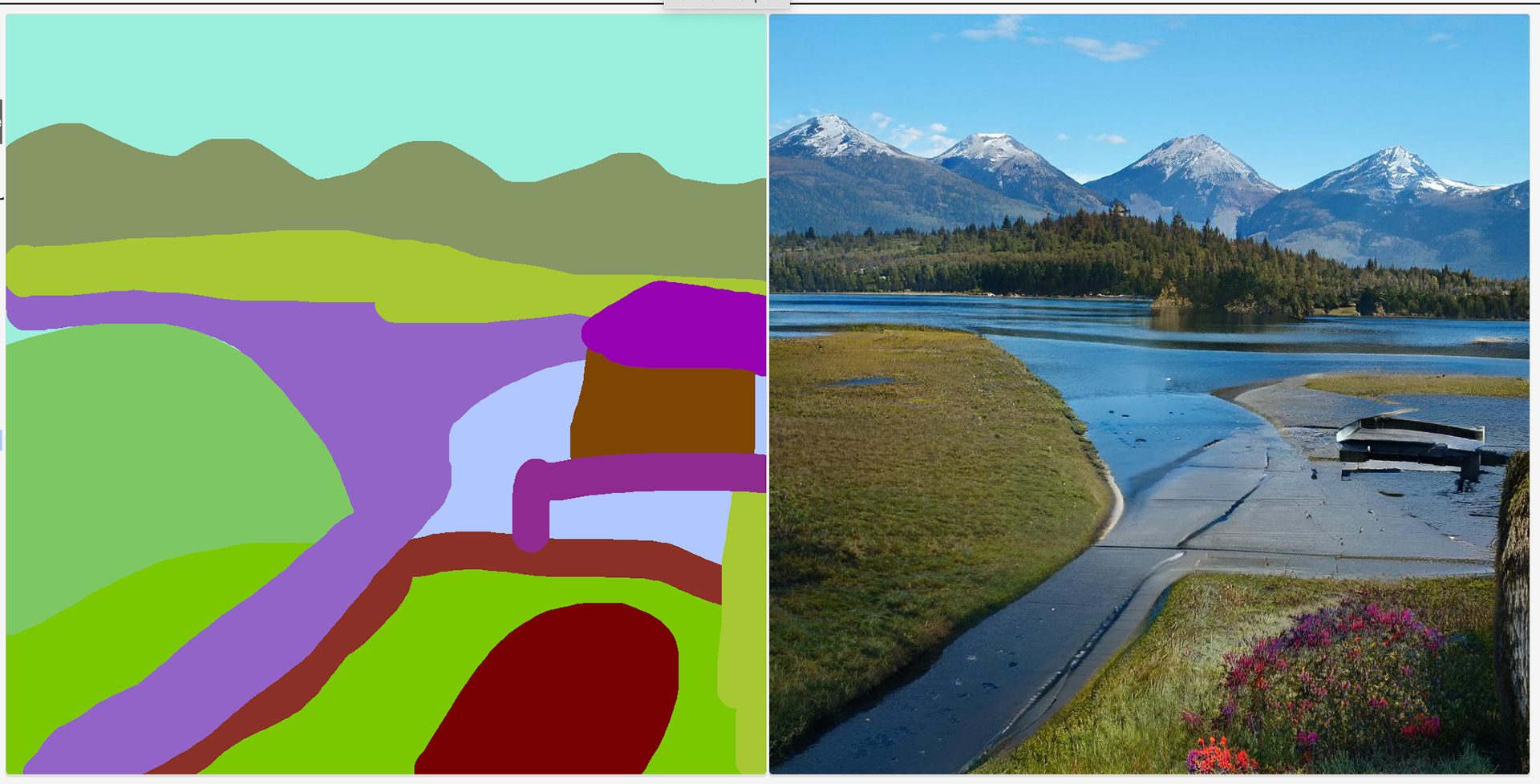
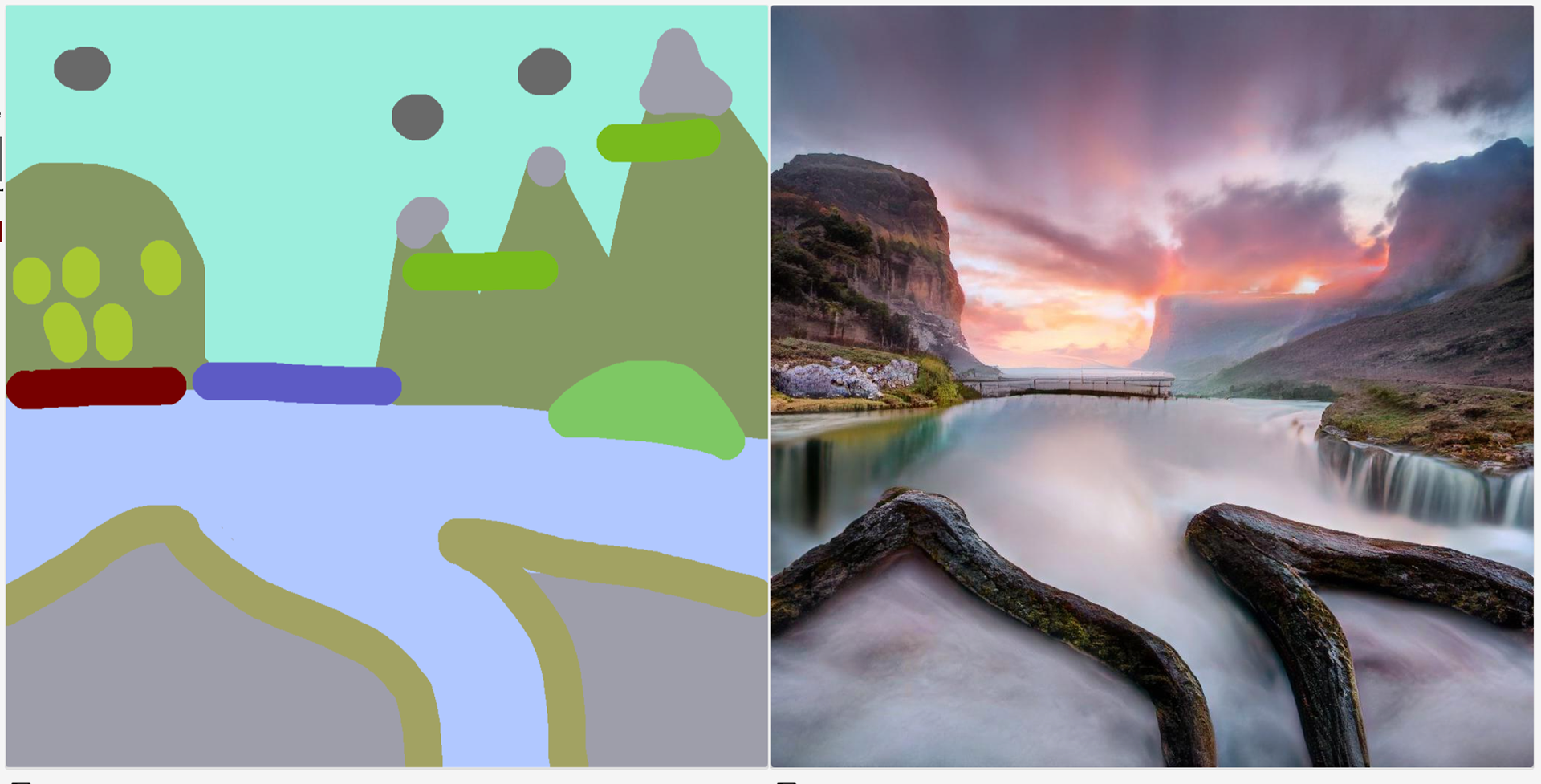



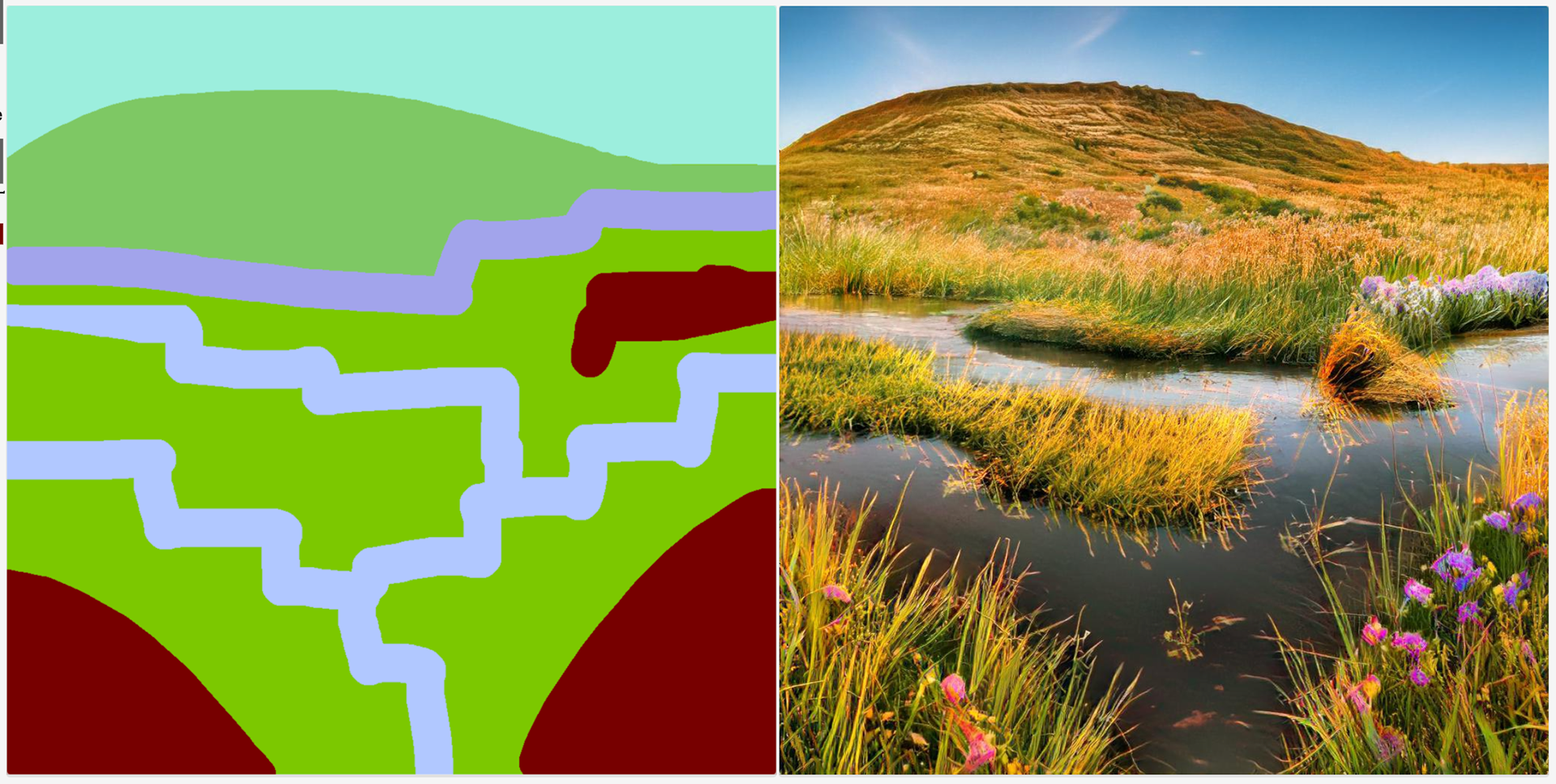
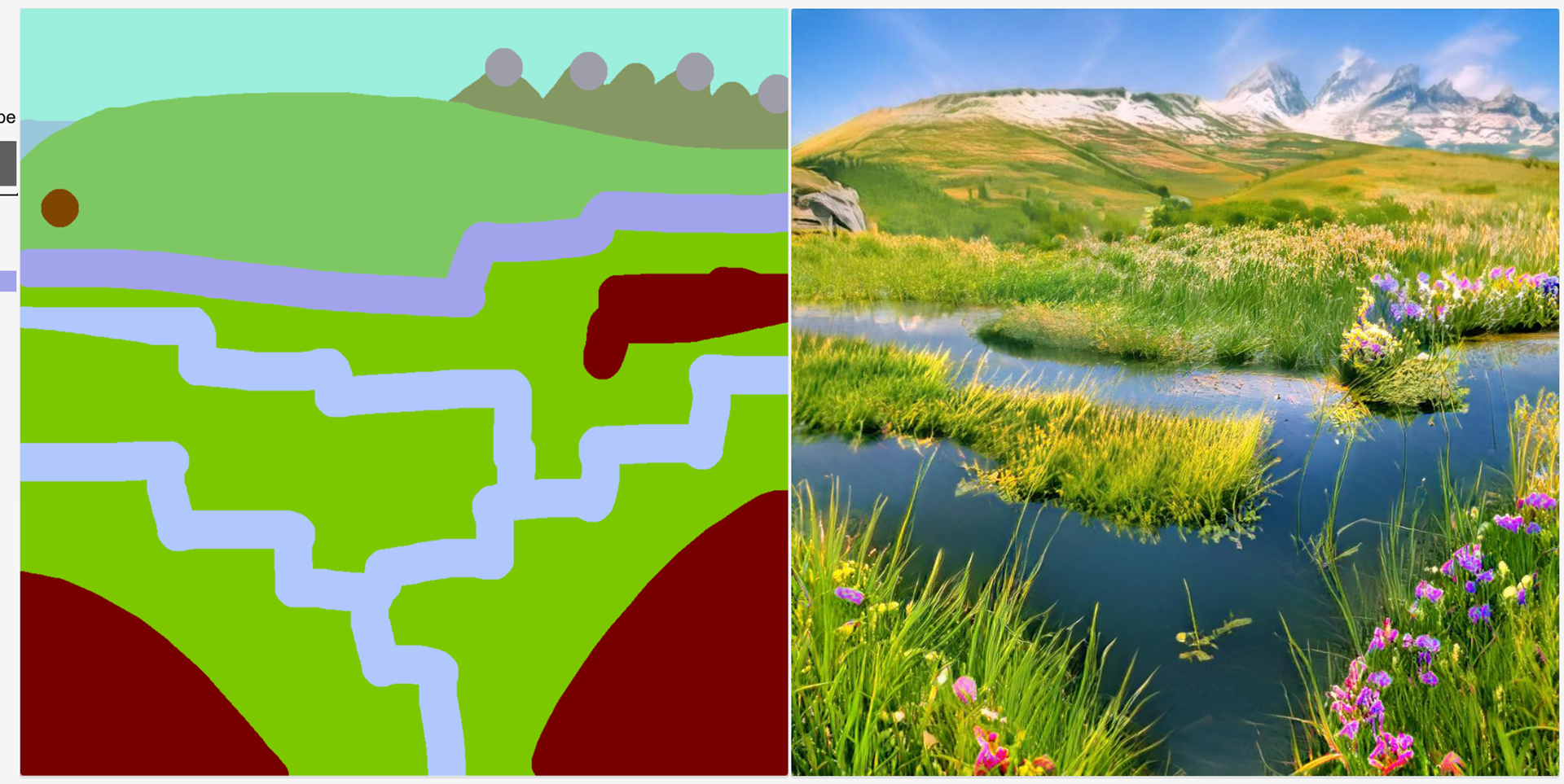
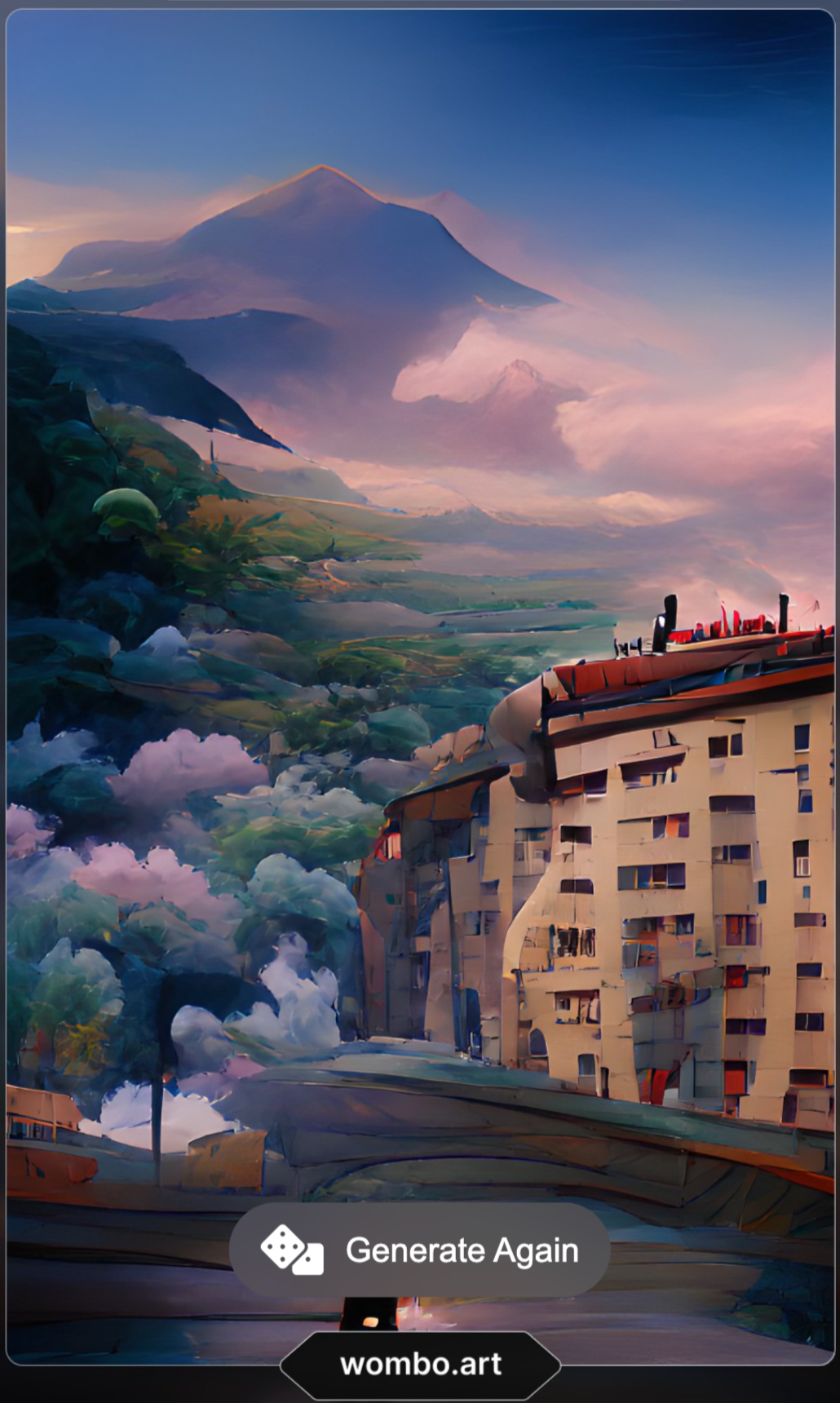
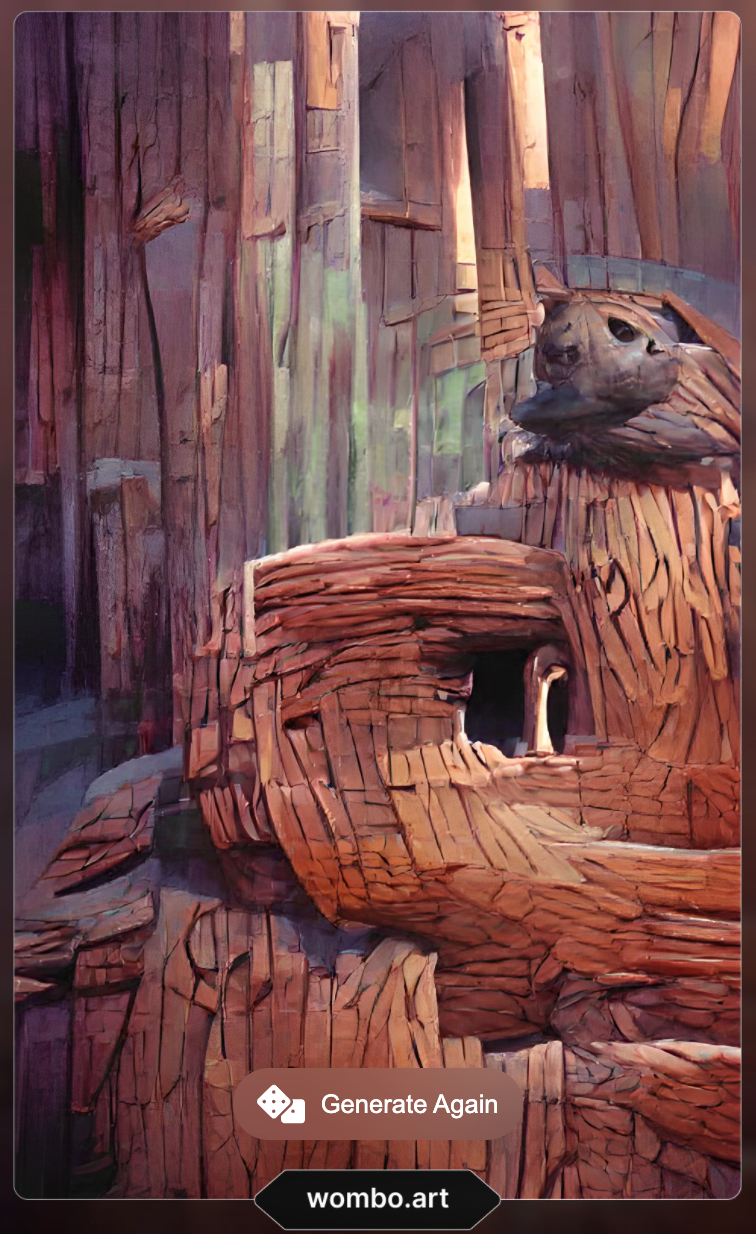
This was a really fun activity, it's really cool how such simple mouse drawn drawings can create landscapes like this. The power of AI can be great, but I'd quite like to sway away from the digital platform for this project as I am getting a bit sick of it.
Toxic Algorithms
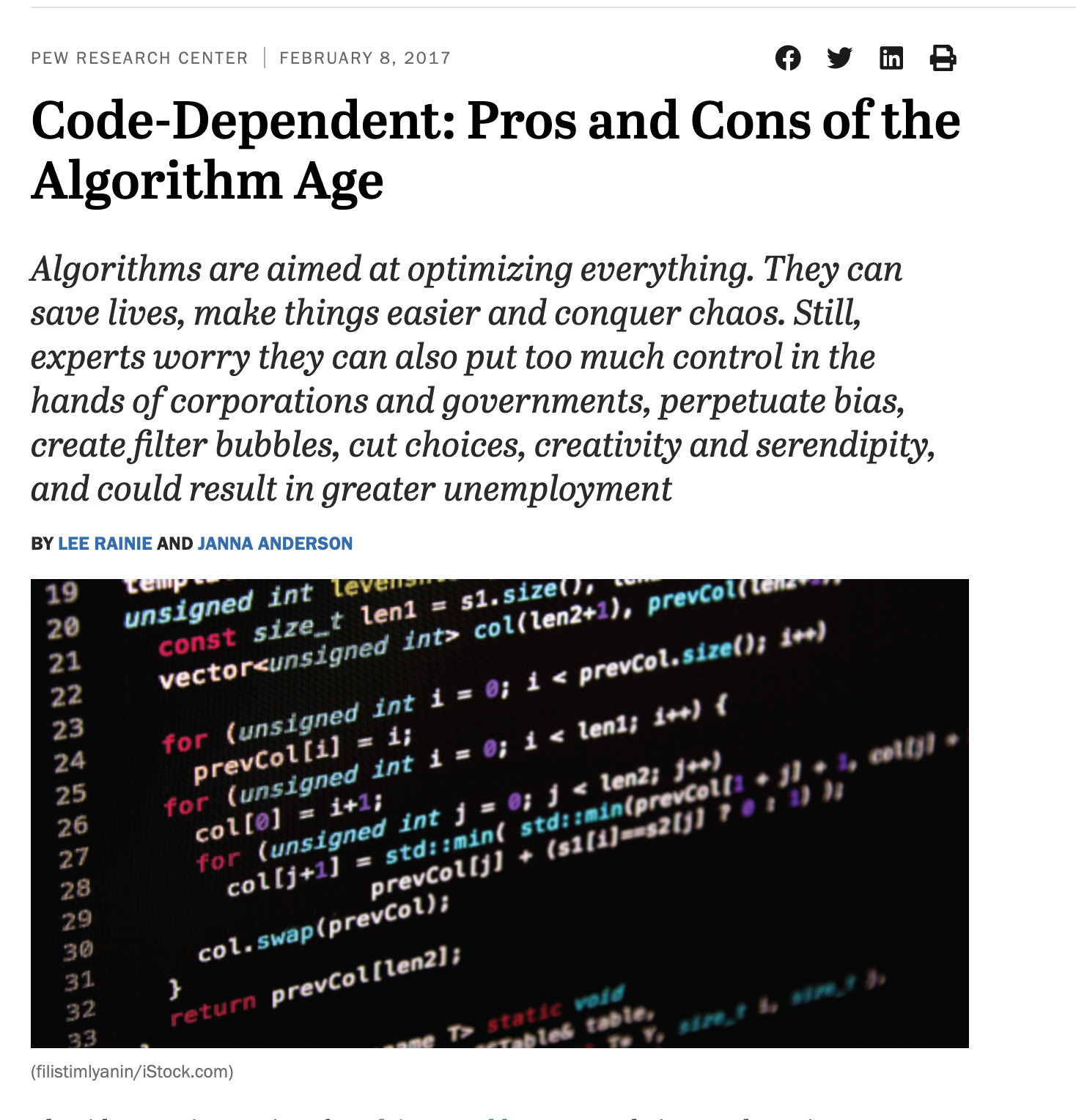
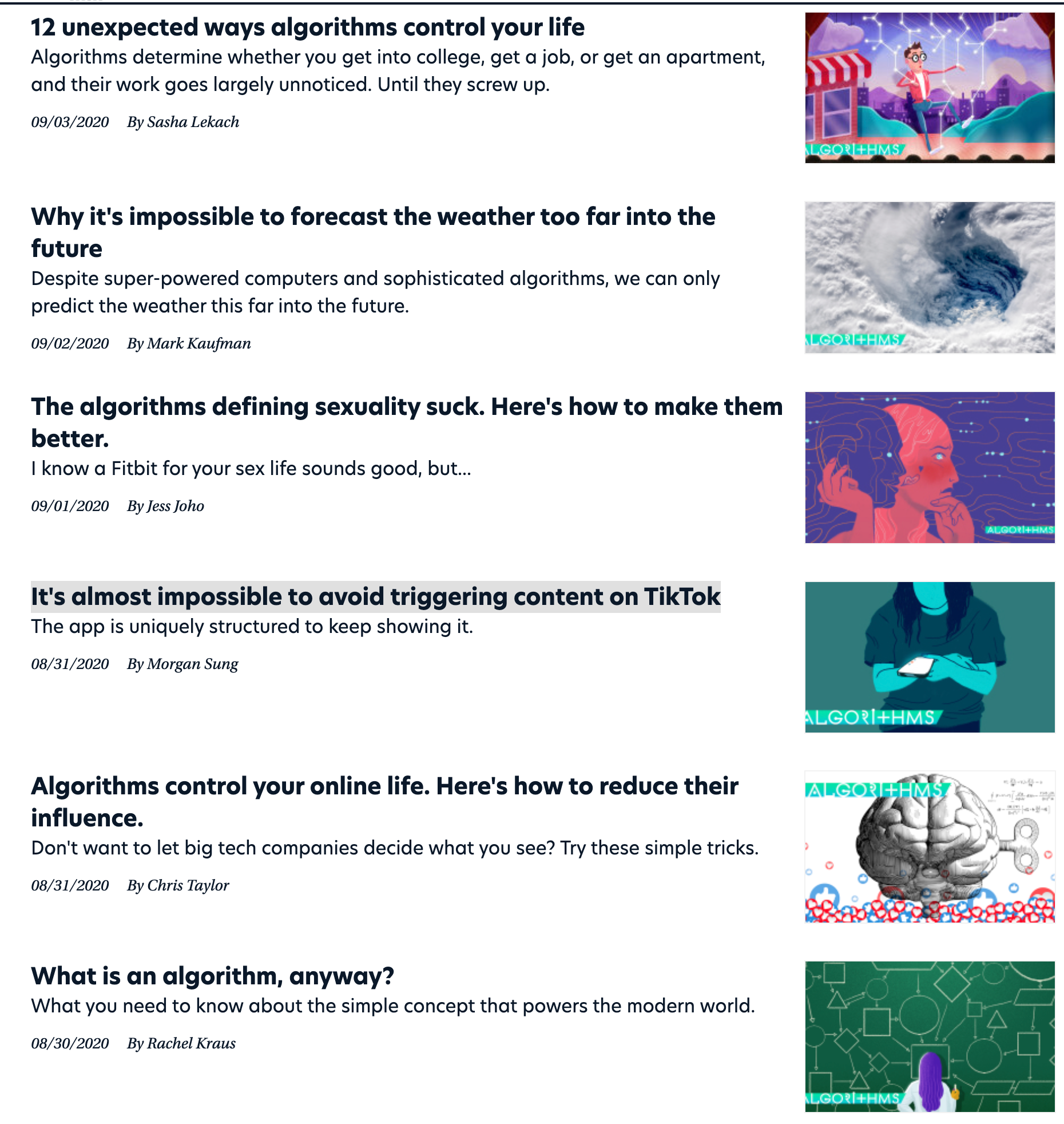

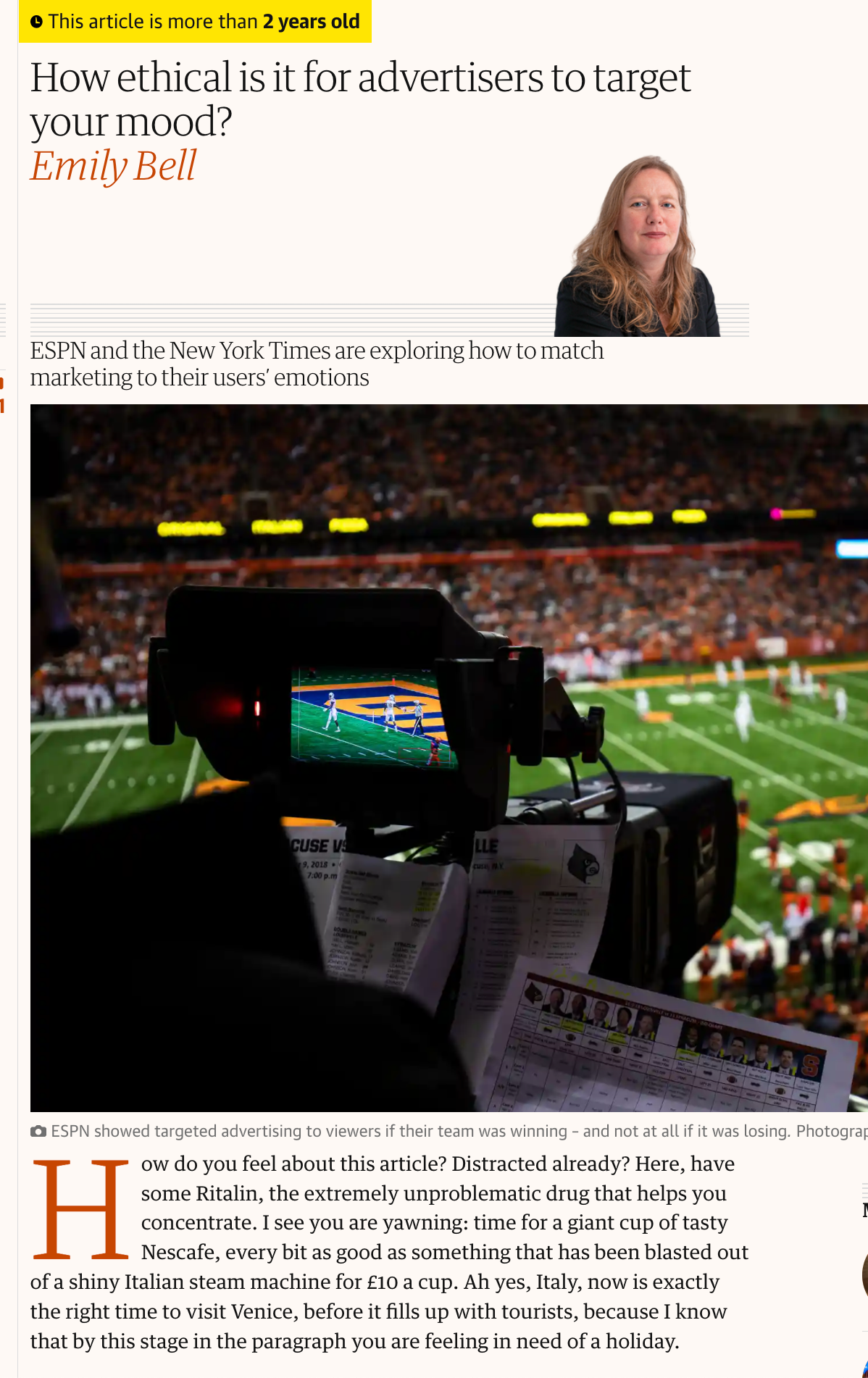

Another thing to look at and it is something that affects me is the bad things that algorithms are doing, whether that's swaying elections, distracting you from life/work, making you feel bad about yourself or pushing you to buy something you don't need. I
It's very hard in this day in age where so much revolves around money and selling that this will get any better. I'm not sure how I could do a piece of this but it is an interesting topic.
Separation Algorithm
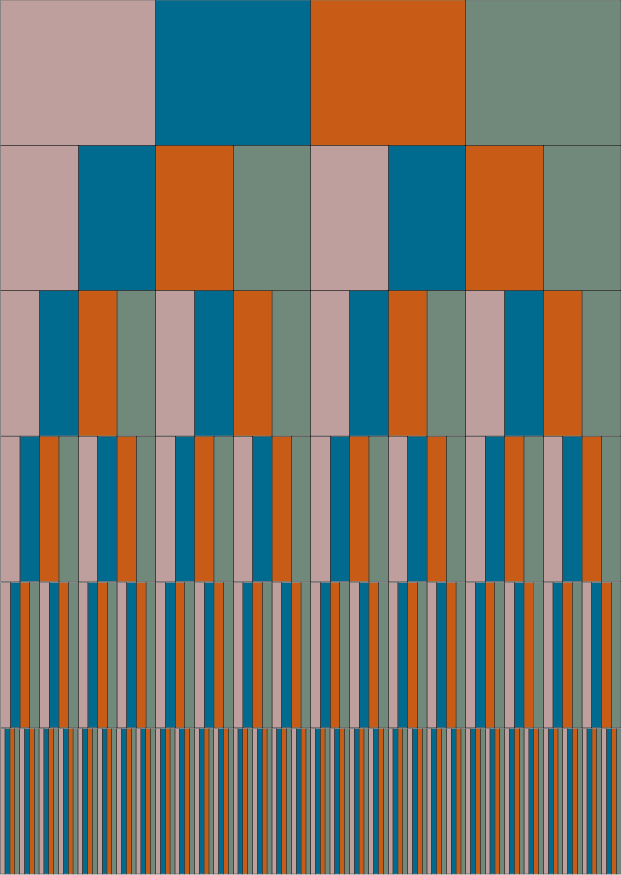

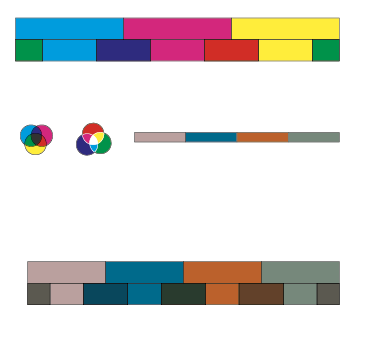
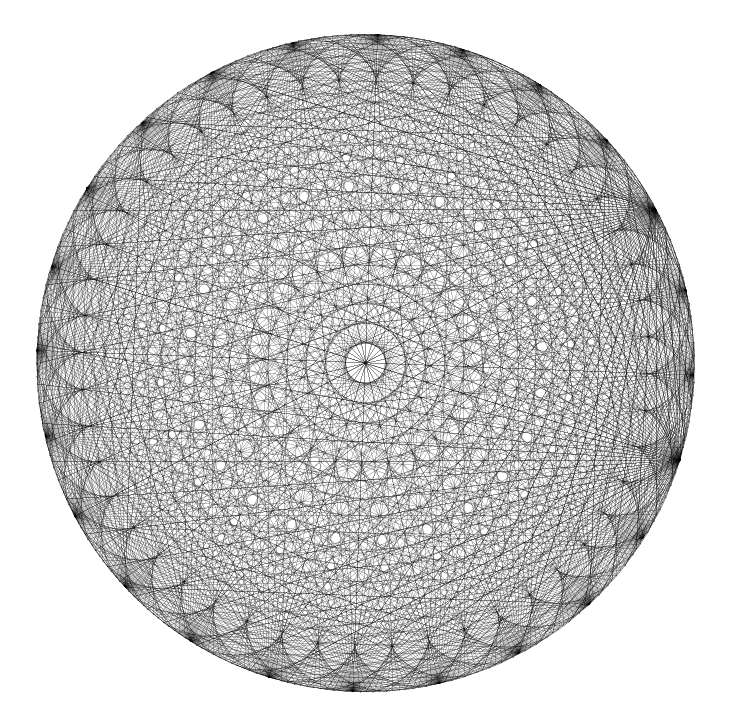
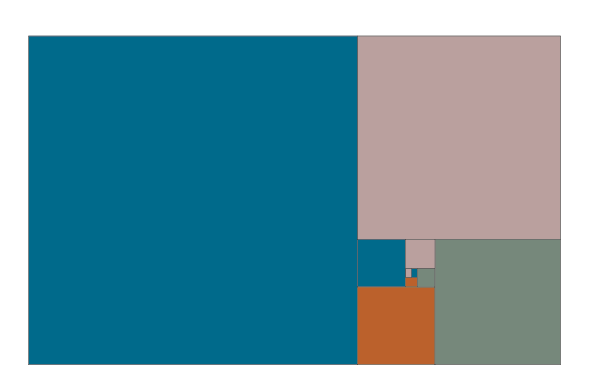
These are some illustrations/designs I did showing a mix of exponential growth, the golden ratio and spirographs.
Using Patterns for Data
I like how this piece could lend itself to tapestry piece. It reminds me of Anni Albers work, I like how this could be use to show some kind of data.
Anni Albers
https://www.thetextileatlas.com/craft-stories/anni-albers
https://olastudio.co.uk/ourjournal/women-of-bauhaus-anni-albers
https://www.tate.org.uk/kids/explore/who-is/who-piet-mondrian
Islamic Art
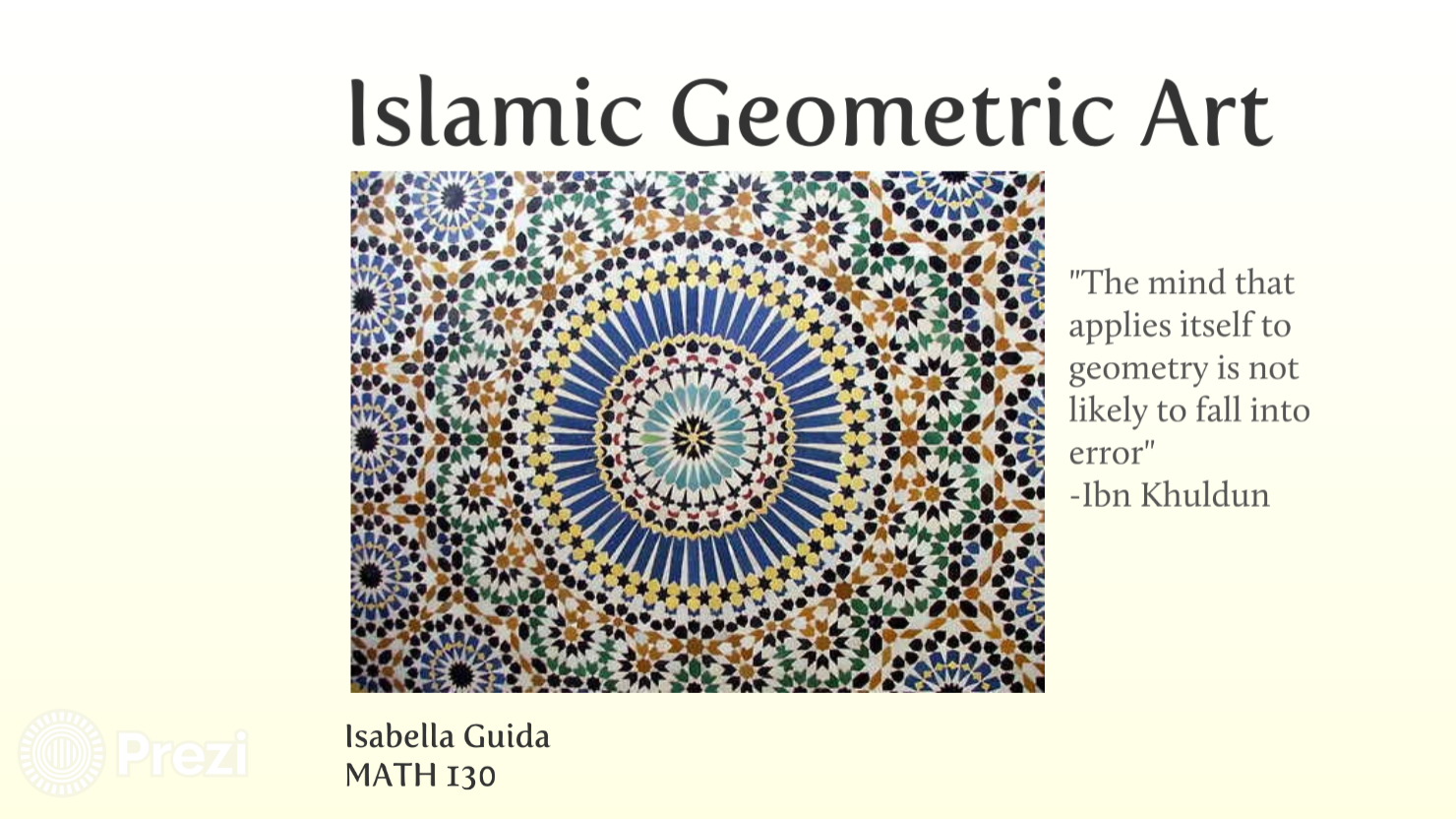
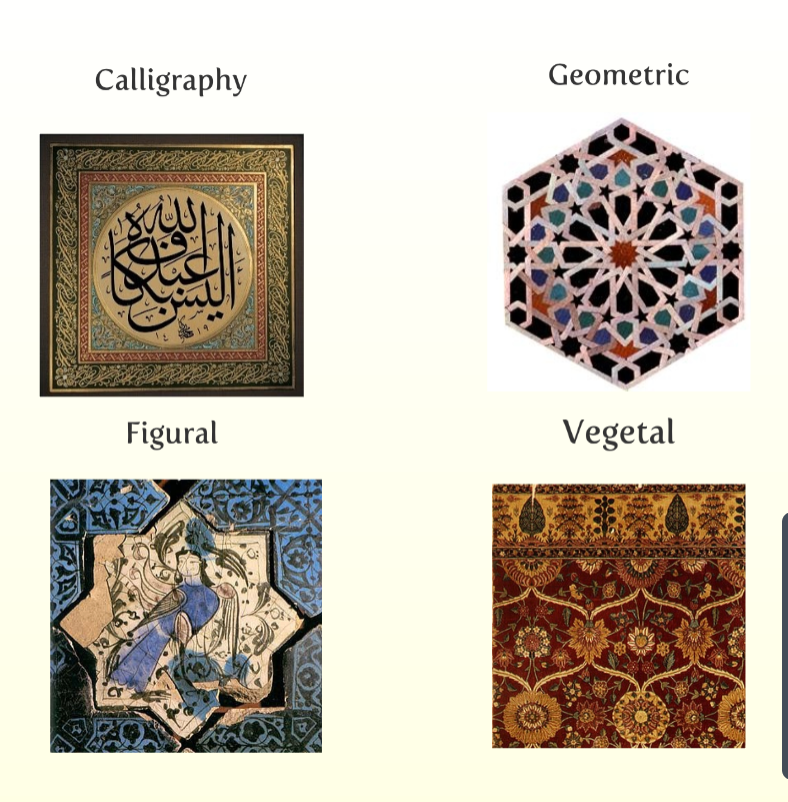

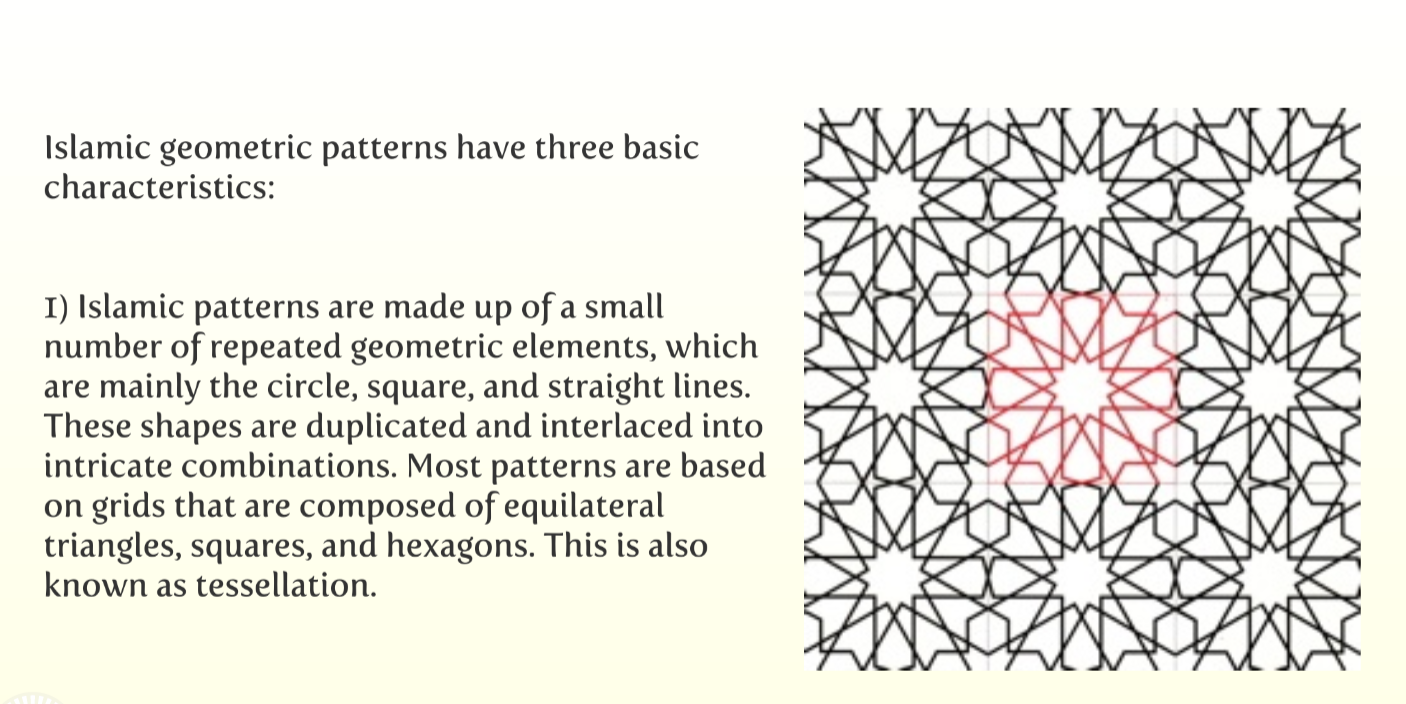
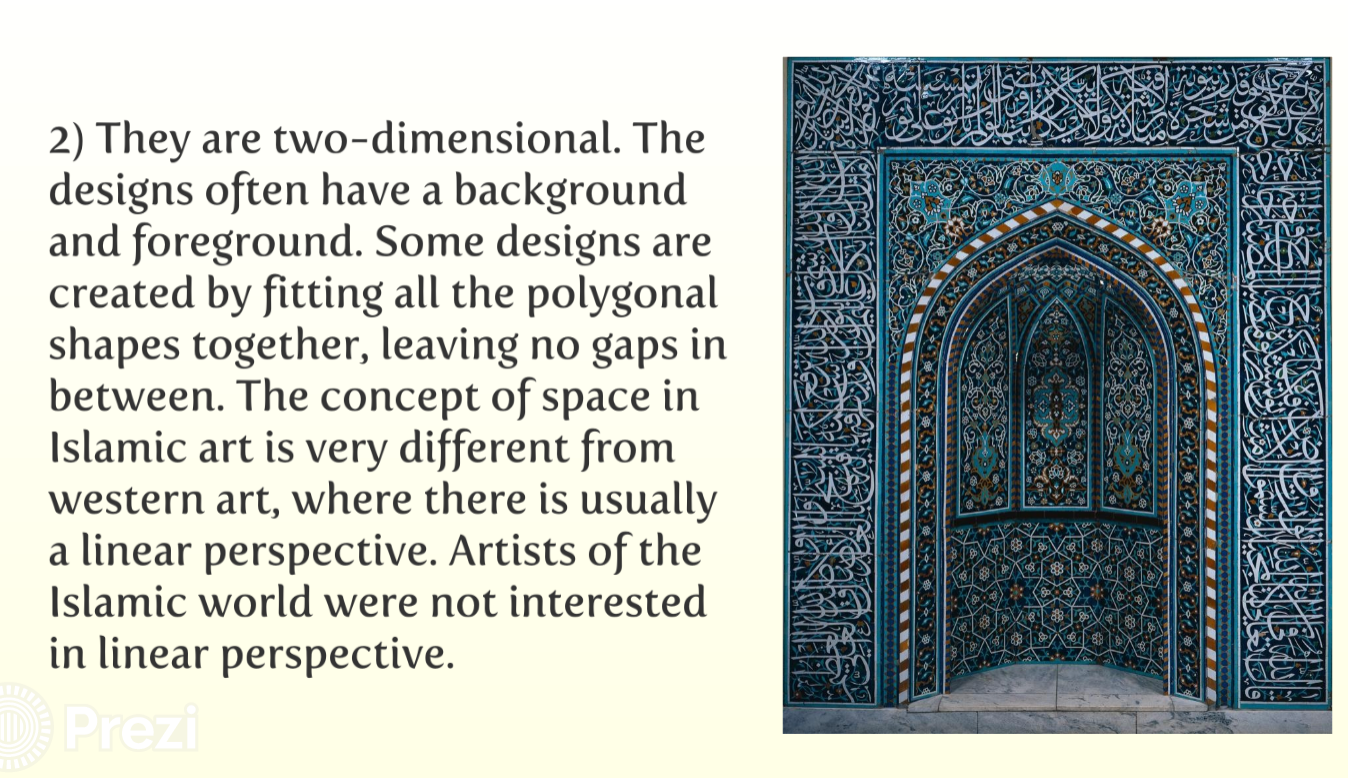
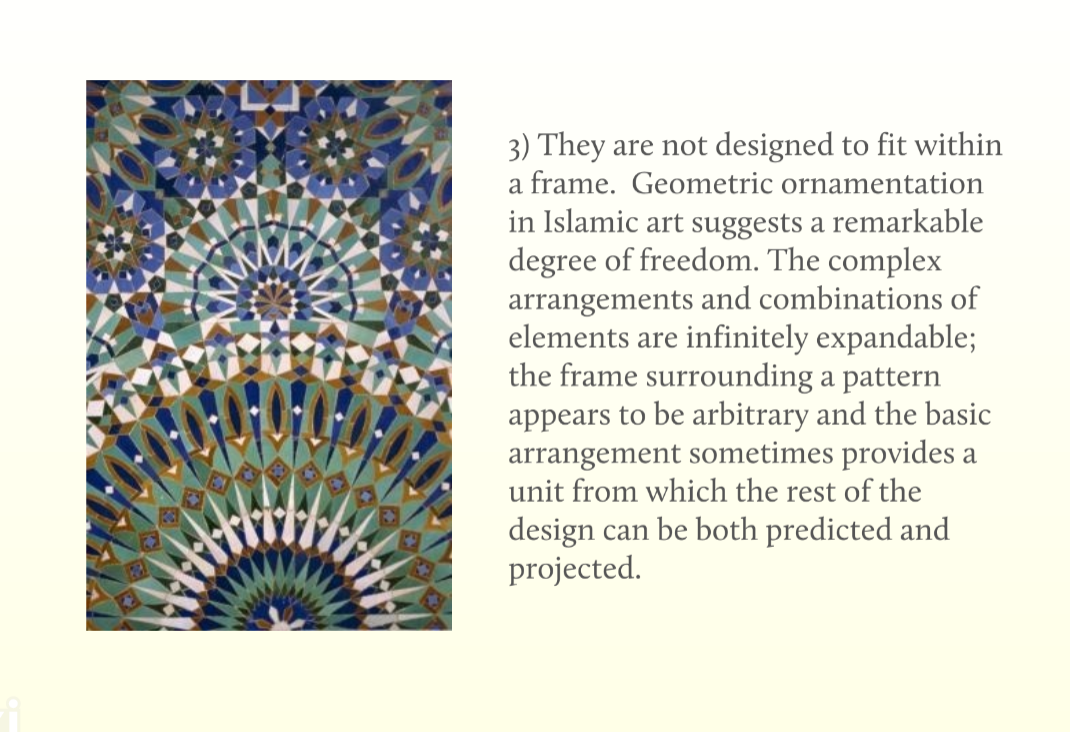
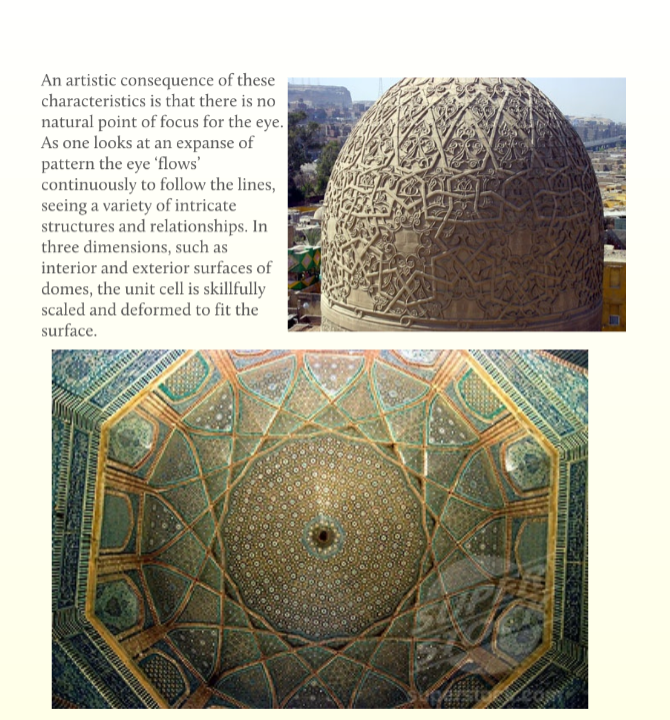
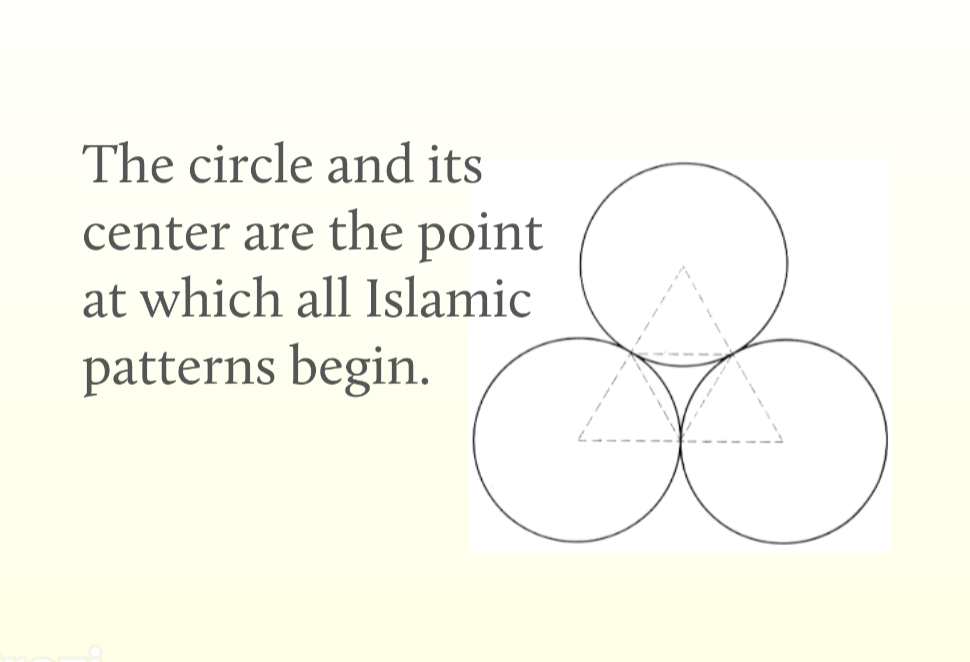
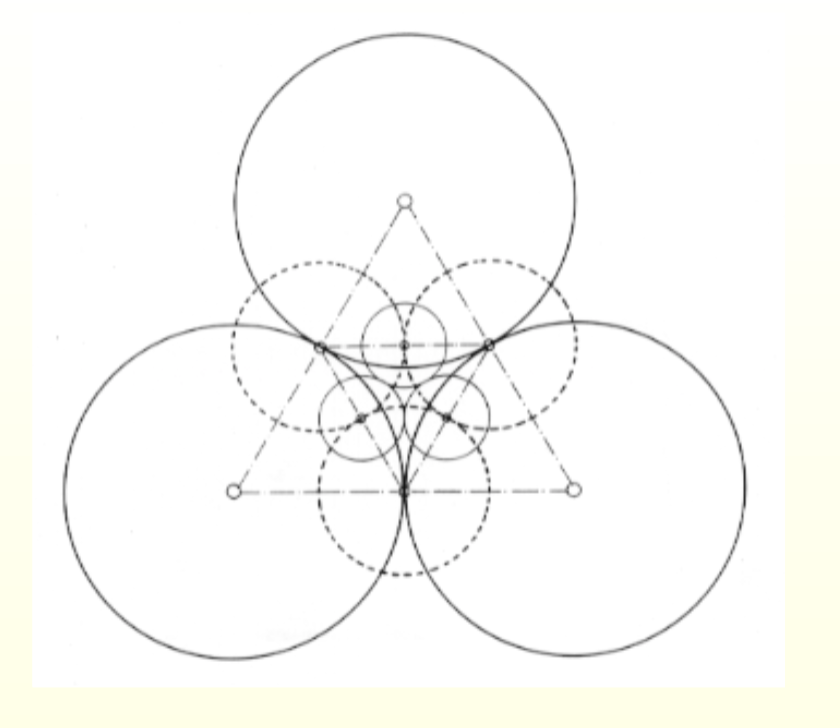
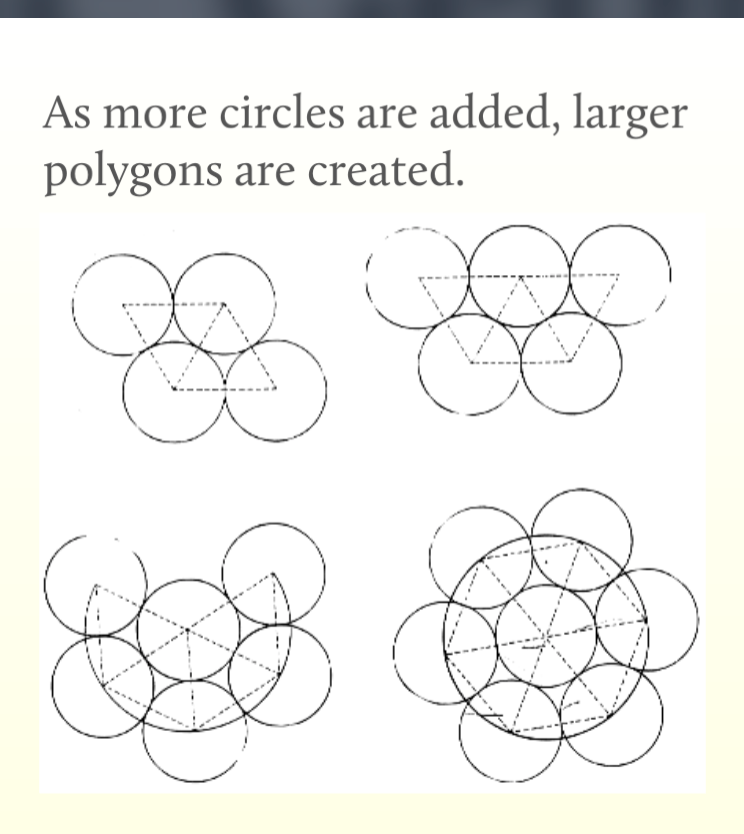
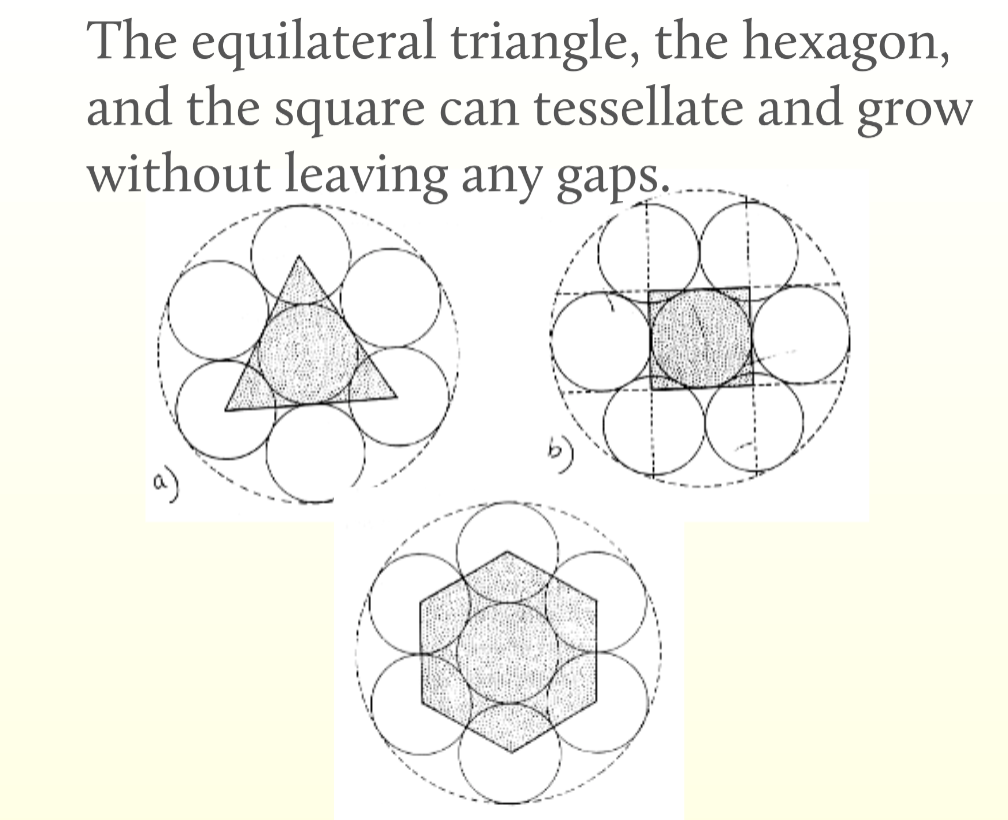
Another thing is islmaic art and how it has often been based on algorithms. They are so beautiful and making taking some of that on could be a really nice project.
Analogue Experiments

These are some doodles I did trying to show some ways I feel analoges could be shown visually. More on the data visualisation side.
Feedback
Again I feel lost about where to head with my research, I see that I am spiraling with the research. I know that i'm interested in producing something using analog methods, but am also torn about wanting to do something socially engaged. I showed Jo where I was and how trying to find the right context.
Things to consider are what is the route I want to take, could I look at my procrastinated and tell a story with how I am dealing with it as a visual resource. Some further notes are below.
what is the route
procrastination
social engaged practice
digital culture
what am i trying to say
is there a specifc story
work out mediums look at possible options
persons experience
document and do visual responses
the different ways it can affect us
attention span and how we think of things
